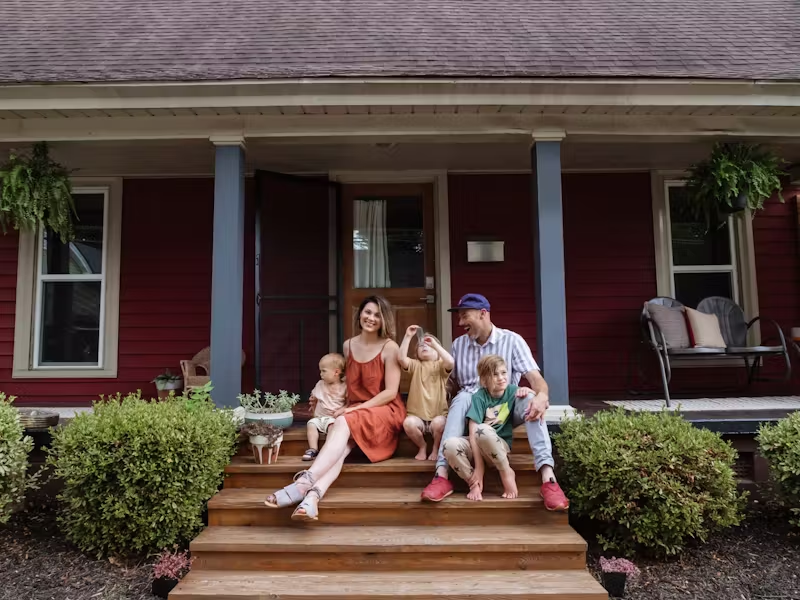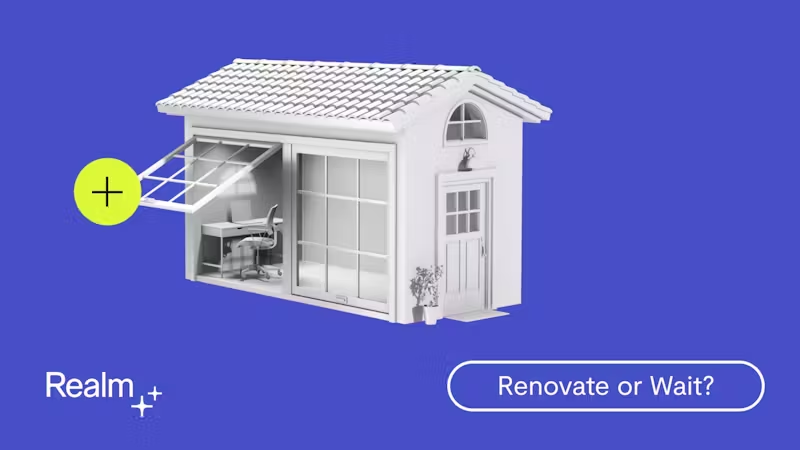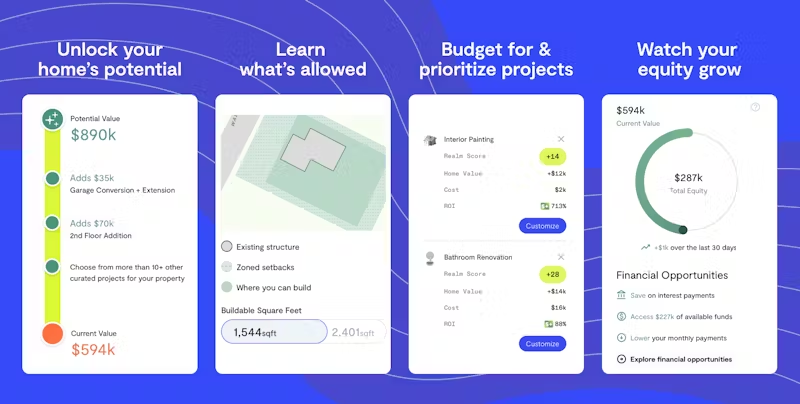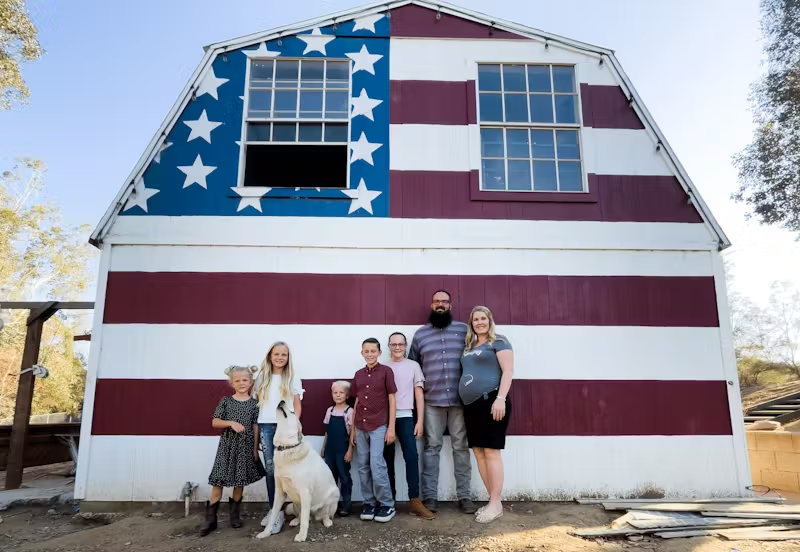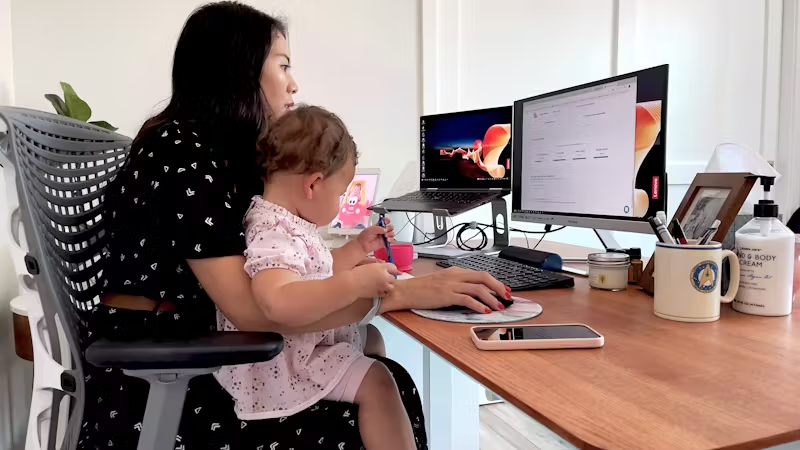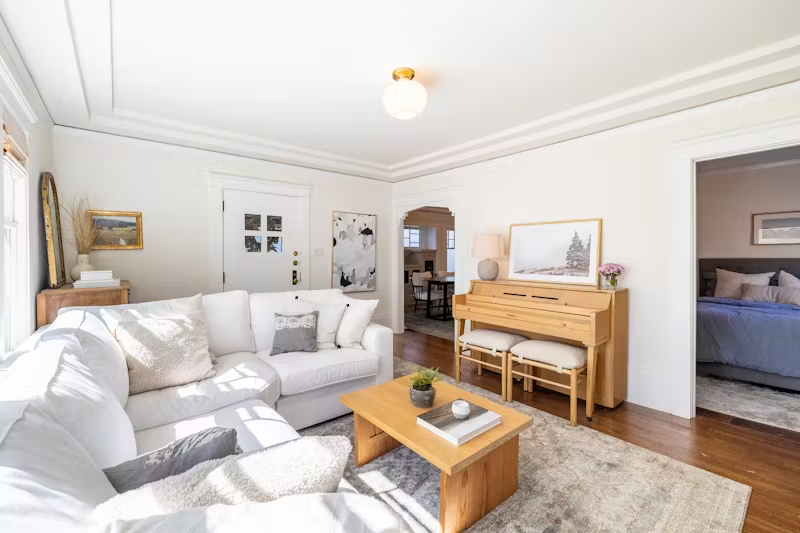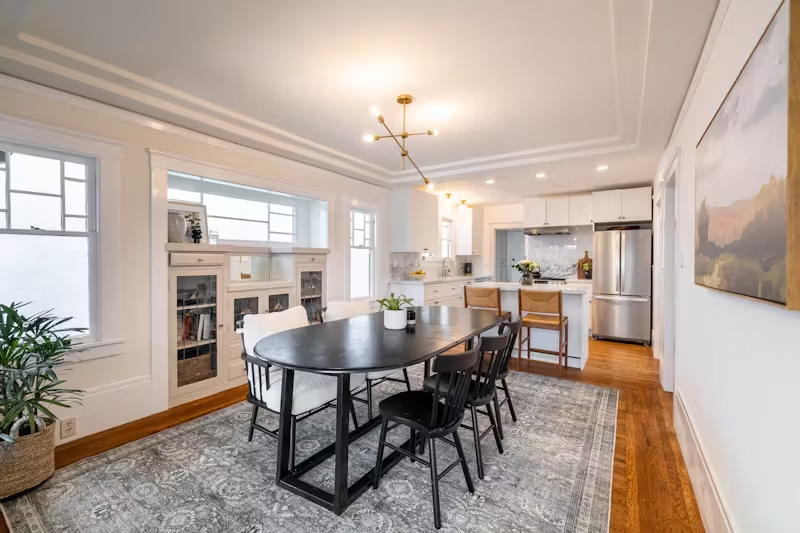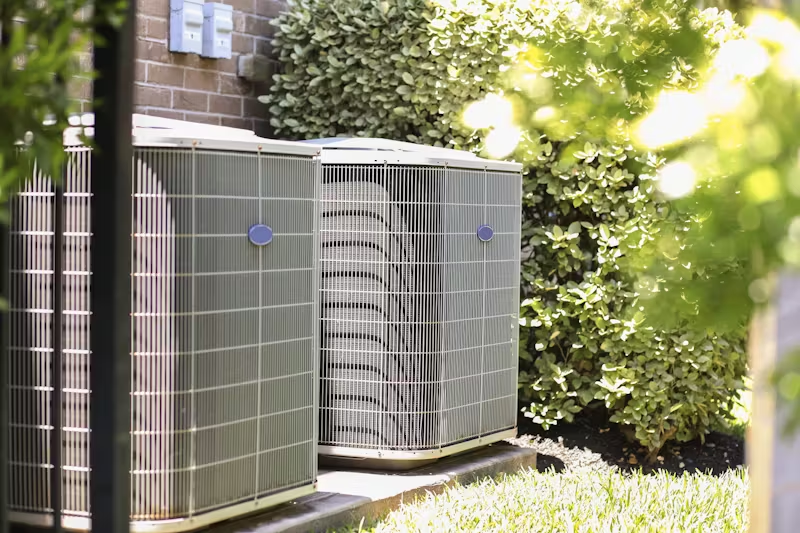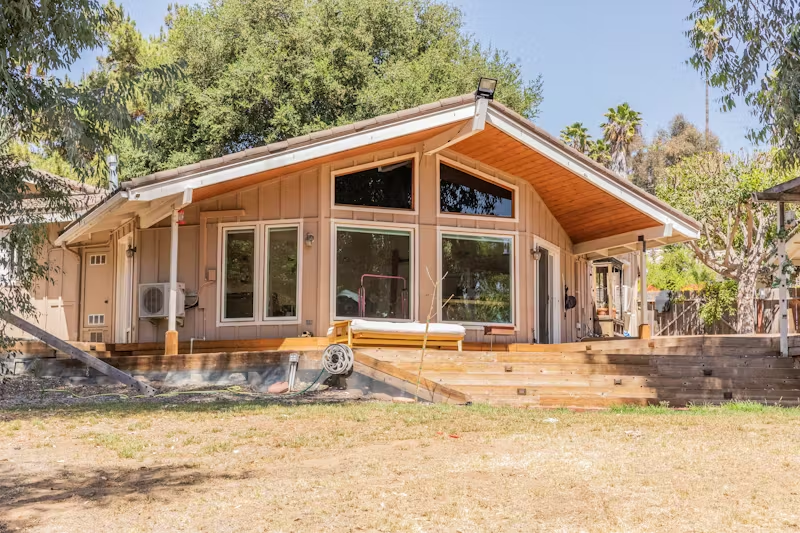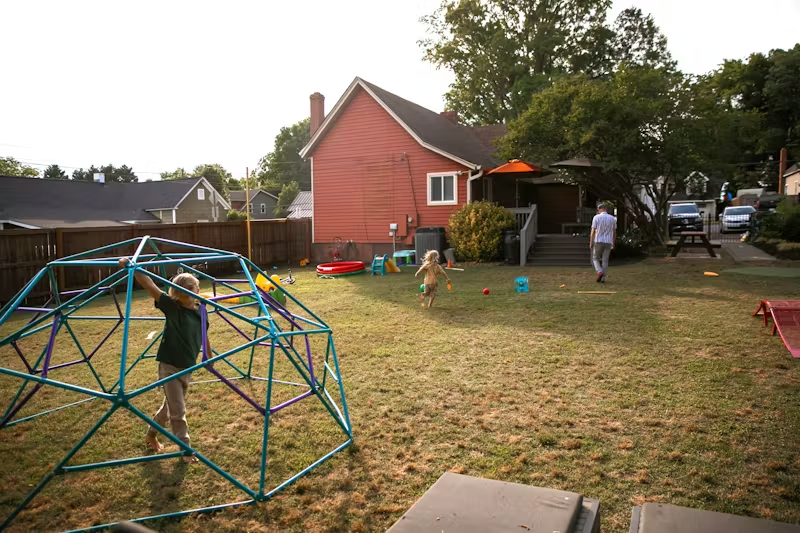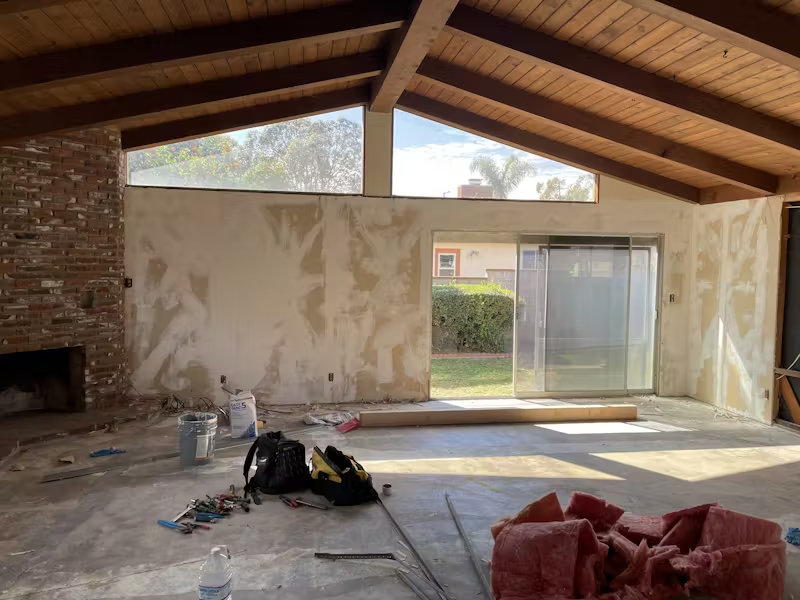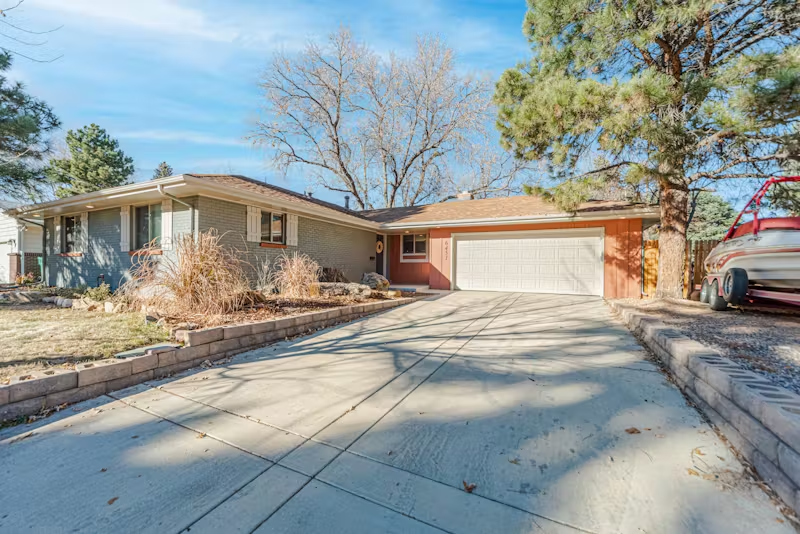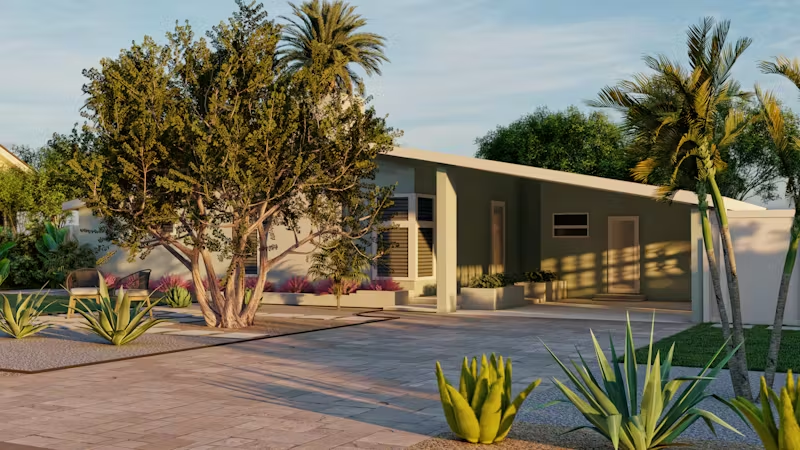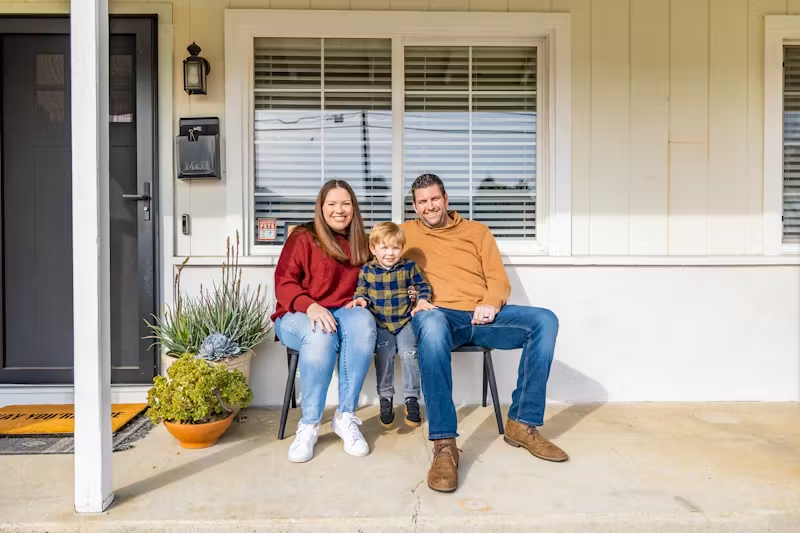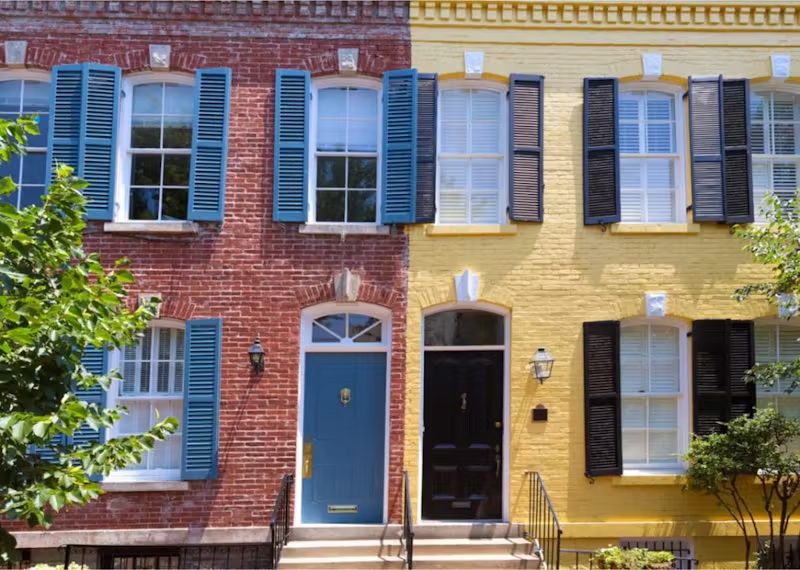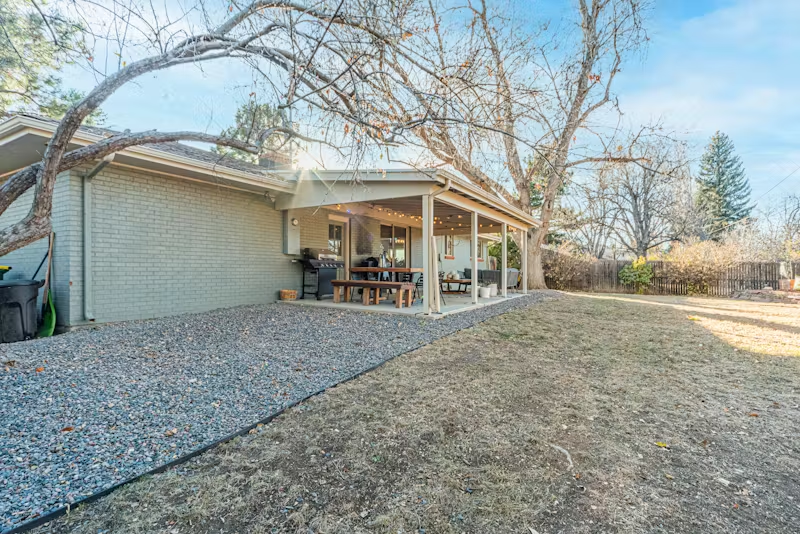How Much Does it Cost to Finish a Basement?
Get clear answers to how much does finishing a basement cost, with real numbers, budgeting tips, and advice for planning your basement renovation.
|
September 25, 2025
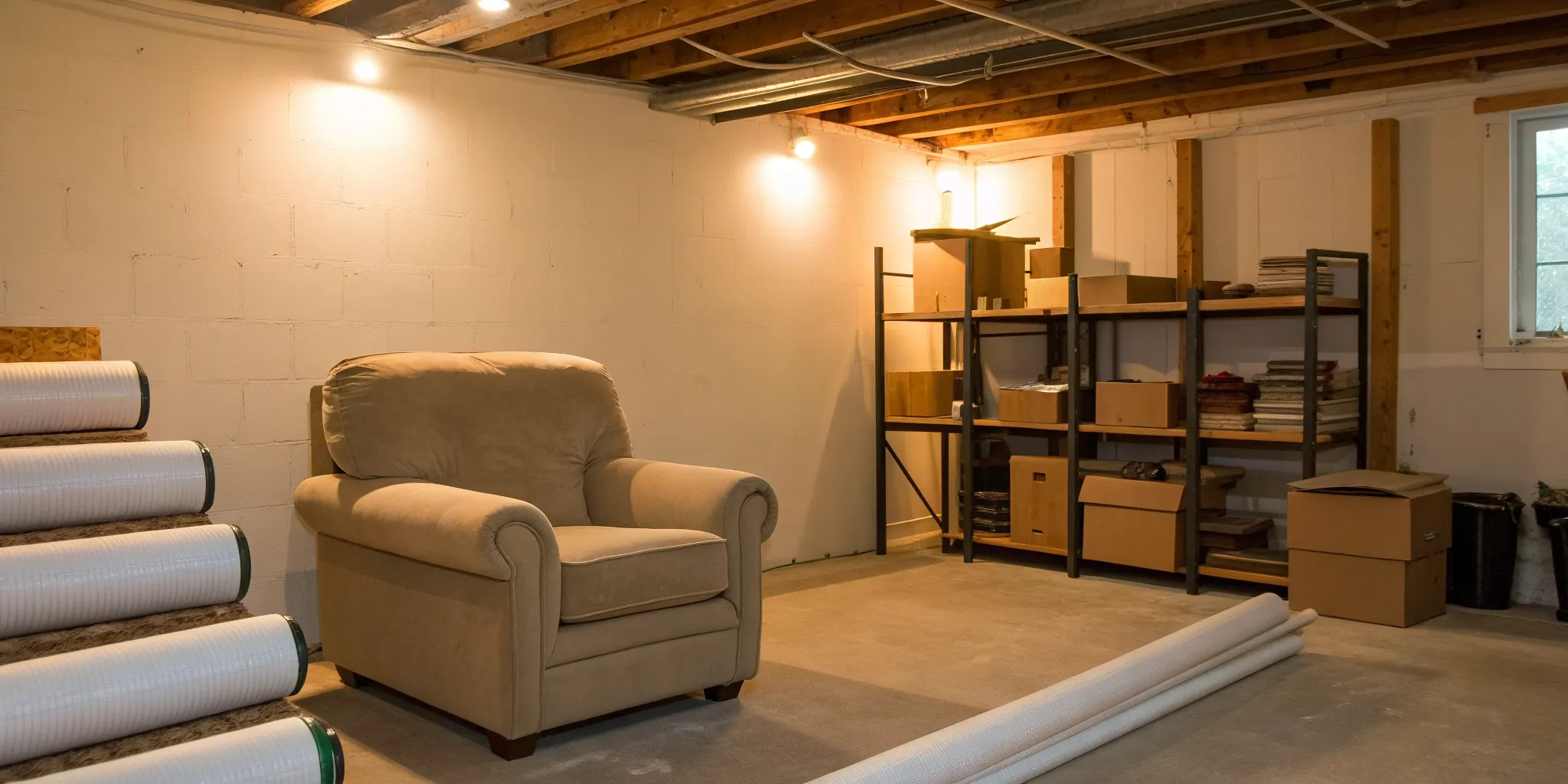
In this article:
A basement renovation is one of the few home improvement projects that offers a fantastic return on investment, often recouping over 70% of its cost at resale. It adds valuable, functional living space that is a huge draw for future buyers.
But before you can realize that return, you need a firm grasp on the upfront investment.
Understanding how much does finishing a basement cost is the key to making a smart financial decision for your home.
We’ll explore the average costs, break down where your money goes, and show you how this project can significantly boost your property value.
Key Takeaways
- Define Your Vision to Define Your Budget: The final cost is unique to your project. The size of the space, quality of materials, and additions like a bathroom or kitchen will shape your budget, so start with a clear plan of what you want to achieve.
- Invest in the Unseen Essentials First: Before focusing on finishes, allocate funds for crucial prep work like waterproofing, building permits, and professional electrical and plumbing. Getting these right prevents costly repairs and ensures a safe, long-lasting space.
- Smart Planning Maximizes Your Return: A finished basement can recoup over 70% of its cost at resale. To ensure a successful investment, create a detailed budget that includes a 10-20% contingency fund to handle unexpected issues without stress.
How Much Does It Cost to Finish a Basement?
So, you’re thinking about finishing your basement. It’s an exciting project that can add a ton of usable living space to your home, whether you’re dreaming of a cozy family room, a home gym, or a guest suite.
But before you start picking out paint colors, there’s that one big question: What’s it going to cost?
The truth is, the price tag for a basement remodel can vary dramatically. Think of it less like buying a product off the shelf and more like commissioning a custom piece of work. The final cost depends entirely on your vision, your home’s current condition, and where you live. A simple, open-concept playroom will cost far less than a multi-room apartment complete with a kitchen and bathroom.
The main factors that will influence your budget are the size of the space, the complexity of the layout, the quality of the materials you choose, and the local labor rates.
Are you planning on basic drywall and carpet, or are you envisioning custom built-ins and high-end flooring? Will you need to add plumbing for a bathroom or wet bar?
Answering these questions is the first step to building a realistic budget. We’ll break down the numbers to give you a clearer picture of what to expect.
What's the Average Cost?
Nationally, the average cost to finish a basement hovers around $32,000. However, that number comes with a huge range—projects can run anywhere from a few thousand dollars for a simple DIY job to over $100,000 for a high-end, custom renovation.
This massive gap exists because every basement project is unique.
On the lower end, you might be looking at a basic finish with drywall, simple flooring, and standard lighting in an open space. On the higher end, you could be building out multiple rooms, adding a full bathroom or kitchen, and choosing premium materials.
The cost of permits, appliances, and labor will also play a significant role in your final total.
Breaking It Down by Square Foot
A helpful way to get a ballpark figure for your project is to look at the cost per square foot.
Generally, you can expect to pay between $7 and $23 per square foot for a basement remodel. For a typical 1,000-square-foot basement, this means your total project cost could land somewhere between $7,000 and $23,000.
Of course, this is just a starting point. If your plans include complex additions like plumbing for a bathroom, intricate electrical work for a home theater, or custom cabinetry, your cost per square foot will climb.
It’s a useful metric for an initial estimate, but remember to factor in the specific features you want to include.
How Location Affects Your Budget
Where you live is one of the biggest factors in determining your basement finishing costs. Labor rates and material prices can vary significantly from one city to another.
If you’re in a high-cost-of-living area like the San Francisco Bay Area or Seattle, you can expect to pay more than the national average. The good thing is that in these competitive real estate markets, a finished basement often provides a fantastic return on investment.
Adding functional, beautiful living space can significantly increase your home’s value. Getting a detailed, localized estimate is key to understanding your potential costs and returns.
At Realm, we create a custom renovation plan based on your home and goals, helping you see exactly how your project will take shape.
Budgeting for Planning and Prep
Before you start picking out paint colors or flooring, it’s important to budget for the foundational work that happens behind the scenes. These initial steps are crucial for a safe, legal, and long-lasting basement renovation.
Think of this as the prep work that sets your entire project up for success, helping you avoid expensive surprises down the road.
From securing the right permits to ensuring the space is dry and well-designed, these upfront costs are a smart investment in your home's future.
Building Permits and Inspections
Nearly every basement finishing project requires building permits, especially if you’re making changes to your home’s electrical, plumbing, or HVAC systems. These permits ensure the work is done to code, which is essential for your family’s safety and for your home’s resale value.
Plan to budget between $1,200 and $2,000 for the necessary permits and follow-up inspections.
While it might seem like a hassle, working with your local building department from the start is a non-negotiable step that protects your investment and prevents major headaches later on.
Moisture Checks and Waterproofing
The single most important first step in any basement project is making sure the space is completely dry. Even a small amount of moisture can lead to mold, rot, and damage to your new finishes.
A professional moisture check and waterproofing system is a critical investment, typically costing between $1,900 and $6,500.
Skipping this step is one of the biggest regrets homeowners have, as fixing water damage after the fact is far more disruptive and expensive. A properly waterproofed basement creates a healthy, comfortable living space from the ground up.
Professional Design Services
A great basement starts with a great plan. While you might have a vision, translating it into a functional and safe layout requires expertise. Hiring licensed professionals for specialized work like electrical, plumbing, and HVAC is a must.
You may also want to work with an architect or designer to create a cohesive plan that makes the most of your space. These professional design services help you solve tricky layout challenges and ensure every detail is considered before construction begins, saving you from making costly changes mid-project.
Initial Site Evaluation
Basements often come with their own set of quirks, from low ceilings and awkward support columns to existing utility lines.
An initial site evaluation by a professional contractor or designer is key to identifying these potential challenges early on. This assessment allows you to create a realistic plan that works with your basement’s unique features instead of fighting against them.
Understanding the existing conditions of your space is the best way to create an accurate budget and timeline, ensuring your remodeling process goes as smoothly as possible.
Your Guide to Material Costs
Once you have a solid plan, it’s time to think about the materials that will bring your basement to life. From the walls to the floors, your choices here will define the look, feel, and function of the space.
Understanding the typical costs for these key components will help you build a more accurate and comprehensive budget for your project.
Framing and Drywall
Framing and drywall are what transform an open concrete box into defined, usable rooms. This is the skeleton of your new living space. The average cost for framing a basement typically falls between $700 and $1,800.
After the frames are up, drywall installation will add about $1,750 to your budget. According to NerdWallet, these foundational elements are a critical first step in the construction phase. They create the structure for everything else, from electrical wiring to paint, so it’s an area where quality work is essential for a polished final result.
Flooring Options
Choosing the right flooring is a big decision that impacts both your budget and the room's comfort.
Costs can vary significantly, ranging from $3 to $30 per square foot, depending on the material you select. Options like luxury vinyl plank (LVP) and laminate are popular for basements because they are durable and moisture-resistant.
Carpet can add warmth, making the space feel cozier, while tile is a great choice for a basement bathroom or bar area. Your final choice will depend on how you plan to use the space and the overall aesthetic you’re aiming for.
Ceilings and Insulation
Don’t forget to look up! The ceiling and insulation play a huge role in your basement’s comfort and energy efficiency.
Ceiling installation can range from $1,600 to $3,600, while proper insulation typically costs between $1,500 and $4,000.
Good insulation is a smart investment that helps regulate the temperature, keeping the space comfortable year-round and potentially lowering your energy bills. As noted by This Old House, it also provides excellent soundproofing, which is a major plus if you’re planning a media room or play area.
Waterproofing Systems
Before any finishing work begins, ensuring your basement is dry is non-negotiable. A professional waterproofing system is a crucial preventative measure that protects your investment from water damage and mold.
The cost for this essential service can range from $1,900 to $6,500.
While it might seem like a significant upfront expense, it’s far less costly than dealing with water damage repairs down the road. Think of it as the foundation for a healthy, long-lasting finished space that you and your family can enjoy without worry.
Windows and Egress
If you plan to add a bedroom to your basement, building codes require an egress window for safety. These windows are large enough for a person to exit through in an emergency.
The cost to install an egress window ranges from $2,500 to $5,300.
Beyond meeting safety requirements, these windows are a fantastic addition to any basement. They bring in much-needed natural light, making the space feel brighter and more connected to the rest of your home.
It’s a feature that adds value, safety, and a more pleasant atmosphere.
Factoring in Labor and Professional Help
Unless you’re a seasoned construction pro, you’ll likely need to hire some help to finish your basement. Labor is a significant part of the budget—often making up around 40% of the total project cost.
Deciding who to hire and what to tackle yourself is a big step. From a general contractor who can run the whole show to specialized electricians and plumbers, getting the right team on board is key to a successful renovation.
Let’s break down the costs associated with bringing in the experts.
General Contractor Fees
Hiring a general contractor (GC) is like having a project manager for your renovation. They handle everything from scheduling subcontractors to sourcing materials and making sure the project stays on track.
For this service, you can expect to pay a fee of 10% to 20% of the total project cost.
While it might seem like a big chunk, a good GC can save you from costly mistakes and logistical headaches. They have an established network of tradespeople and know how to coordinate the moving parts of a complex job.
Finding someone you trust is essential, which is why working with a platform that offers expert guidance and vetted professionals can give you peace of mind.
Specialized Trade Costs
Certain jobs require a licensed professional—no exceptions. Think electrical, plumbing, and HVAC work. These specialized trades are critical for safety and code compliance.
The costs can vary quite a bit depending on the complexity of the work. For example, electrical work can average around $5,300, while plumbing for a new bathroom could range anywhere from $2,500 to $15,000. Hourly rates for these pros typically fall between $45 and $200.
Because these systems are so important for your home’s function, this is not the place to cut corners. It’s always best to hire qualified experts to get the job done right.
DIY vs. Hiring a Pro
If you’re handy and looking to save some money, taking on a few tasks yourself can be a great option.
Simpler jobs like painting, installing click-lock flooring, or putting up trim are perfect for a weekend warrior. The savings on labor can be significant if you have the skills and, just as importantly, the time.
However, be realistic about your abilities. It’s best to leave structural changes, electrical wiring, and plumbing to the pros. A DIY mistake can end up costing more to fix than it would have to hire an expert in the first place.
A good strategy is to create a clear plan that outlines what you’ll do and what you’ll hire a contractor for.
How Your Timeline Affects Cost
Time really is money. Unexpected issues like hidden moisture or structural problems can pop up and delay your project, leading to increased labor costs.
That’s why it’s smart to build a buffer of at least 10% into your budget for unforeseen expenses. Being proactive can also protect your timeline.
For instance, ensuring your basement is properly waterproofed before any finishing work begins is a crucial first step. It prevents future water damage that could ruin your new space and force you into expensive, time-consuming repairs down the road.
A well-planned timeline with a built-in contingency fund will help keep your project moving smoothly.
Budgeting for Utilities and Systems
Now for the behind-the-scenes heroes of your basement renovation: the utilities.
While not as exciting as picking out a new sofa, getting your electrical, plumbing, and HVAC systems right is what will transform your basement from a concrete box into a comfortable, functional living space. These systems are the foundation of your project’s success, and underestimating their cost is a common misstep. Proper planning here ensures your new space is safe, up to code, and genuinely enjoyable to be in.
Think of it this way: great lighting makes a room feel welcoming, proper ventilation keeps it fresh, and well-placed outlets mean you aren’t tripping over extension cords. If you’re adding a bathroom or a wet bar, plumbing is non-negotiable. Each of these systems requires a licensed professional and careful integration into your overall plan.
Working with a dedicated advisor can help you coordinate these trades and ensure everything is accounted for in your budget from the very beginning, preventing costly surprises down the road.
Electrical Work
Getting your basement wired correctly is a critical step for both safety and functionality.
On average, you can expect to budget around $5,300 for electrical work, but this figure can shift depending on your plans. This cost generally covers installing new outlets, switches, and light fixtures, as well as running the necessary wiring and connecting it to your home’s main electrical panel.
If your project is ambitious—think a home theater, a full kitchen, or a workshop—you might need to upgrade your circuit breaker to handle the additional electrical load, which will add to the cost.
This is definitely not a DIY job; always hire a licensed electrician to ensure everything is done safely and meets local building codes.
Plumbing Needs
If your dream basement includes a bathroom, laundry room, or wet bar, you’ll need to account for plumbing in your budget.
The cost can vary dramatically, typically falling somewhere between $2,500 and $15,000. The wide range comes down to the complexity of the job. Tapping into existing plumbing lines is much simpler and more affordable than having to break through concrete to install new drain lines for a toilet or shower.
The number and type of fixtures you choose will also influence the final price. A simple sink for a wet bar will be on the lower end, while a full bathroom with a custom tile shower will push you toward the higher end of that range.
HVAC and Ventilation
To make your basement a truly comfortable living area, you need to control the climate. Budgeting for heating, ventilation, and air conditioning (HVAC) can range from $2,000 to $11,000.
Basements are naturally cooler and can be prone to dampness, so proper airflow is essential for managing temperature and humidity. The most cost-effective option is often extending your home’s existing ductwork.
However, if that’s not feasible or if you want a separate climate zone, installing a ductless mini-split system is a great alternative. A qualified HVAC professional can assess your space and recommend the most efficient solution to keep your new room comfortable year-round.
Lighting Solutions
One of the biggest things that separates a great finished basement from a mediocre one is the lighting. It’s a common layout mistake to rely on a few overhead fixtures, which can leave the space feeling dim and uninviting.
A thoughtful, layered lighting plan will make your basement feel bright, spacious, and welcoming. Plan for a mix of ambient, task, and accent lighting. Recessed can lights are perfect for overall illumination, while pendant lights can define a bar area, and sconces can add a cozy feel to a media room.
While it’s an added expense, investing in a solid lighting design is one of the best ways to maximize the enjoyment you get from your new space.
Pricing Out the Fun Stuff: Popular Add-Ons
Once you’ve covered the basics of finishing your basement, you can start thinking about the features that will truly transform it into your favorite part of the house. This is where you can tailor the space to your family’s lifestyle, whether that means adding a guest suite, a home theater, or a dedicated play area for the kids.
While these popular add-ons increase the overall cost, they also significantly boost the functionality and enjoyment you’ll get from your new living area.
Planning for these features from the start helps integrate them seamlessly into the design and budget, ensuring the final space is exactly what you envisioned.
Adding a Bathroom
A basement bathroom is a game-changer, turning the space from an extra room into a fully functional living area or guest suite. The convenience is undeniable, but it comes with a price tag.
Adding a standard 30- to 50-square-foot bathroom typically costs around $15,000. This cost covers plumbing, fixtures, ventilation, and finishes. The biggest variable is the plumbing—if your contractor needs to break through the concrete slab to run new drain lines, the cost and complexity will increase.
While it’s a significant investment, a basement bathroom adds considerable value and makes the space far more practical for everyday use.
Building a Kitchen or Bar
If you plan to use your basement for entertaining, a kitchenette or wet bar is a must-have. These features can range from a simple counter with a mini-fridge and sink to a full-fledged second kitchen.
Along with a bathroom, this is one of the biggest contributors to your project's total cost. You’ll need to budget for cabinetry, countertops, appliances, and the necessary plumbing and electrical work.
A simple wet bar might add a few thousand dollars to your budget, while a more elaborate kitchen can easily cost $20,000 or more.
When planning, think about how you’ll use the space—this will help you and your dedicated Realm advisor decide which features are worth the investment.
Creating an Entertainment Space
A finished basement is the perfect canvas for the ultimate entertainment zone.
Whether you’re dreaming of a cozy home theater with surround sound, a game room with a pool table, or a spacious playroom, this is your chance to create a dedicated spot for fun.
The good news is that this investment pays off. Homeowners can often recoup about 70% of what they spend on a basement remodel when they sell their home.
Costs here will depend on your vision and include things like specialized electrical wiring for A/V equipment, soundproofing, custom lighting, and any built-in shelving for media or games.
Smart Storage Solutions
Don’t let storage be an afterthought. One of the biggest regrets homeowners have is not planning for enough storage in their newly finished basement.
Instead of relying on standalone furniture, consider incorporating smart, built-in solutions from the start. Think about custom shelving units, cabinets that fit into awkward nooks, or a closet system tucked neatly under the stairs. Utilizing vertical space is key to keeping the floor clear and the room feeling open.
Working with a skilled carpenter from Realm’s vetted vendor network can help you design storage that looks great and keeps clutter out of sight, making your new space both beautiful and functional.
How to Manage Your Basement Budget
Once you have a handle on the potential costs, the next step is creating a financial plan that keeps your project on track without causing unnecessary stress.
Managing your budget is less about crunching numbers and more about making smart, informed decisions from the start. A well-managed budget is the difference between a dream-come-true renovation and a project that stalls halfway through.
With a clear plan, you can feel confident moving forward and ensure your finished basement is everything you hoped for.
At Realm, we help you build a detailed, realistic budget based on real local data and connect you with vetted contractors who provide clear, competitive bids. This transparency is key to a successful project.
Set a Realistic Budget
The first rule of any renovation is to be honest about what you can afford. It’s easy to get swept up in beautiful design ideas, but many homeowners miscalculate the true cost to finish a basement, which can lead to frustration and unfinished projects.
Start by looking at your overall finances to determine a comfortable spending range. From there, you can work with a Realm advisor to break down that number into specific line items for materials, labor, and permits. This helps you see exactly where your money is going and allows you to make strategic choices that align with your financial goals.
Avoid Common Pitfalls
A few common mistakes can quickly derail a basement budget.
One of the biggest is forgetting about the practical details, like storage. It’s exciting to plan for a home theater, but neglecting to include closets or built-in shelving can lead to a cluttered space later on.
Another pitfall is ignoring the existing structure of your basement. Things like low ceilings, support columns, or awkward layouts need to be addressed in the design phase.
Trying to work around these obstacles later often results in costly mistakes and compromises you didn’t plan for. Thinking through these potential issues early will save you headaches and money.
Plan for Unexpected Costs
No matter how carefully you plan, renovations almost always come with surprises. This is especially true for basements, which can have hidden issues like moisture problems or the need for electrical upgrades.
That’s why it’s crucial to build a contingency fund into your budget—typically 10% to 20% of your total project cost. This isn't "extra" money, but rather a dedicated safety net for those unforeseen expenses.
Having this fund ready means a surprise won't derail your entire project. Instead, you can address the issue and keep things moving forward without the stress of scrambling for more cash.
Find Ways to Save
Saving money doesn’t have to mean sacrificing quality. You can make smart choices that reduce costs without compromising your vision.
For example, instead of expensive custom cabinetry, consider implementing built-in shelves or using vertical storage to maximize space efficiently. When it comes to materials, you can often find high-quality, budget-friendly alternatives for flooring or countertops.
You might also save on labor by taking on some of the less-skilled tasks yourself, like painting or demolition. A dedicated project advisor can help you identify where you can save and where it’s worth it to invest.
Is Finishing Your Basement a Good Investment?
Finishing your basement is a major project, so it’s natural to wonder if the cost is worth it.
Beyond just adding square footage, a well-executed basement remodel can significantly impact your home's value, your monthly bills, and your daily life. It’s one of the few home projects that pays you back in multiple ways, from a higher resale price to creating functional space that fits your family’s needs.
Let's break down what that investment really looks like and the returns you can expect.
How It Affects Property Value
One of the biggest motivators for finishing a basement is the potential boost to your home’s market value.
A finished basement is a huge draw for potential buyers because it adds usable living space without the cost of a full-on addition.
On average, you can expect a return on investment of around 70-75% for a basement remodel. This means that for every $1,000 you spend, you could see about $700 added to your home's sale price.
It transforms a dark, unfinished area into a functional and appealing part of the home, making your property stand out in a competitive market.
Calculating Your Return on Investment
When you’re thinking about ROI, it helps to look at the numbers.
The cost to finish a basement can vary widely depending on the size and scope, but many homeowners spend around $32,000 on average.
With a typical 70% return, that initial investment could translate to a significant increase in your home’s equity.
But the return isn't just about the final sale price. It's also about the immediate value you get from the new space—whether it's a home gym that saves you a monthly membership fee or a family room that becomes the heart of your home.
The Perks of Energy Efficiency
An often-overlooked benefit of finishing your basement is improved energy efficiency. An unfinished basement is a major source of energy loss, as heat can easily escape through uninsulated concrete walls and floors.
When you properly finish the space with quality insulation and sealed windows, you create a thermal barrier. This helps your home’s heating and cooling system operate more efficiently, as it doesn’t have to work as hard to maintain a comfortable temperature throughout the house.
Over time, this translates into real savings on your monthly utility bills.
Long-Term Financial Benefits
Beyond resale value, a finished basement offers long-term financial flexibility. The possibilities for the space are nearly endless, and many of them come with their own financial perks.
You could build a home office and save on the cost of renting a coworking space. Adding a guest suite can save you money on hotels when family visits. You might even create a separate apartment or living area that you can rent out for extra income, helping to offset your mortgage.
This added functionality makes your home more adaptable to your changing needs over the years.
Frequently Asked Questions
Why does the cost estimate for finishing a basement vary so much? Think of it less like buying a car and more like commissioning a painting. The final price depends entirely on the size of your canvas and the complexity of your vision. A simple, open-plan family room will have a very different price tag than a multi-room guest suite with a full bathroom and kitchenette. The cost is shaped by the size of your space, the quality of materials you choose, and whether you need complex plumbing or electrical work.
What's the most important first step before I start building? Before you even think about framing or flooring, you have to make sure your basement is completely dry. Even a tiny bit of moisture can lead to mold and ruin all your hard work down the line. Investing in a professional moisture check and proper waterproofing is the single most critical step. It’s the foundation for a healthy, comfortable space and prevents incredibly expensive repairs later on.
Can I save money by doing some of the work myself? Absolutely, as long as you’re realistic about your skills and time. If you’re comfortable with a paintbrush or installing click-lock flooring, you can definitely save on labor costs by tackling those jobs. However, it’s best to leave the complex tasks like electrical, plumbing, and HVAC work to licensed professionals. A mistake in those areas isn't just costly to fix—it can be a serious safety issue.
Besides the construction, what other costs should I plan for? It’s easy to focus on materials and labor, but don't forget the planning phase. You'll need to budget for building permits and the required inspections, which ensure your project is safe and up to code. You might also consider hiring a designer to help you create a smart, functional layout. These upfront costs are a smart investment that helps your project run smoothly and avoid expensive changes mid-stream.
Will I actually get my money back when I sell my house? A finished basement is a fantastic investment that typically offers a great return. Most homeowners can expect to recoup about 70-75% of the project's cost when they sell. But the value isn't just about the final sale price. You also get the immediate benefit of a beautiful, functional new living area for your family to enjoy for years to come, and that's a return you can't put a number on.






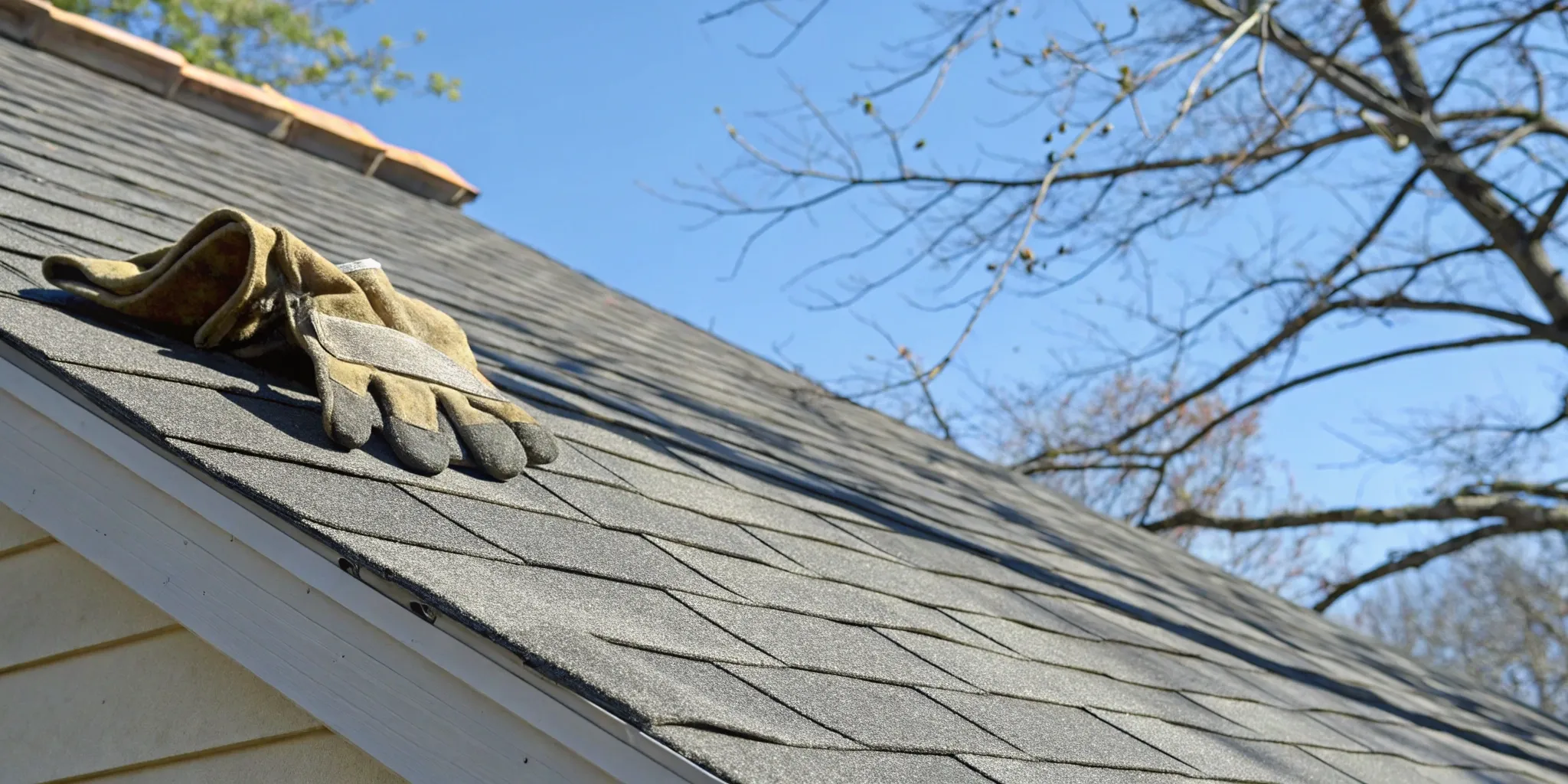
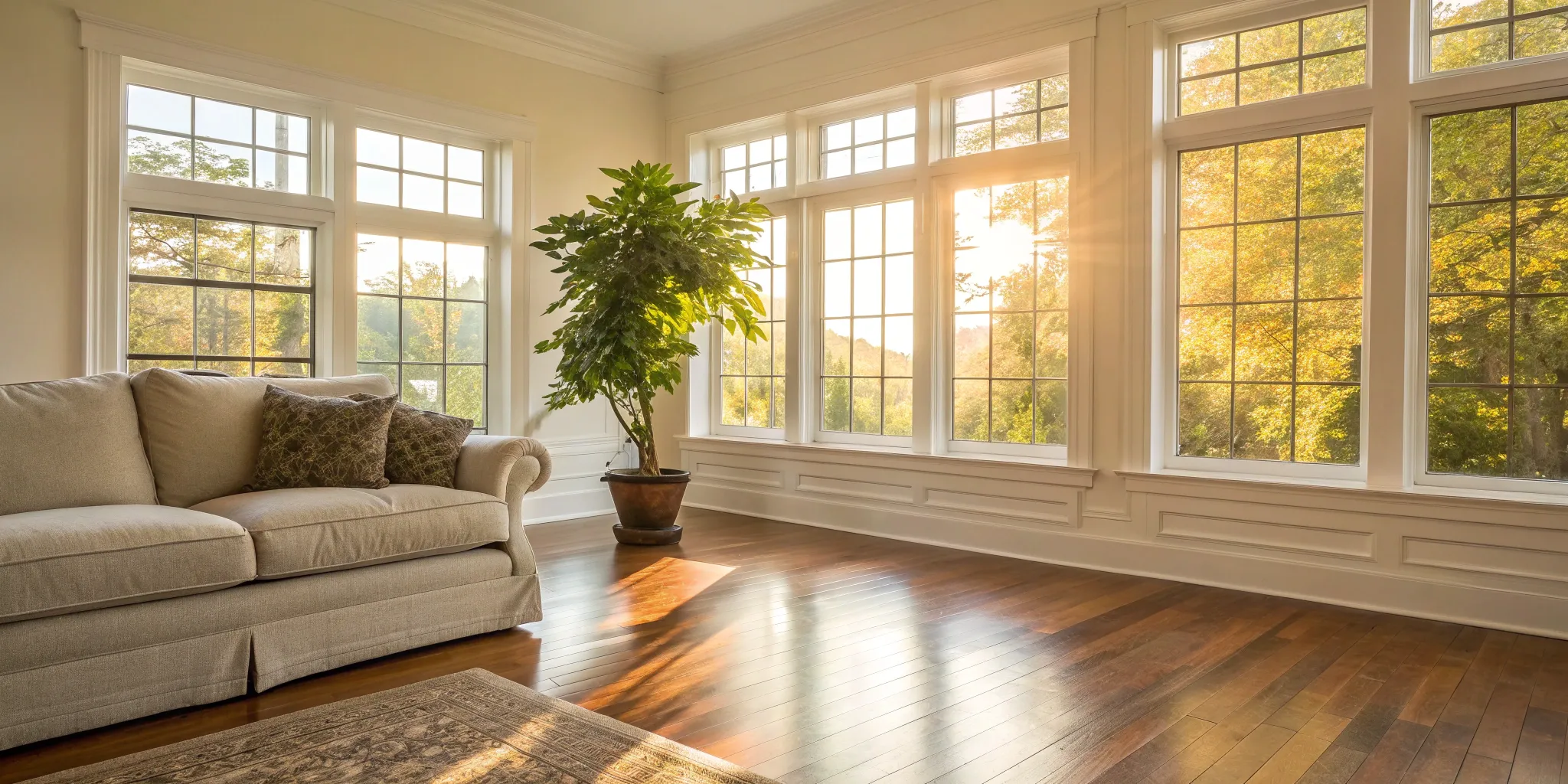

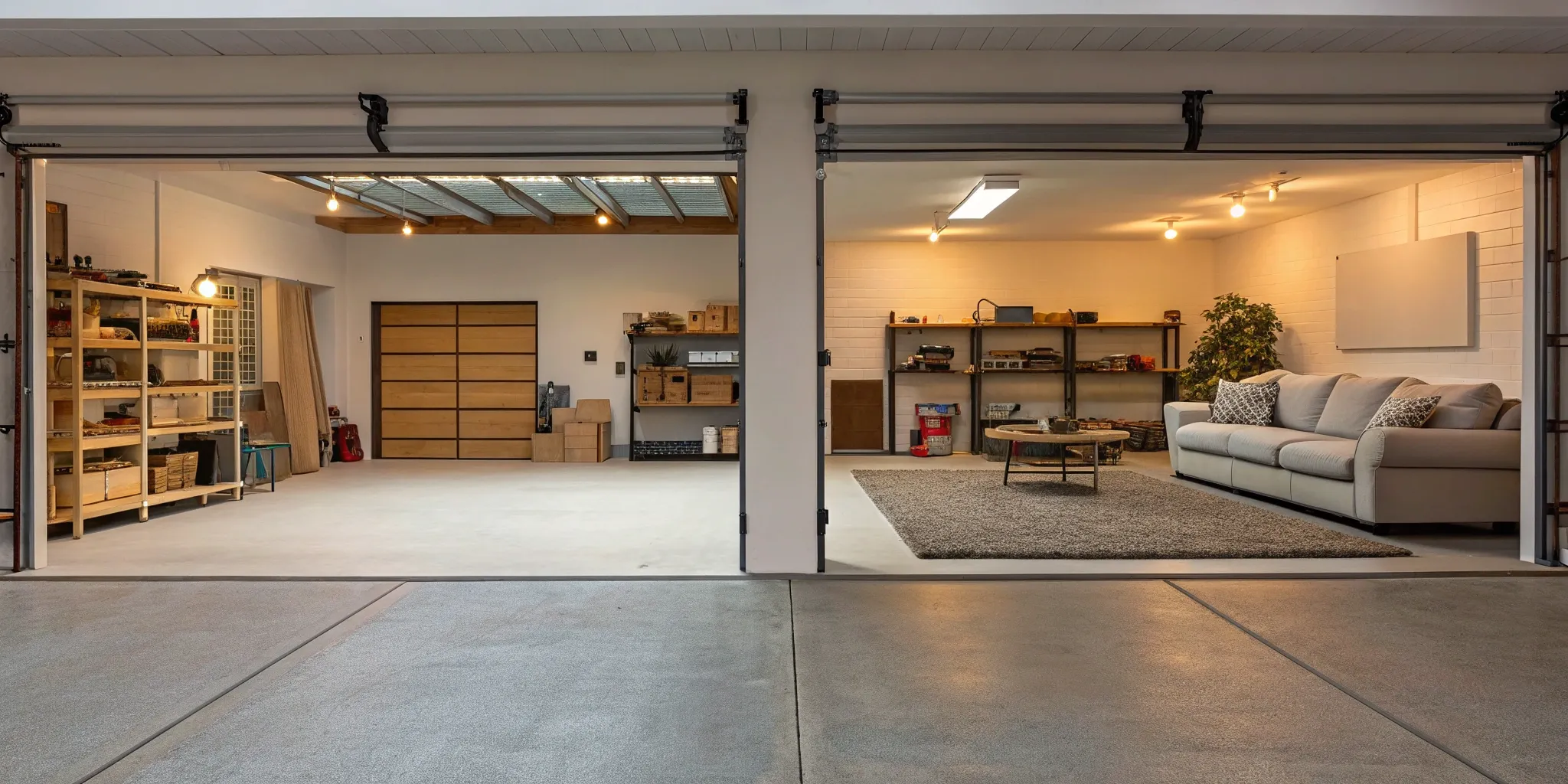
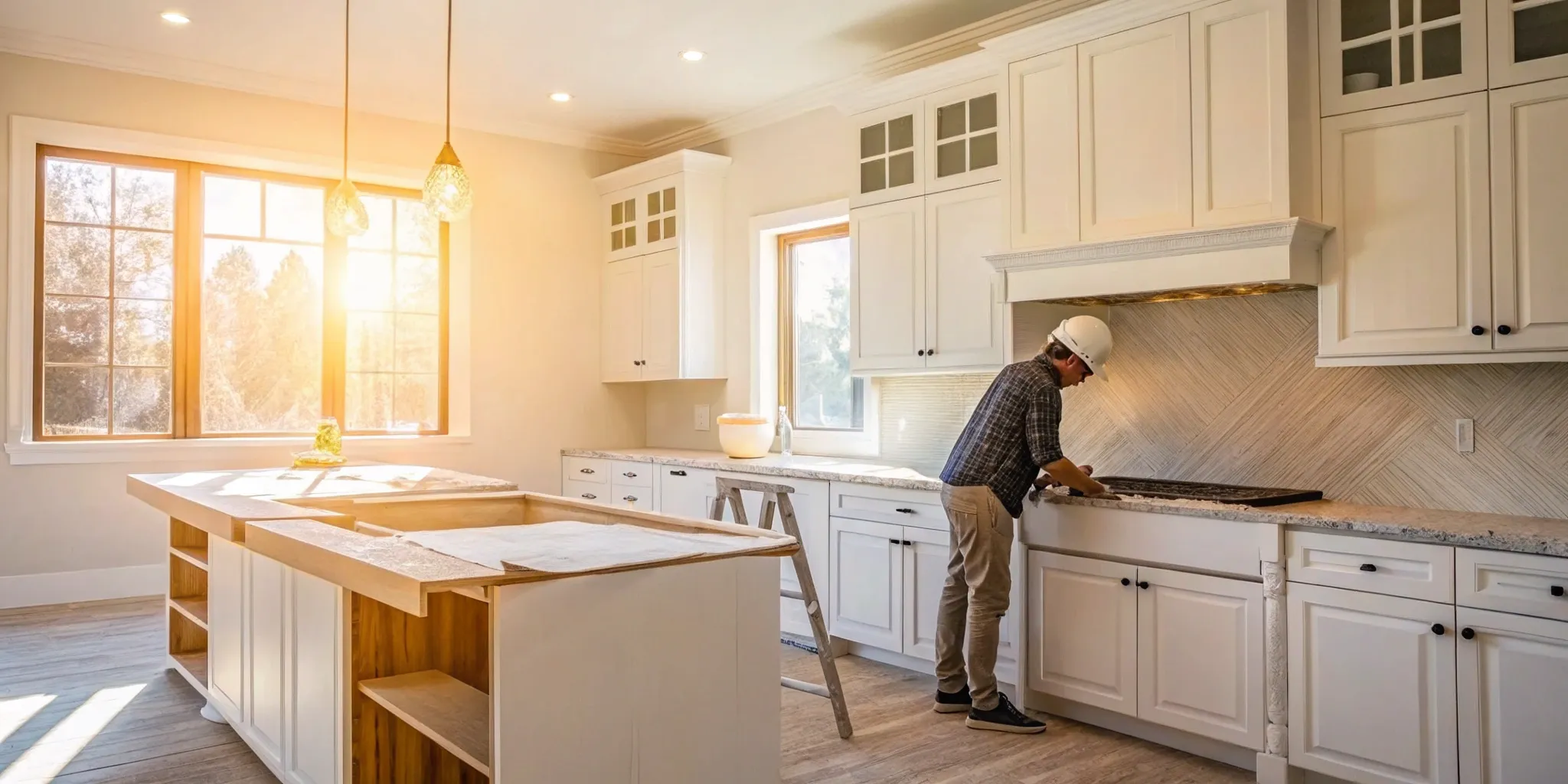
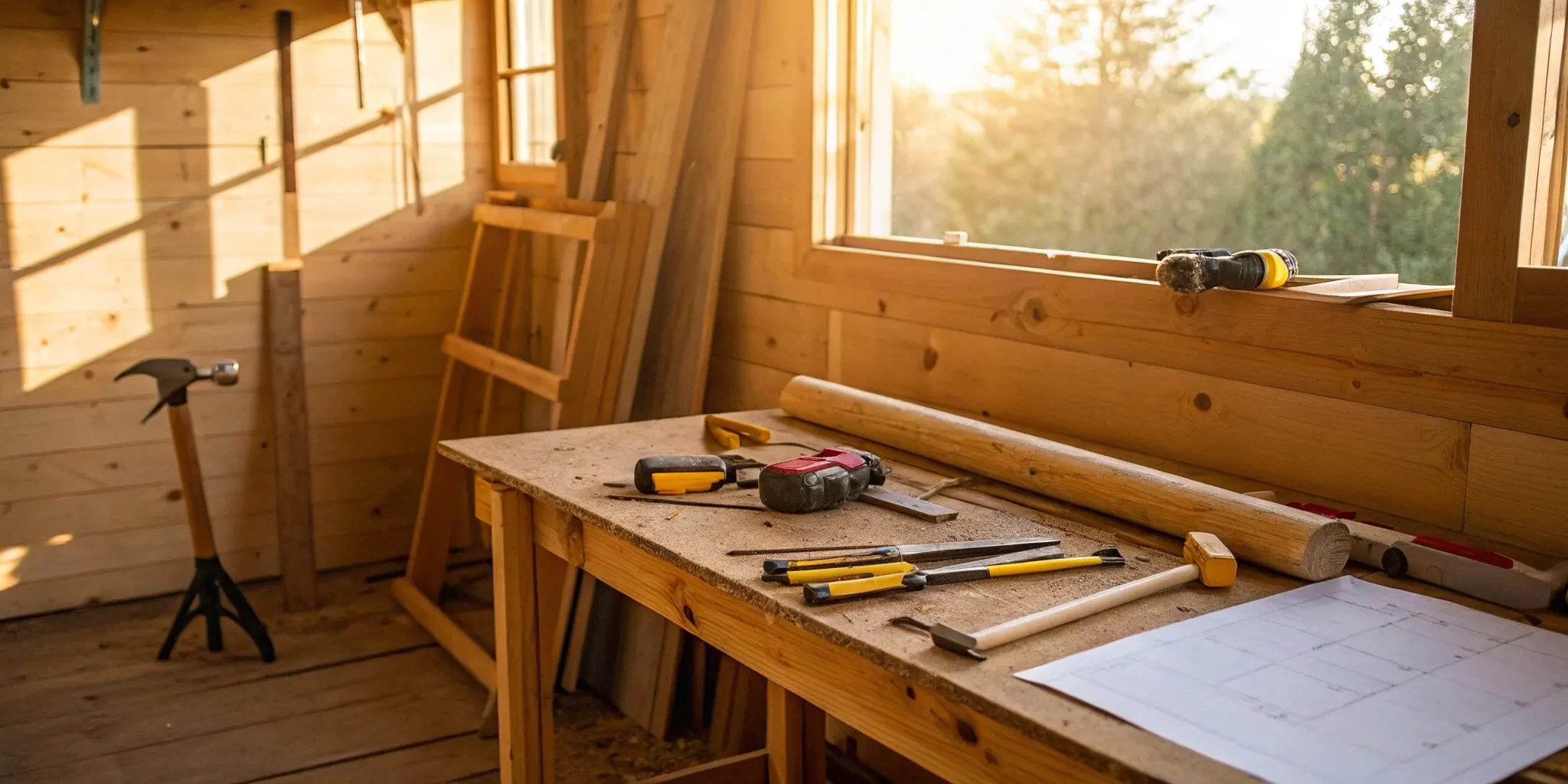
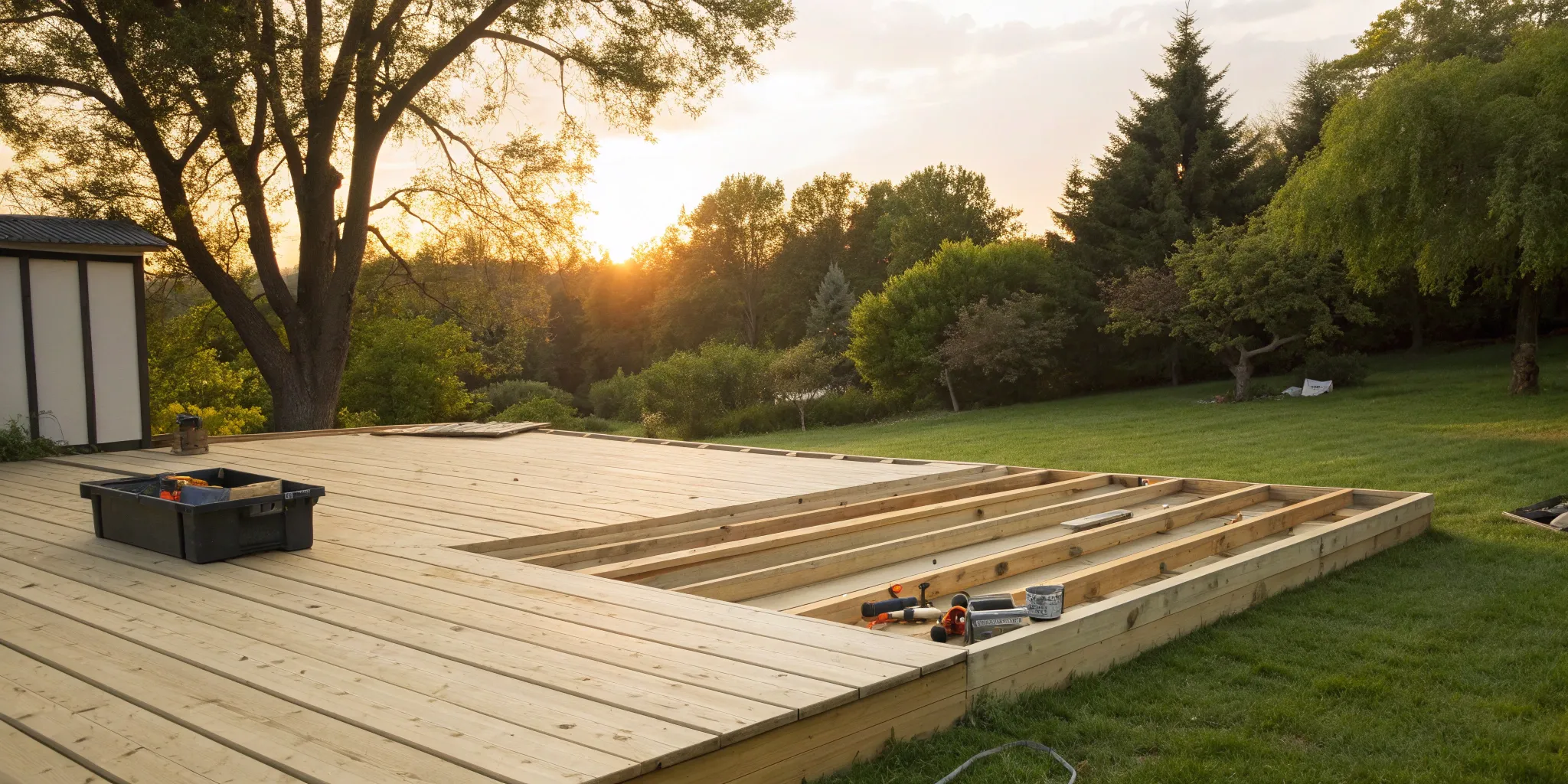
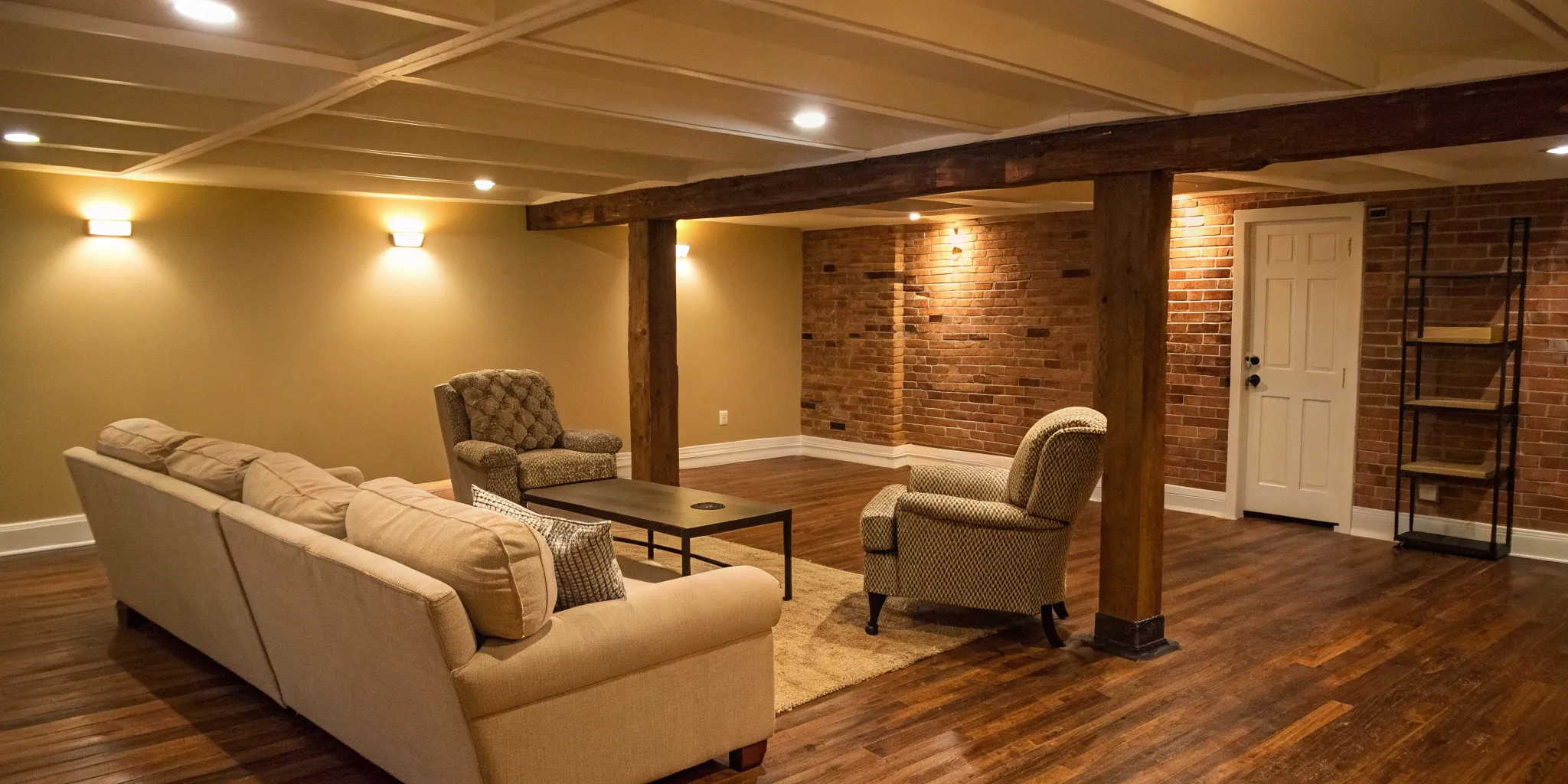
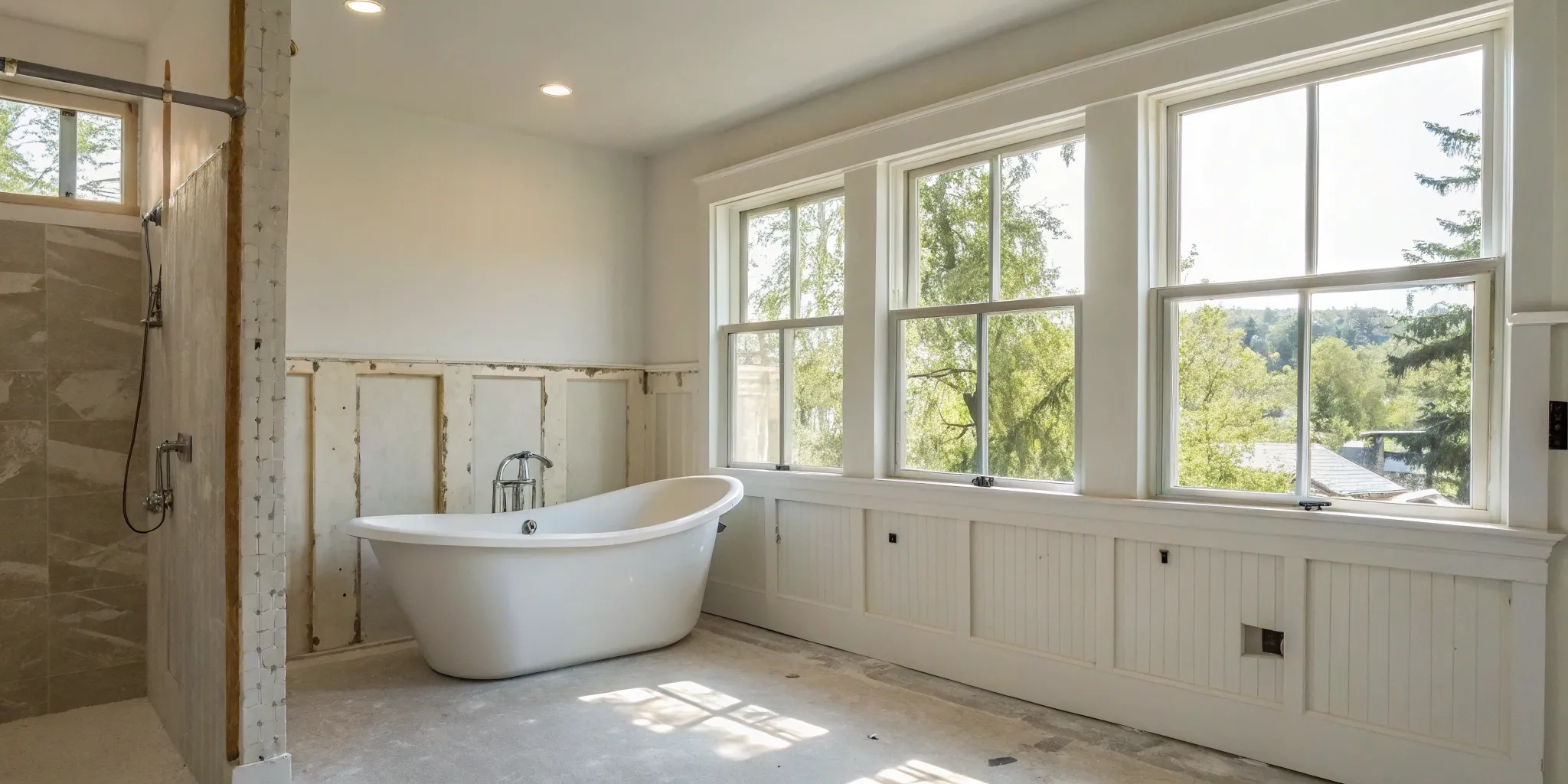
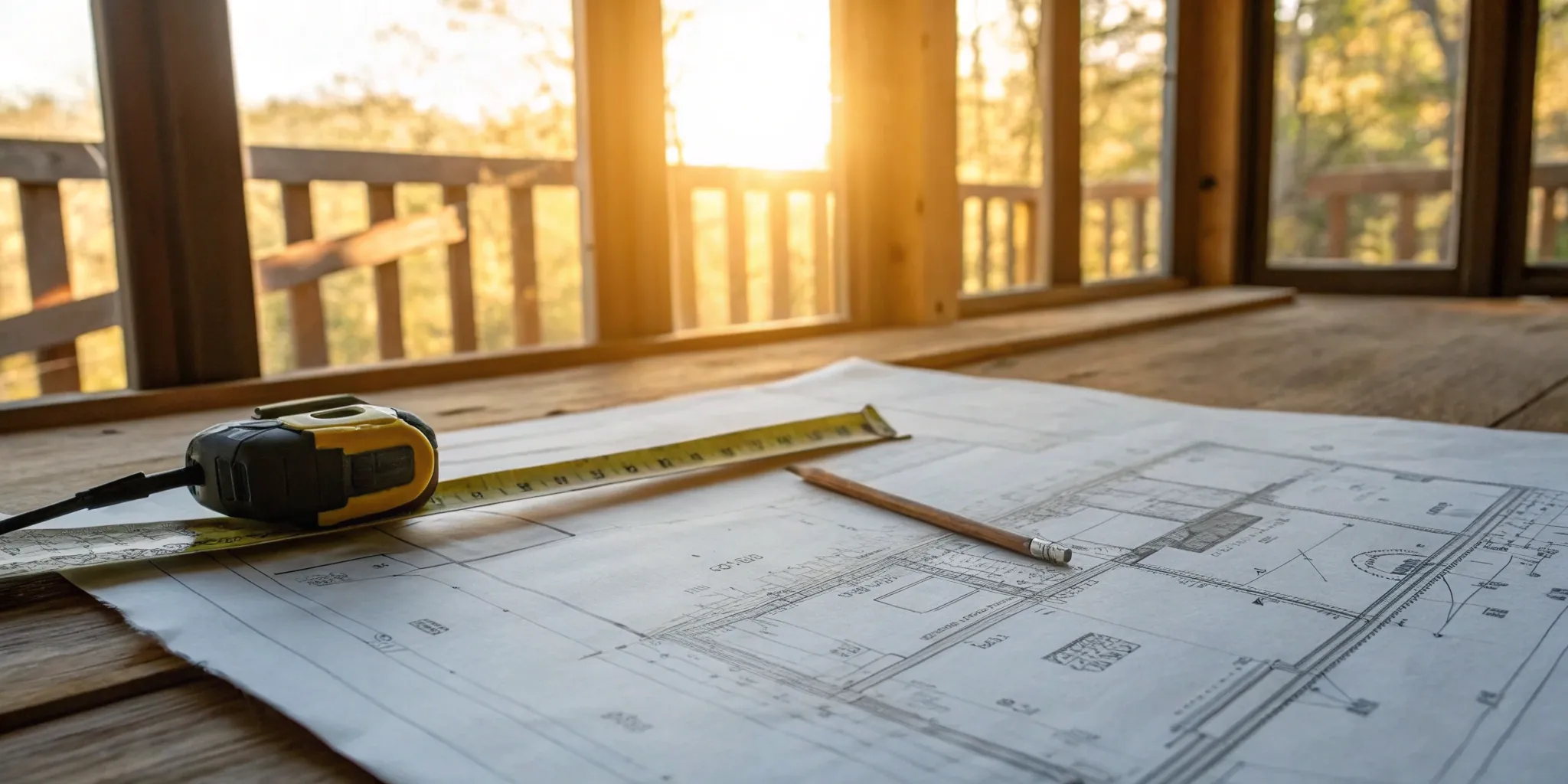



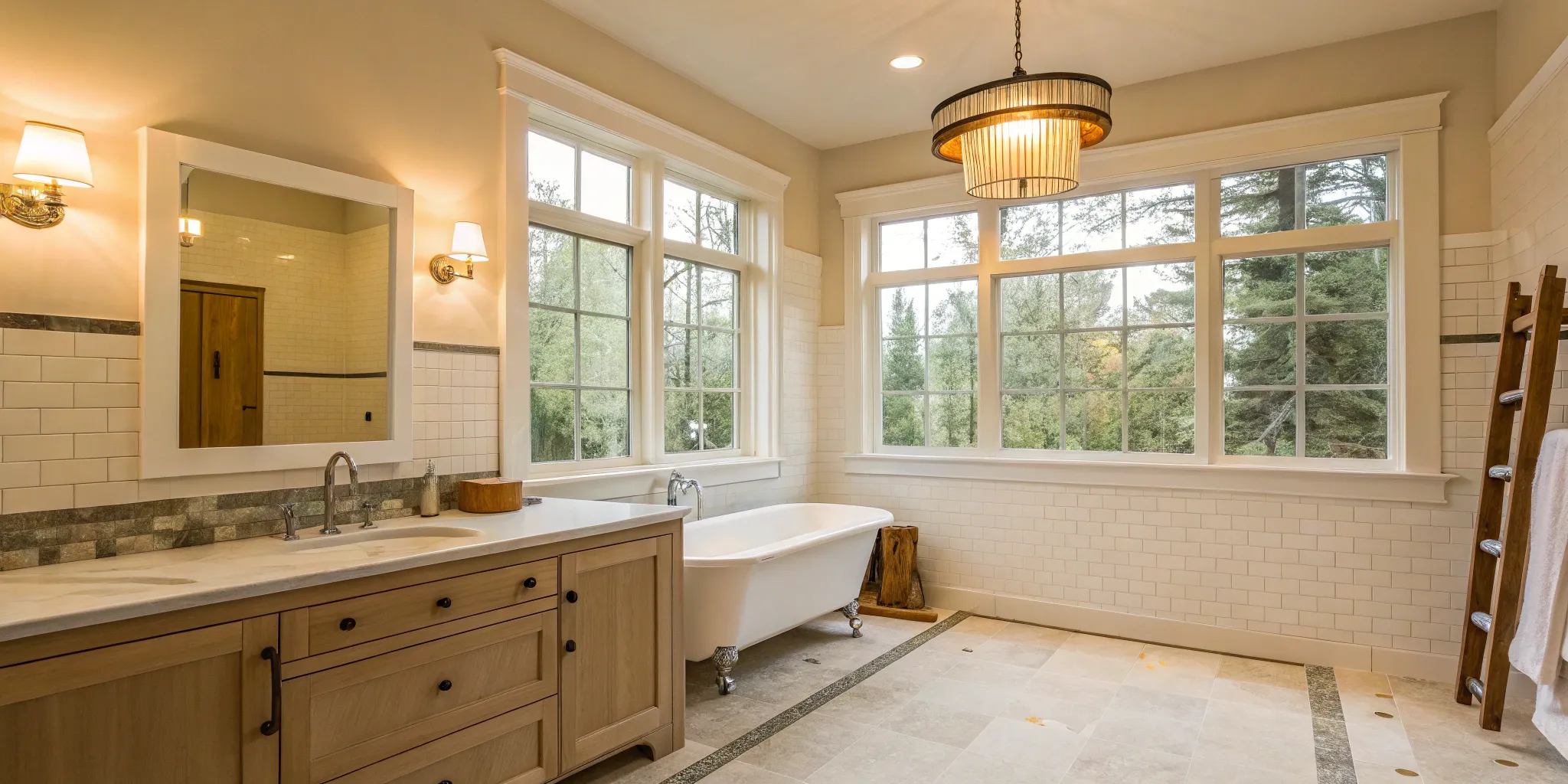
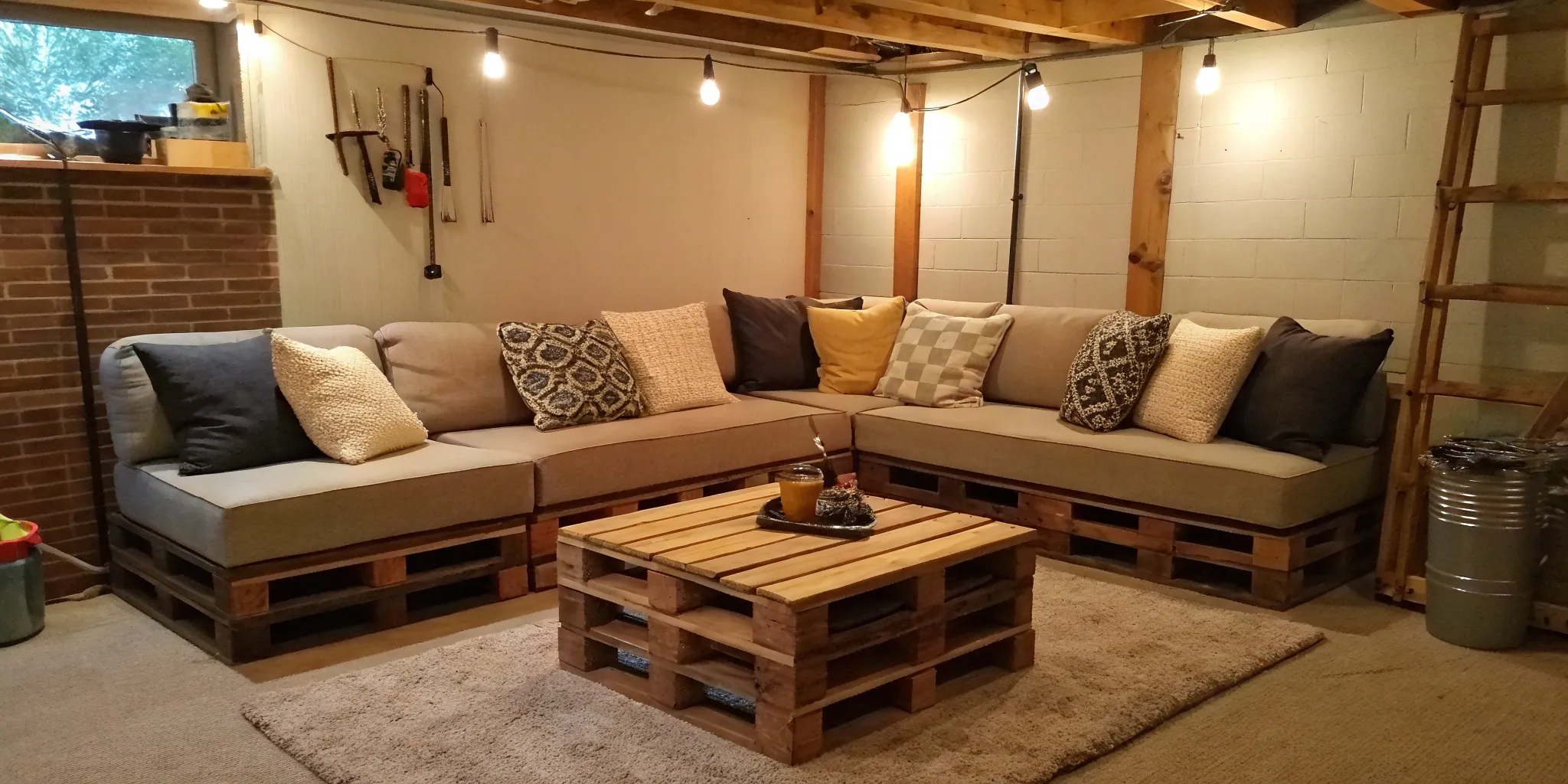
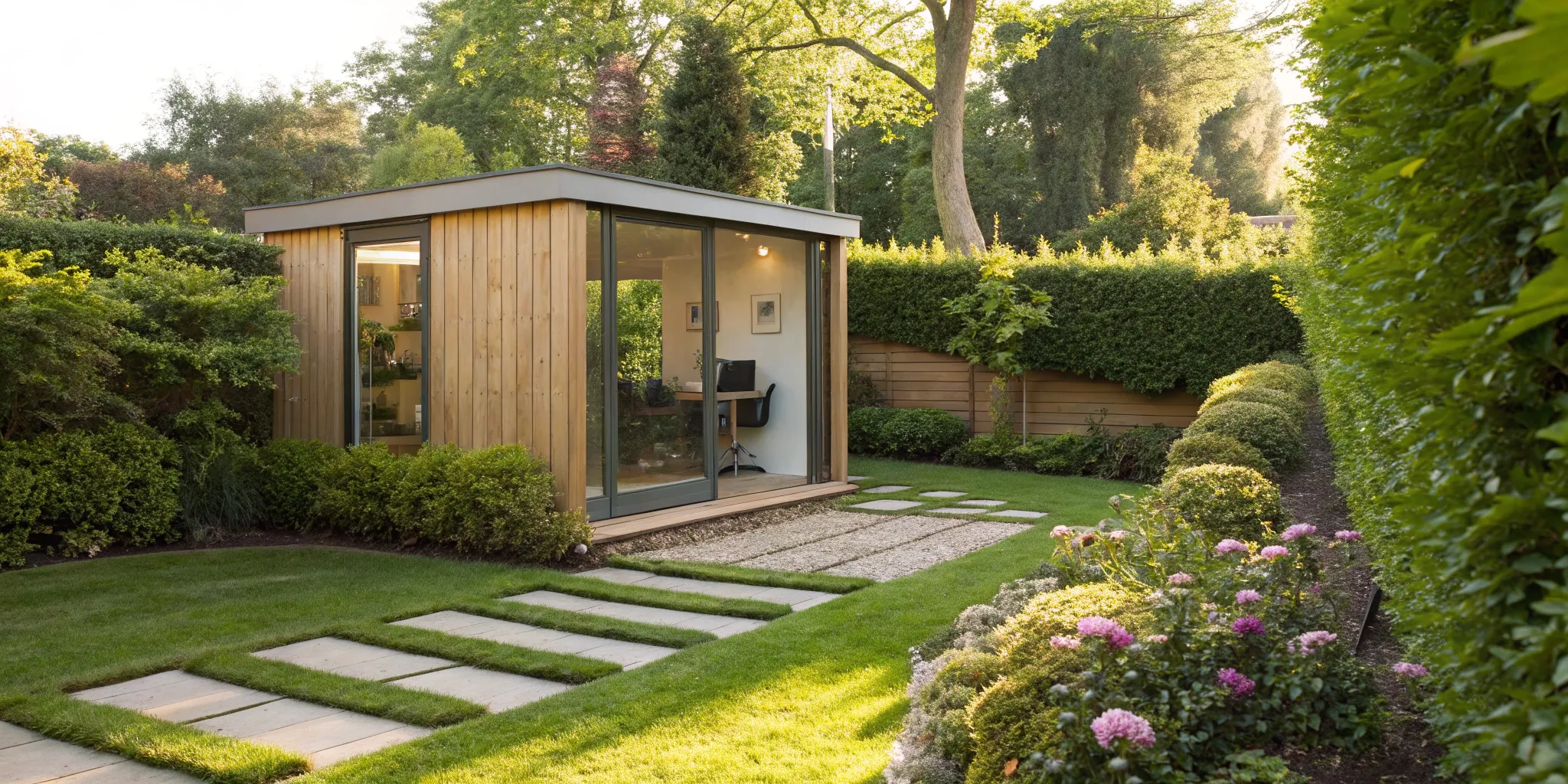
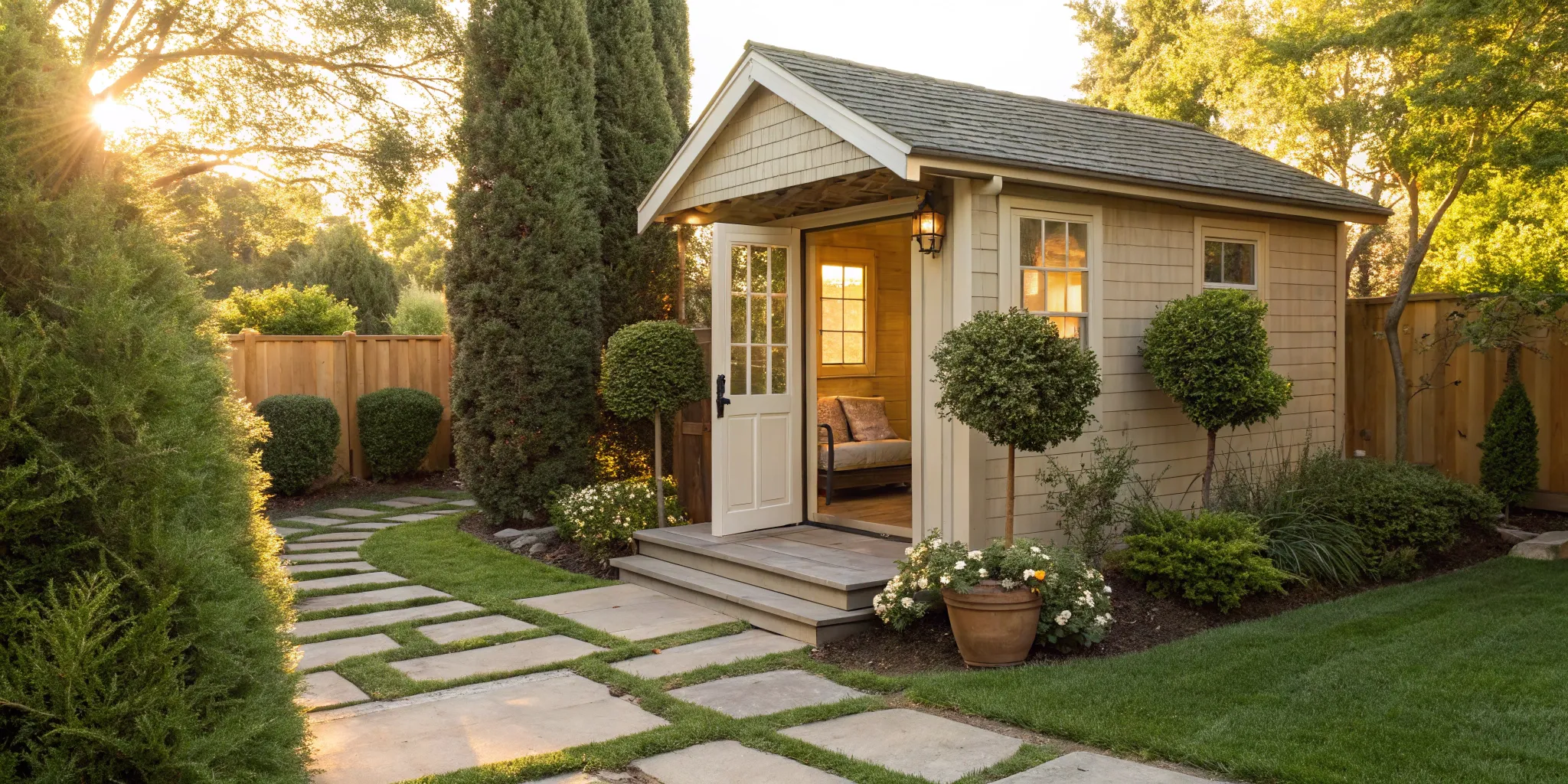
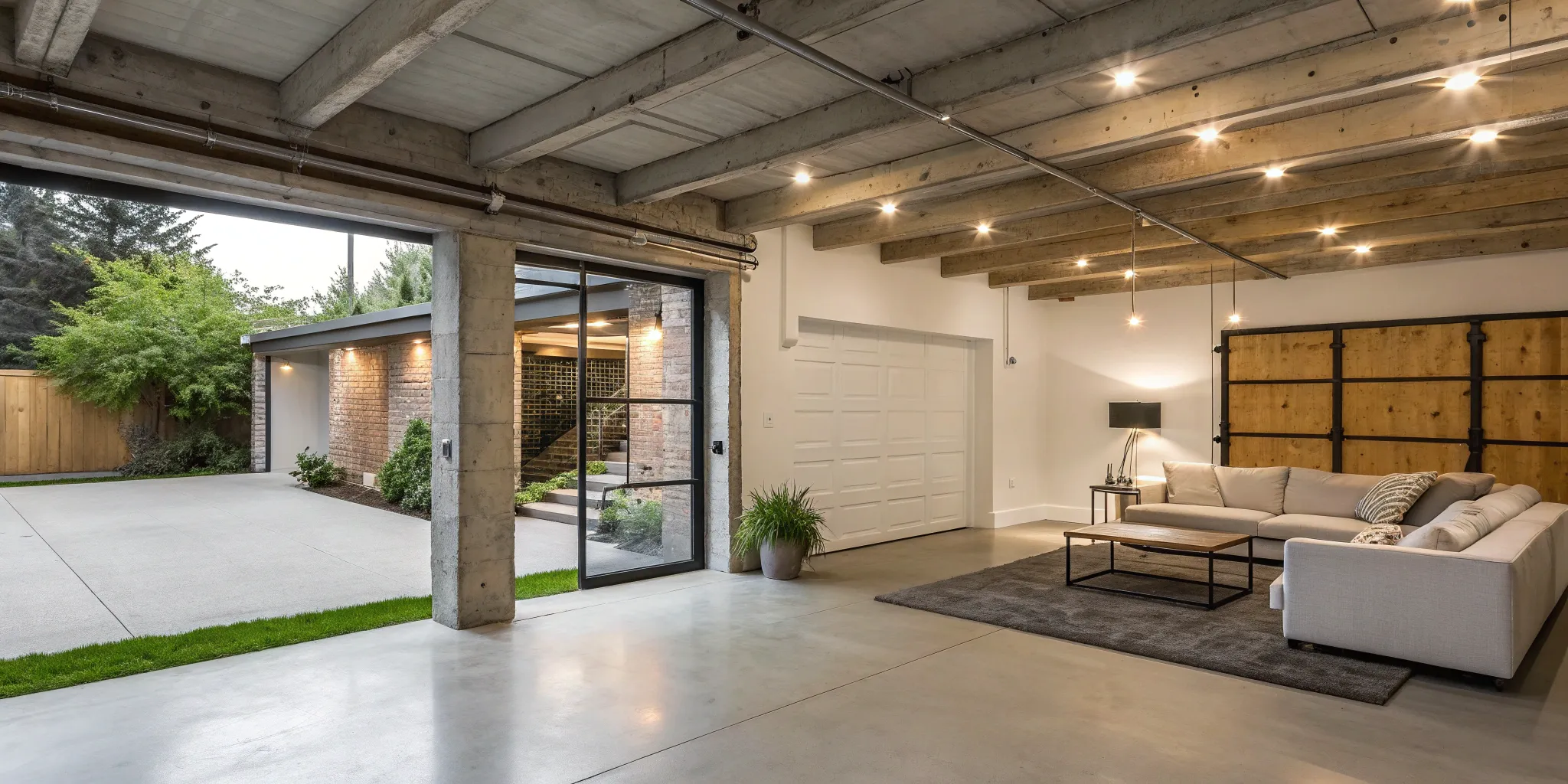

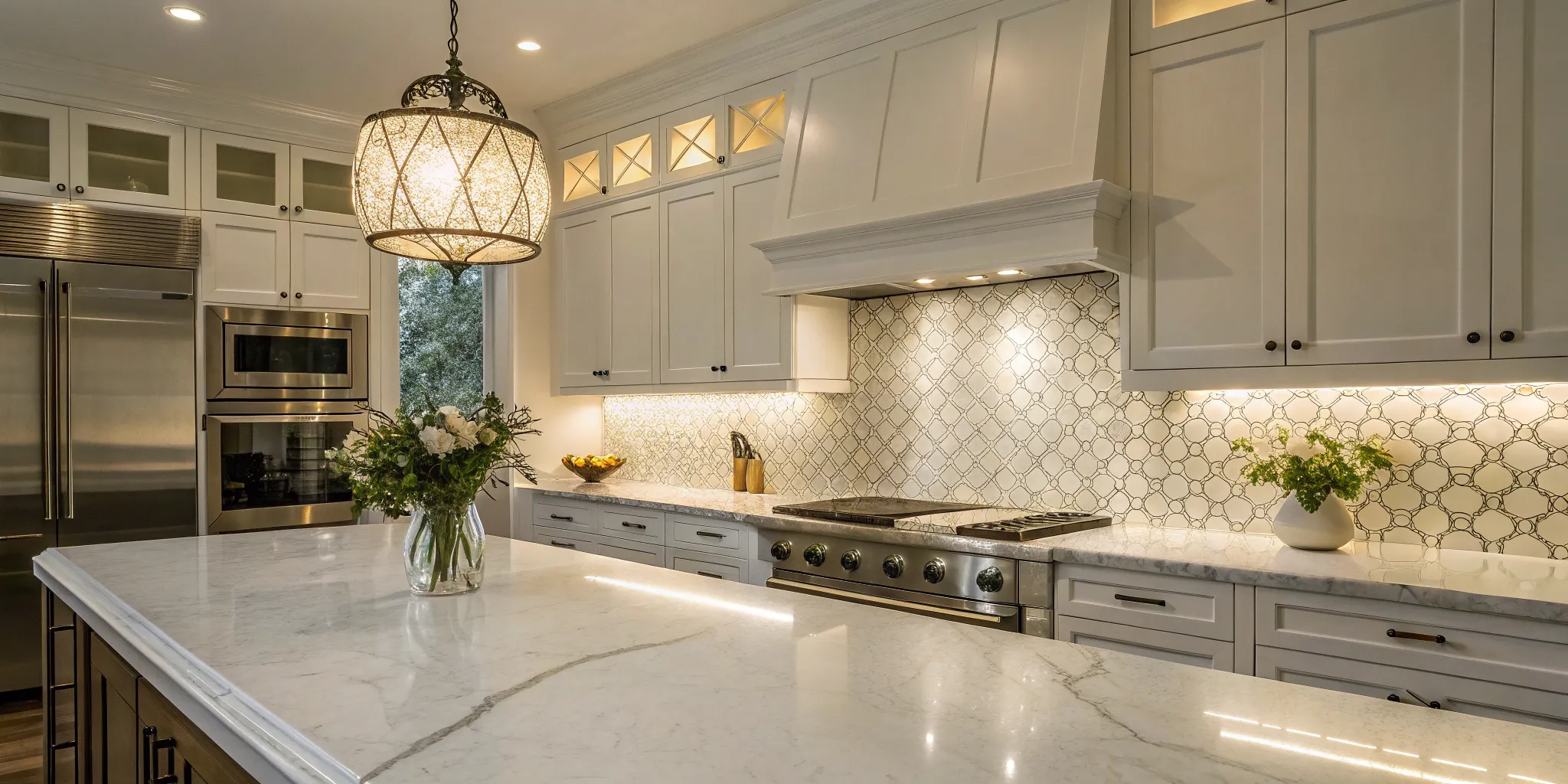
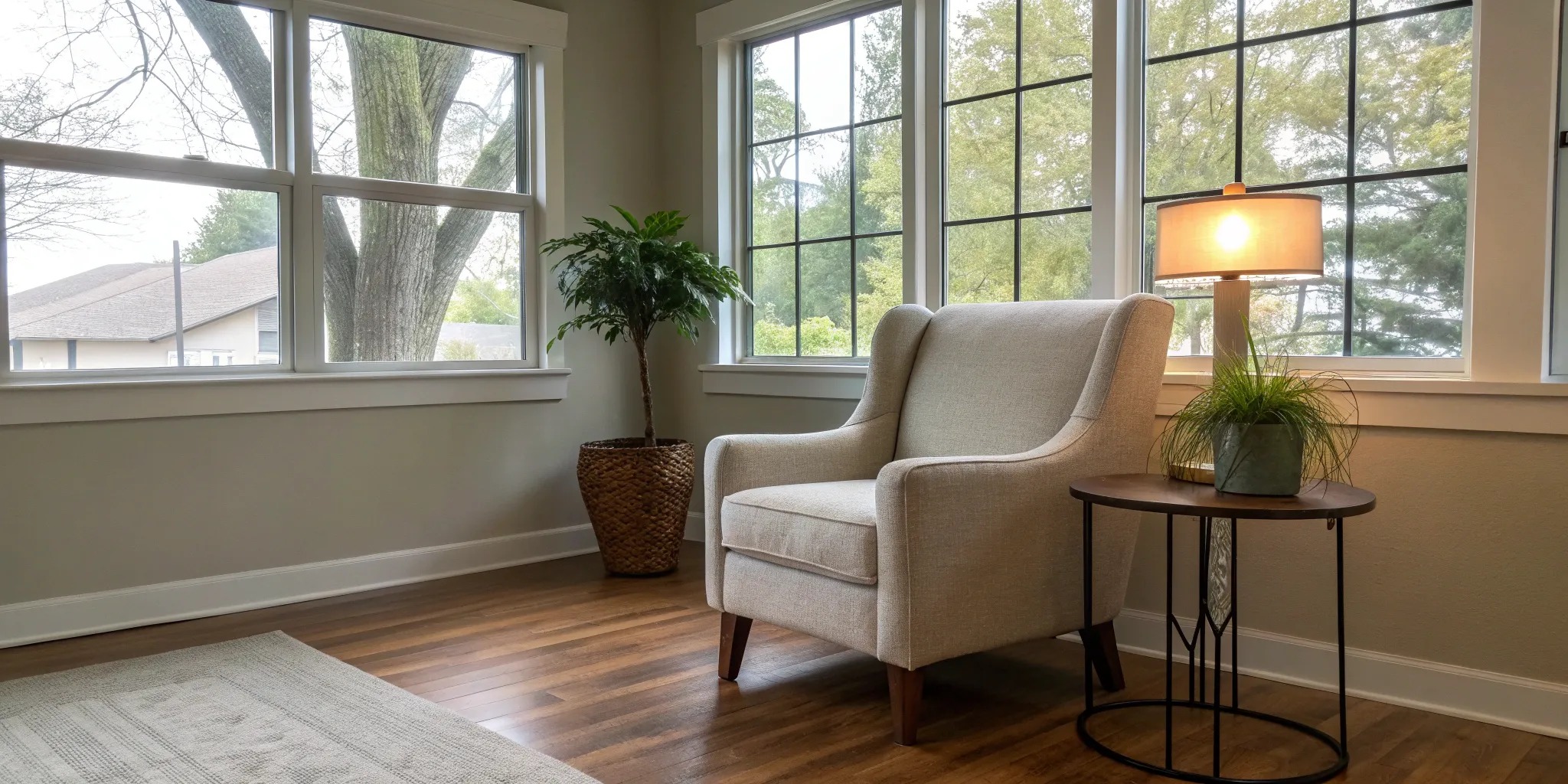
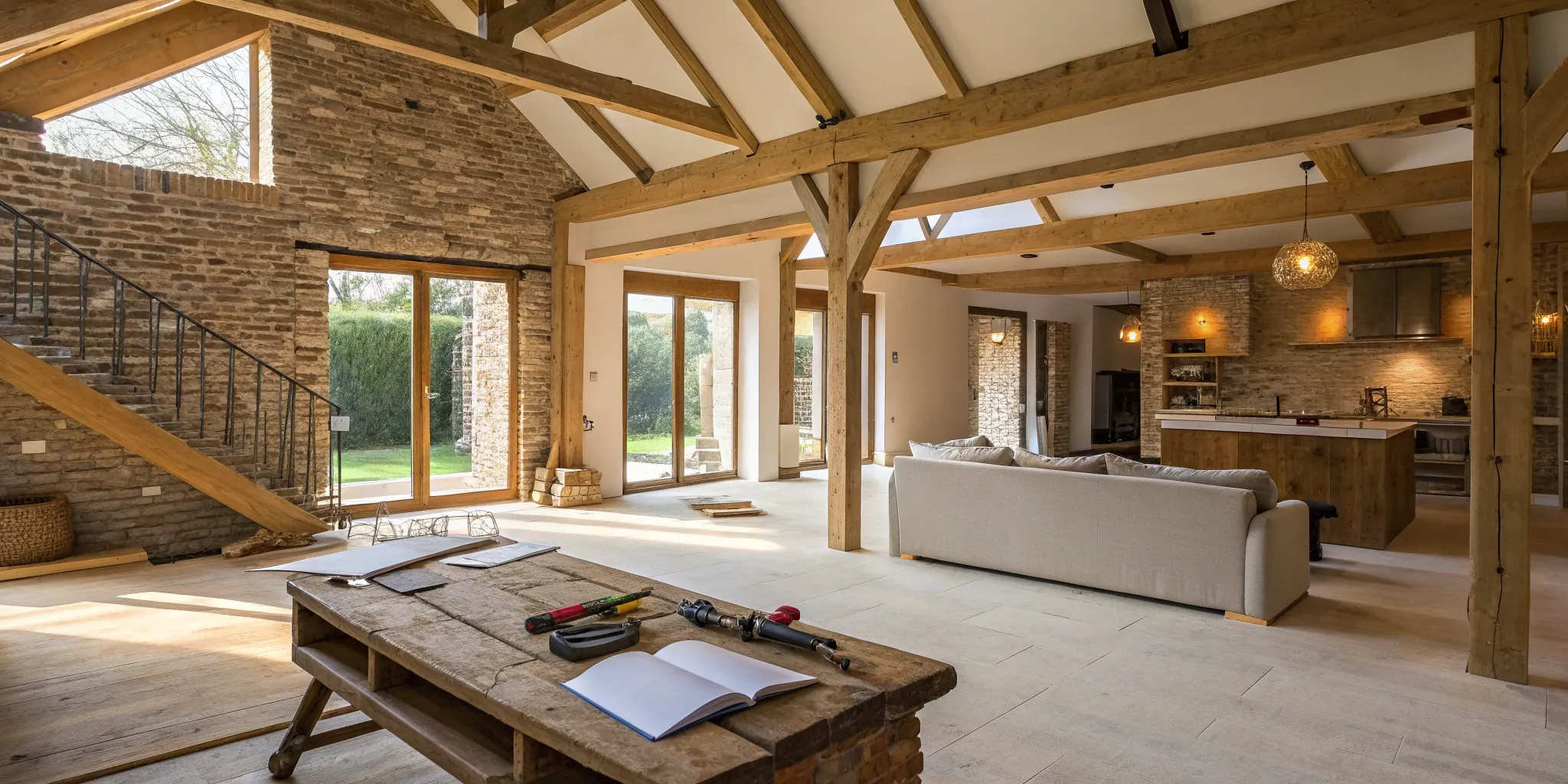
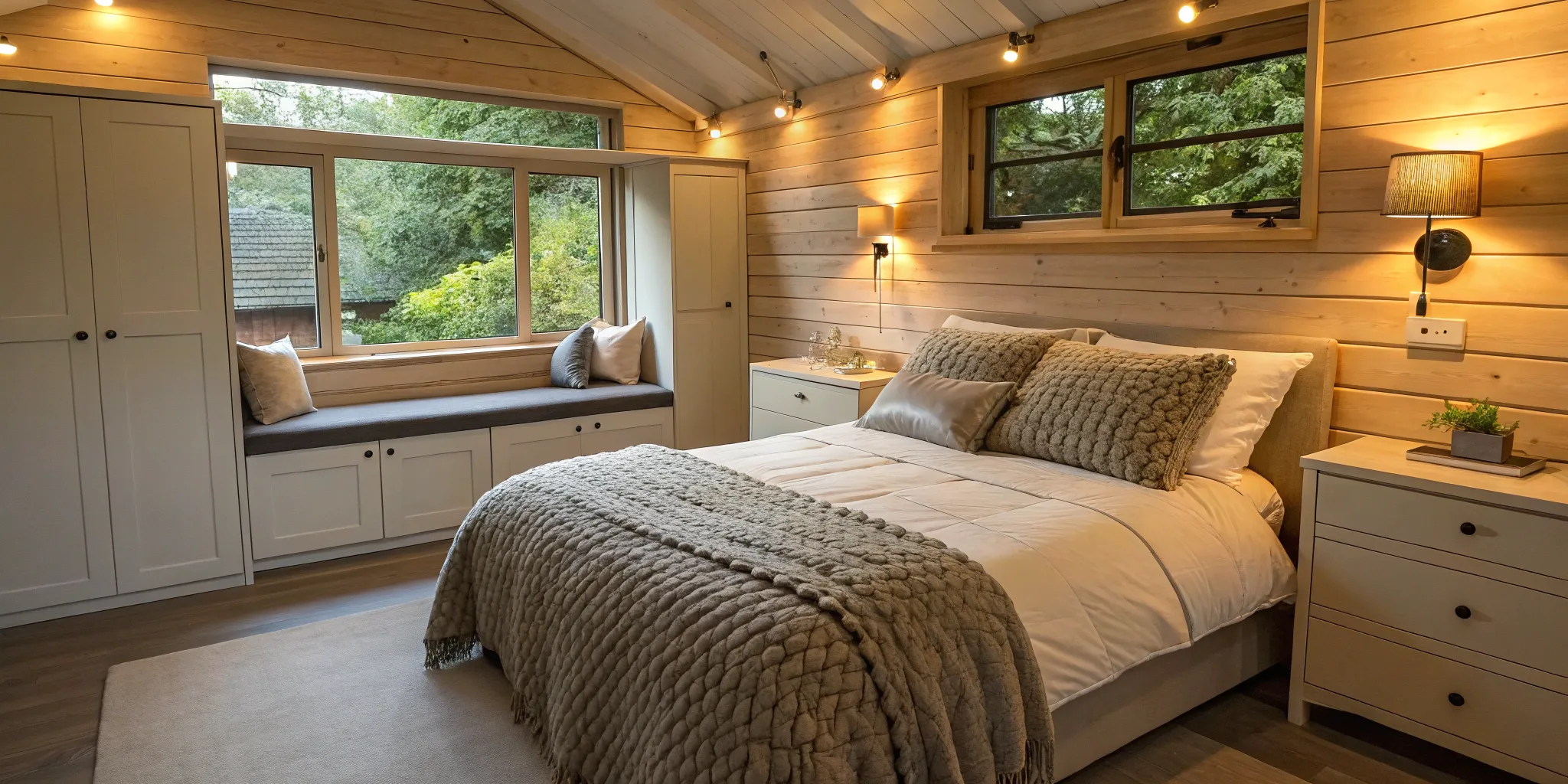
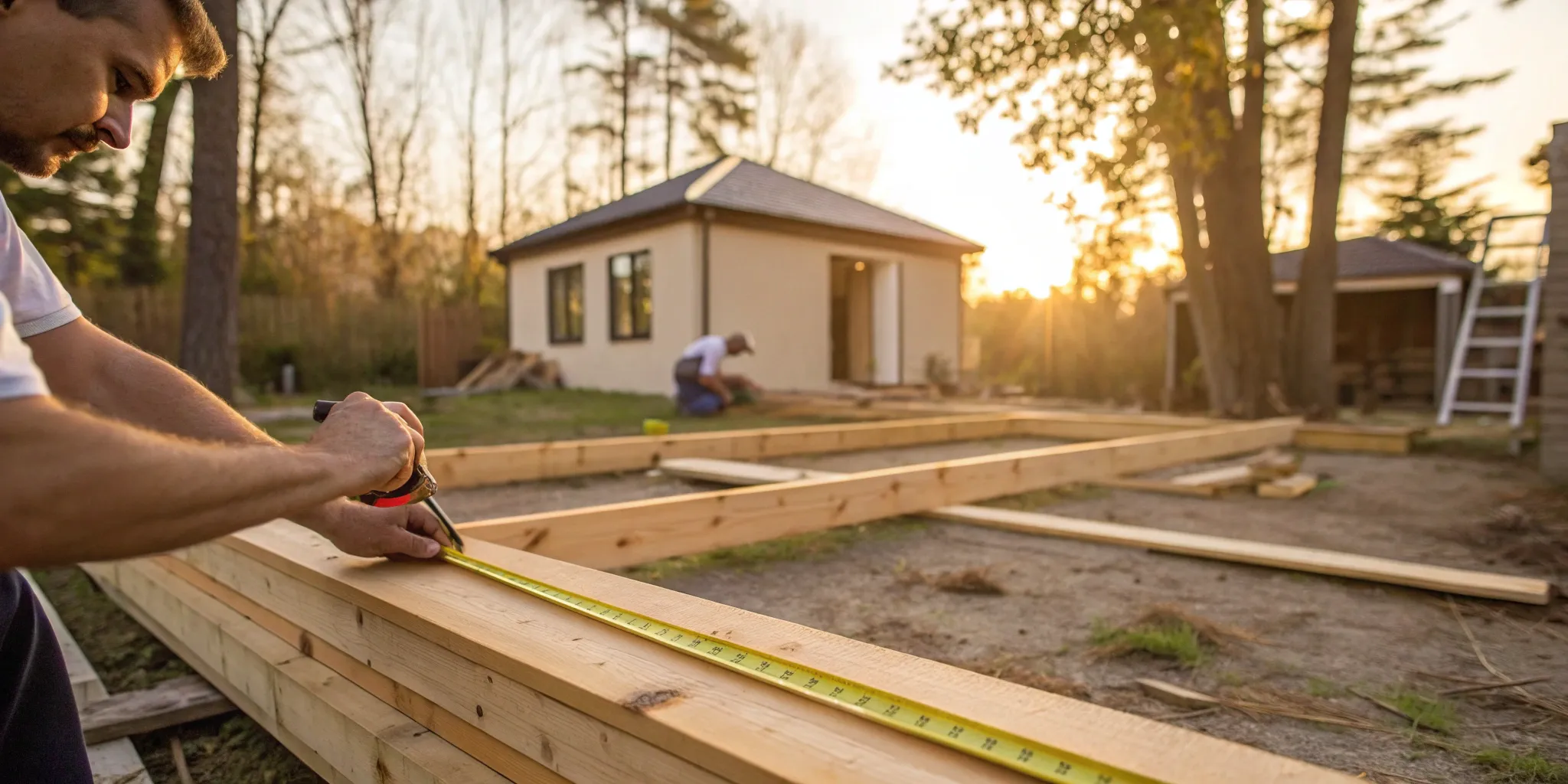
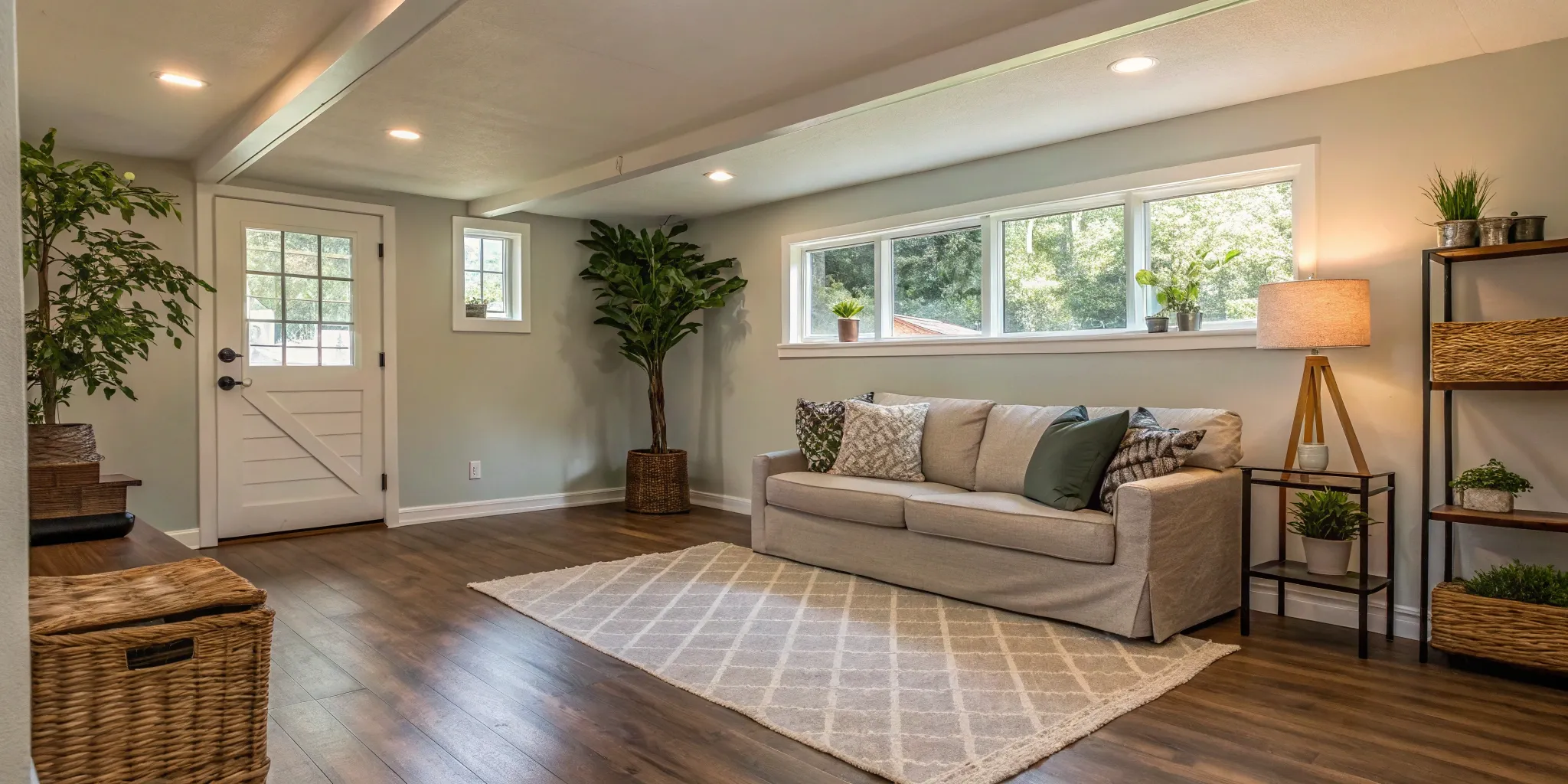
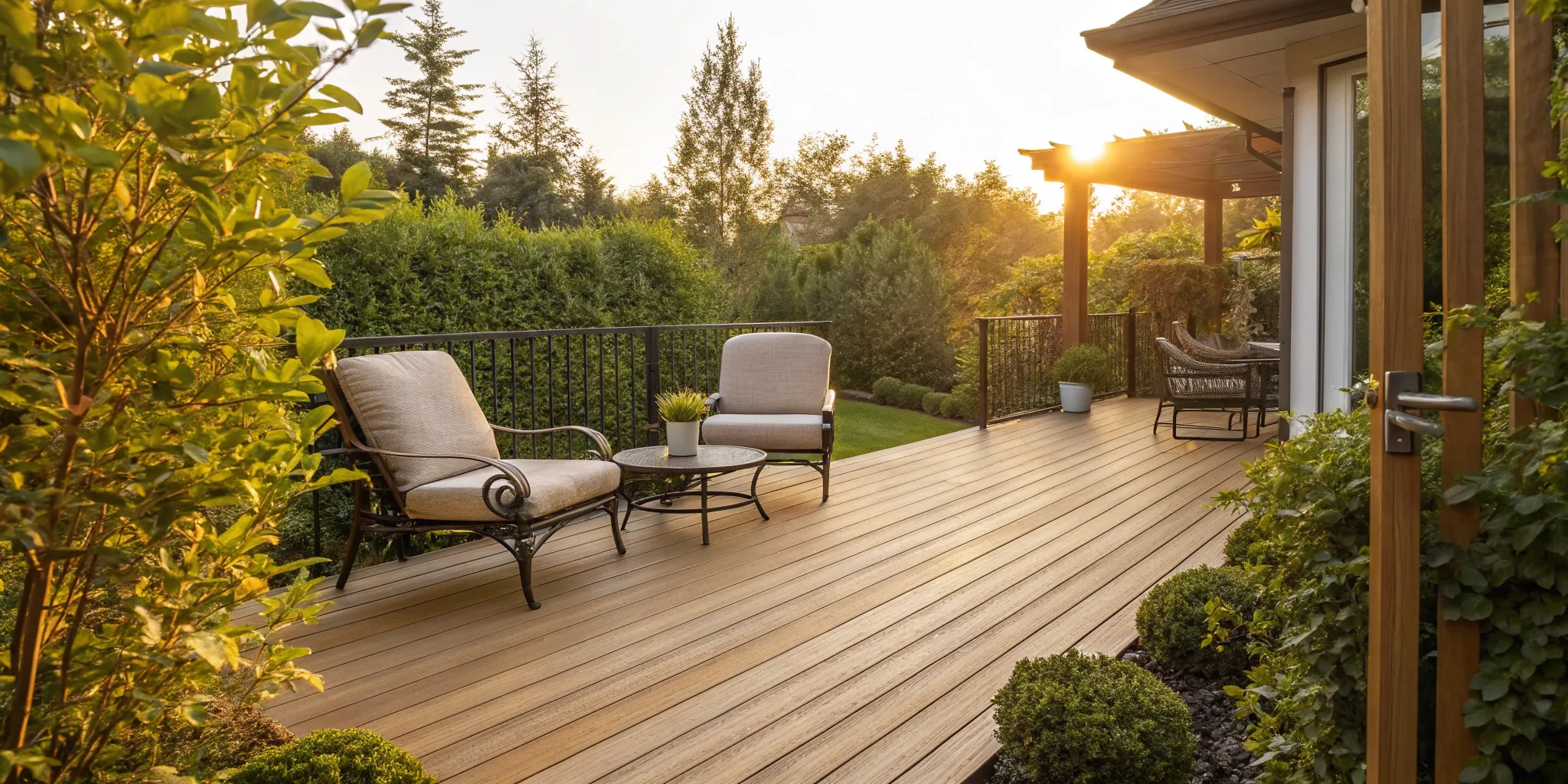
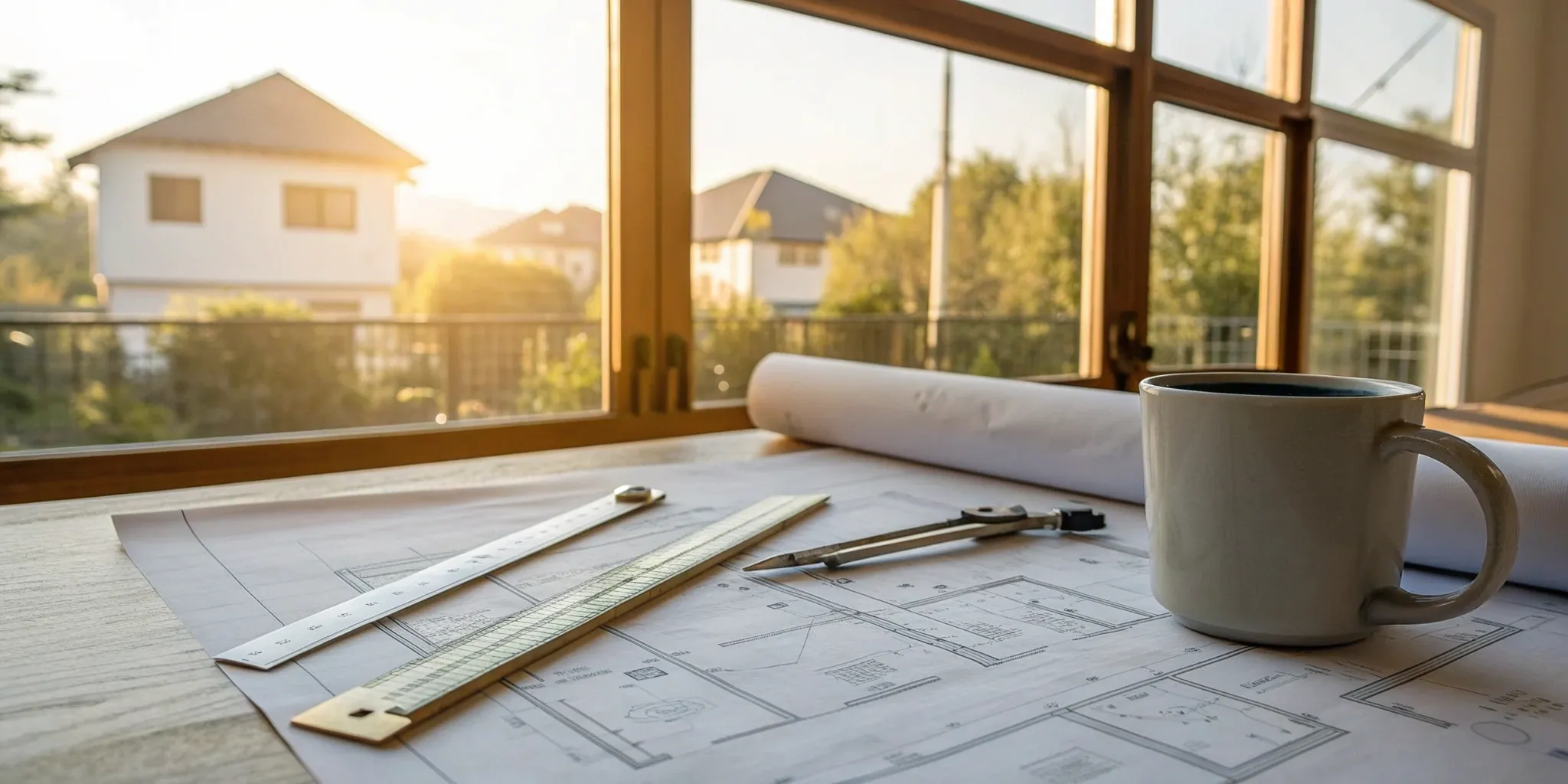


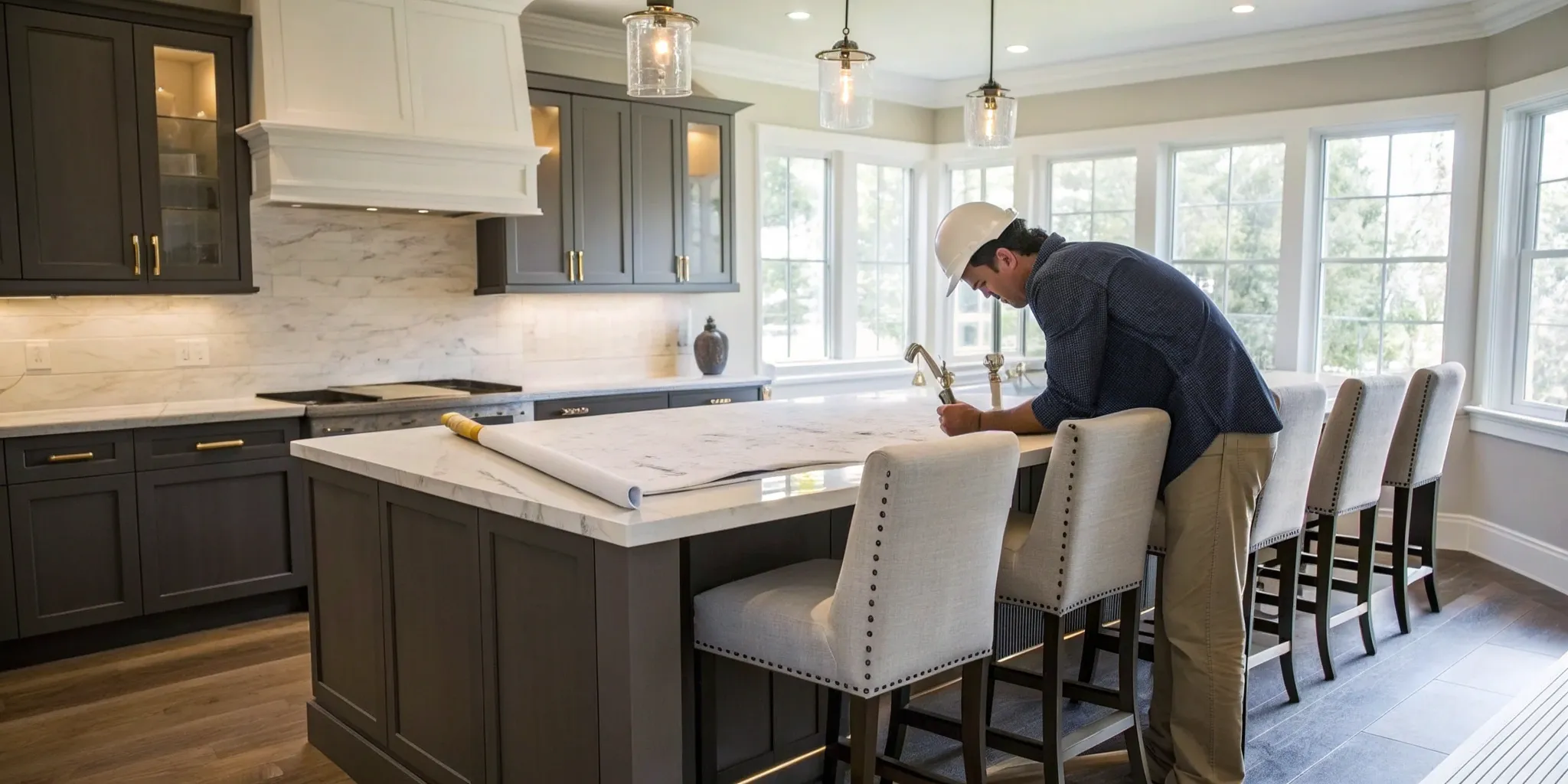
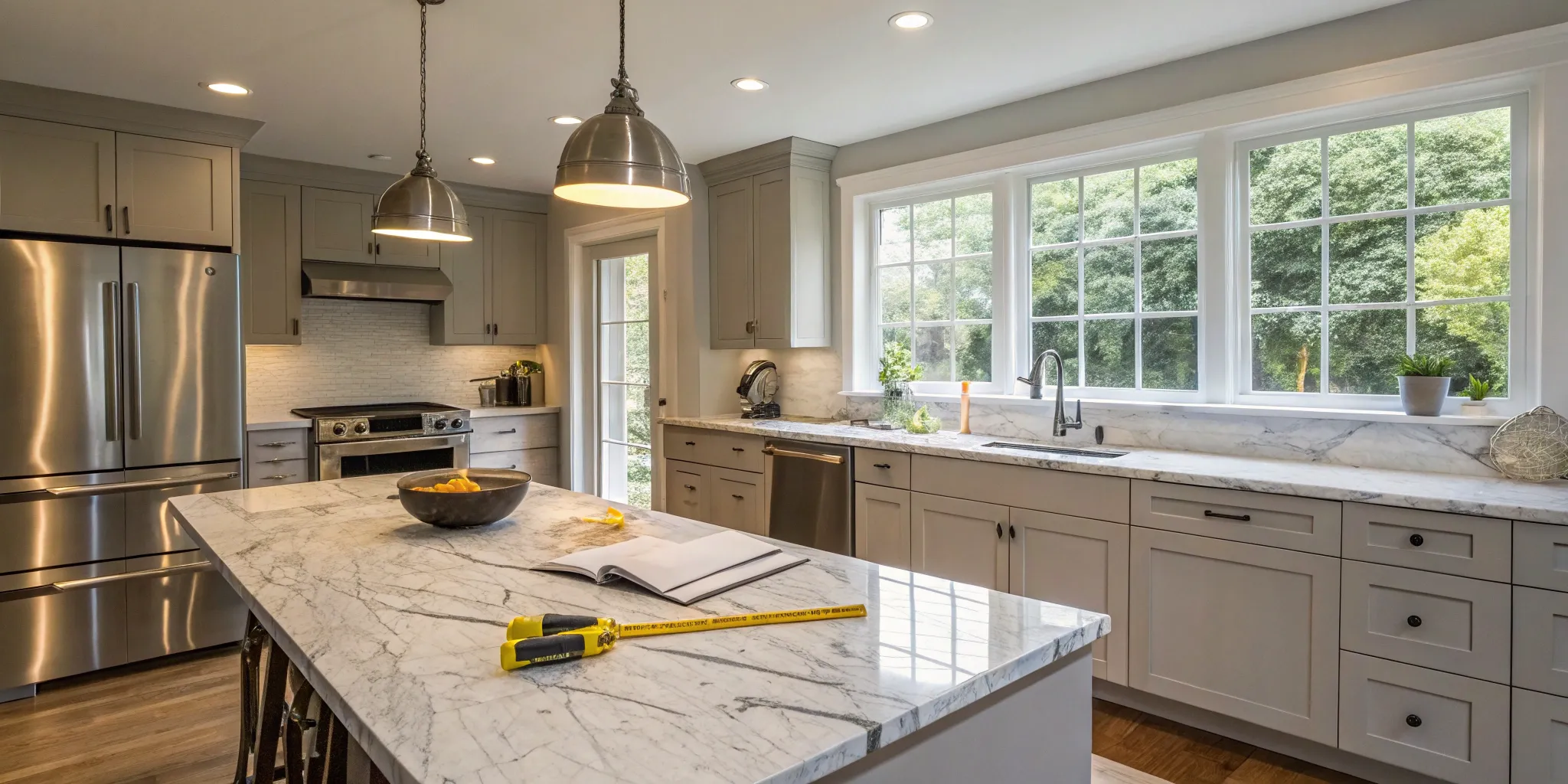
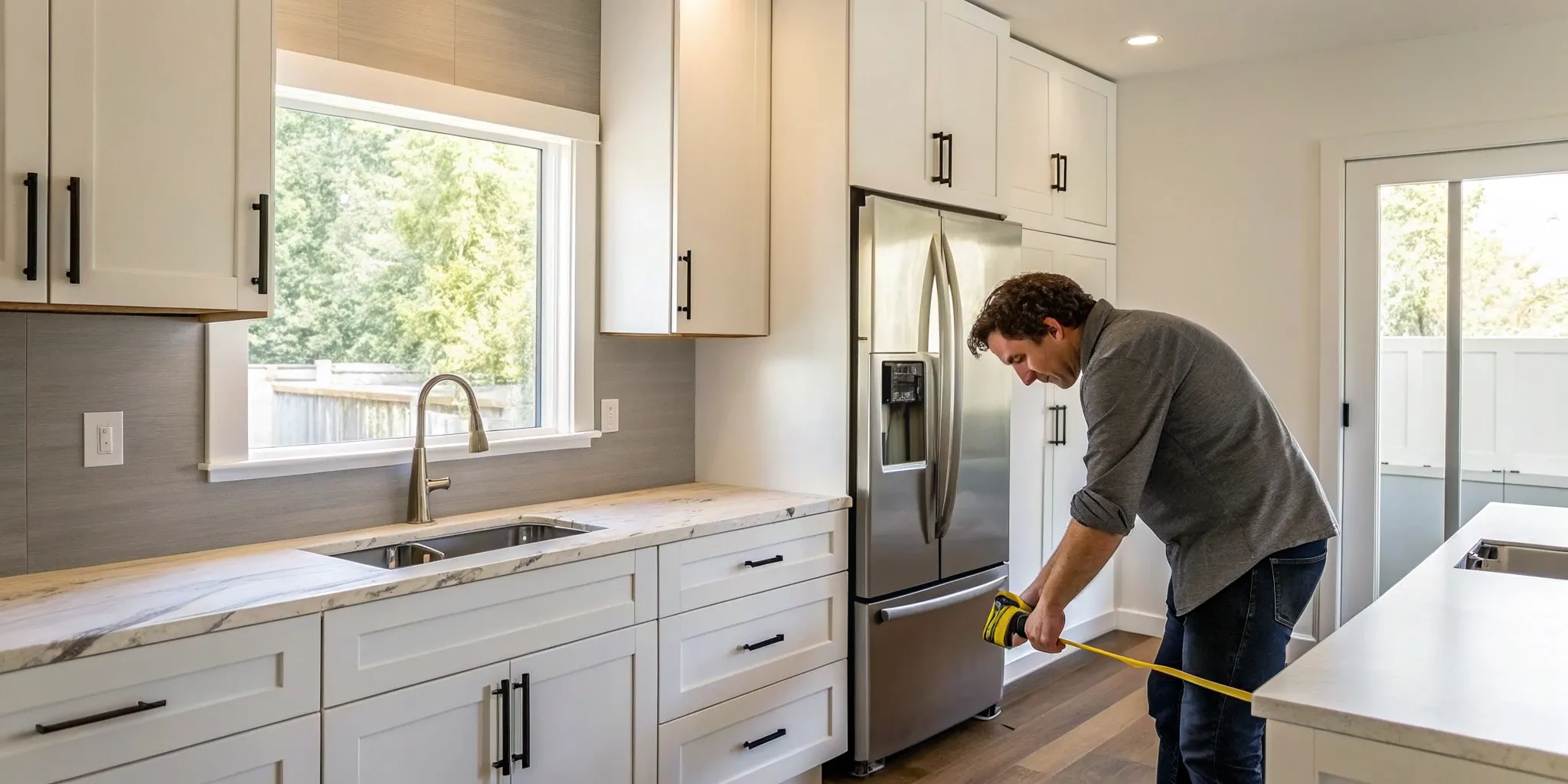
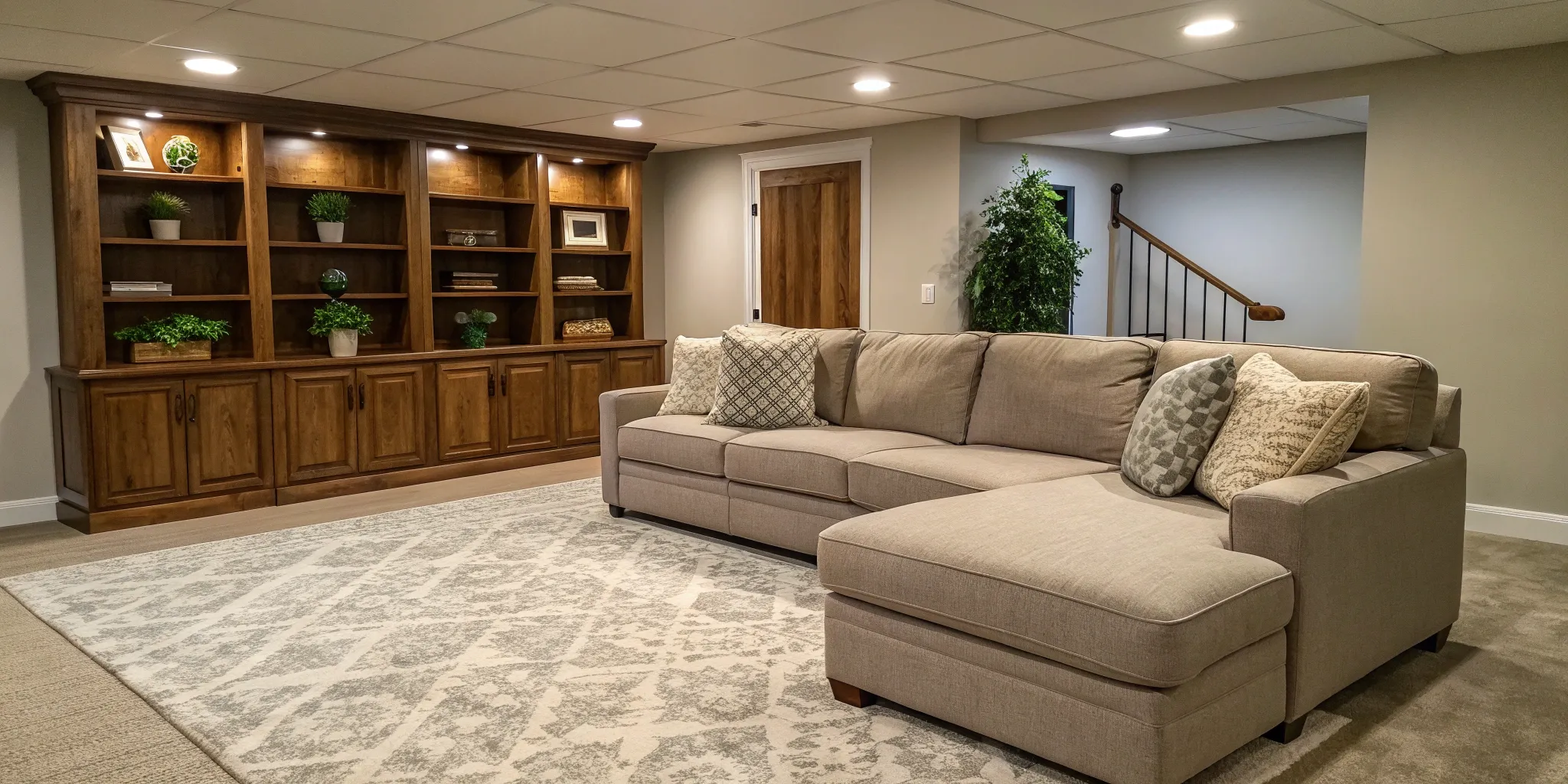
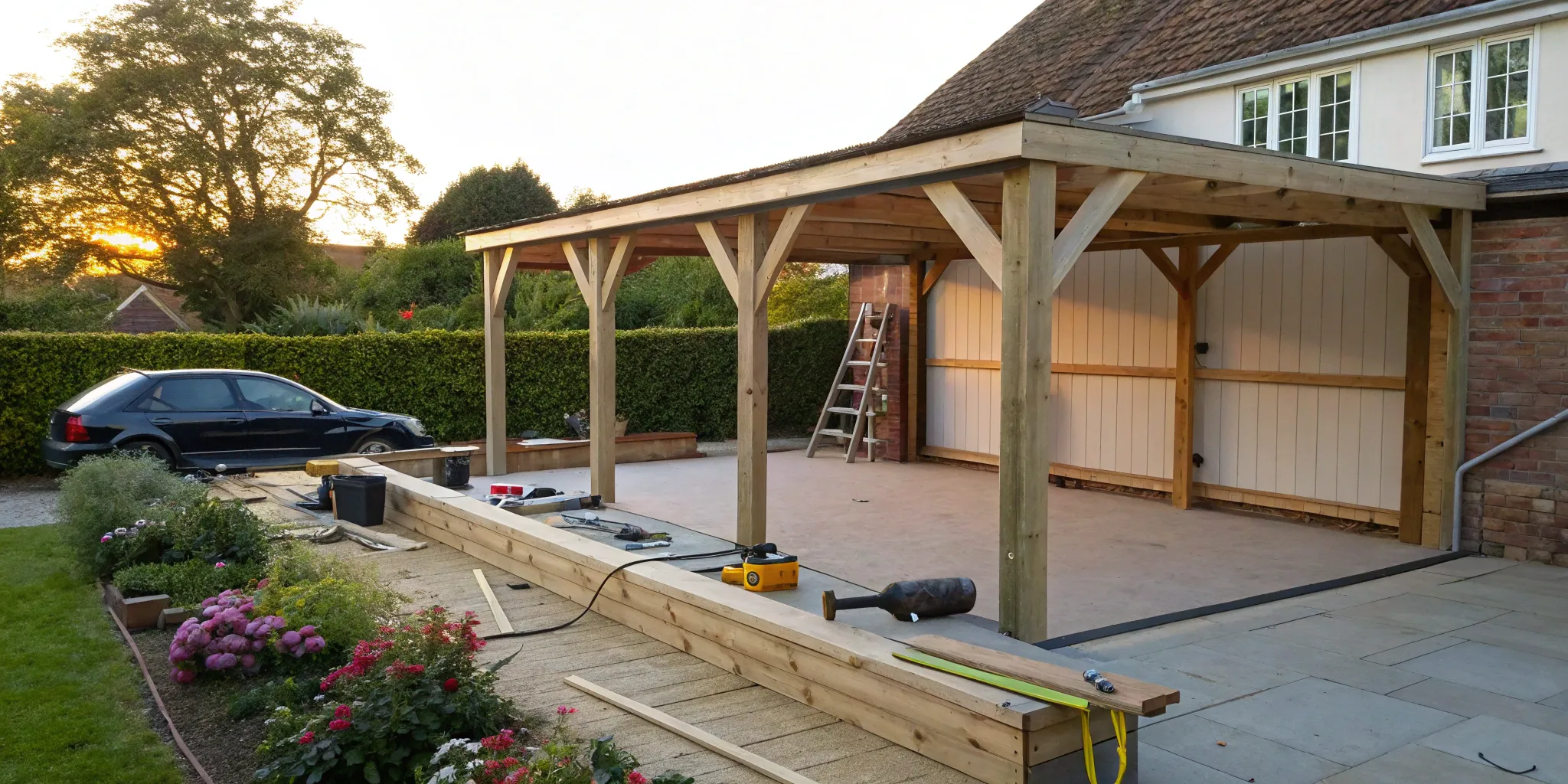
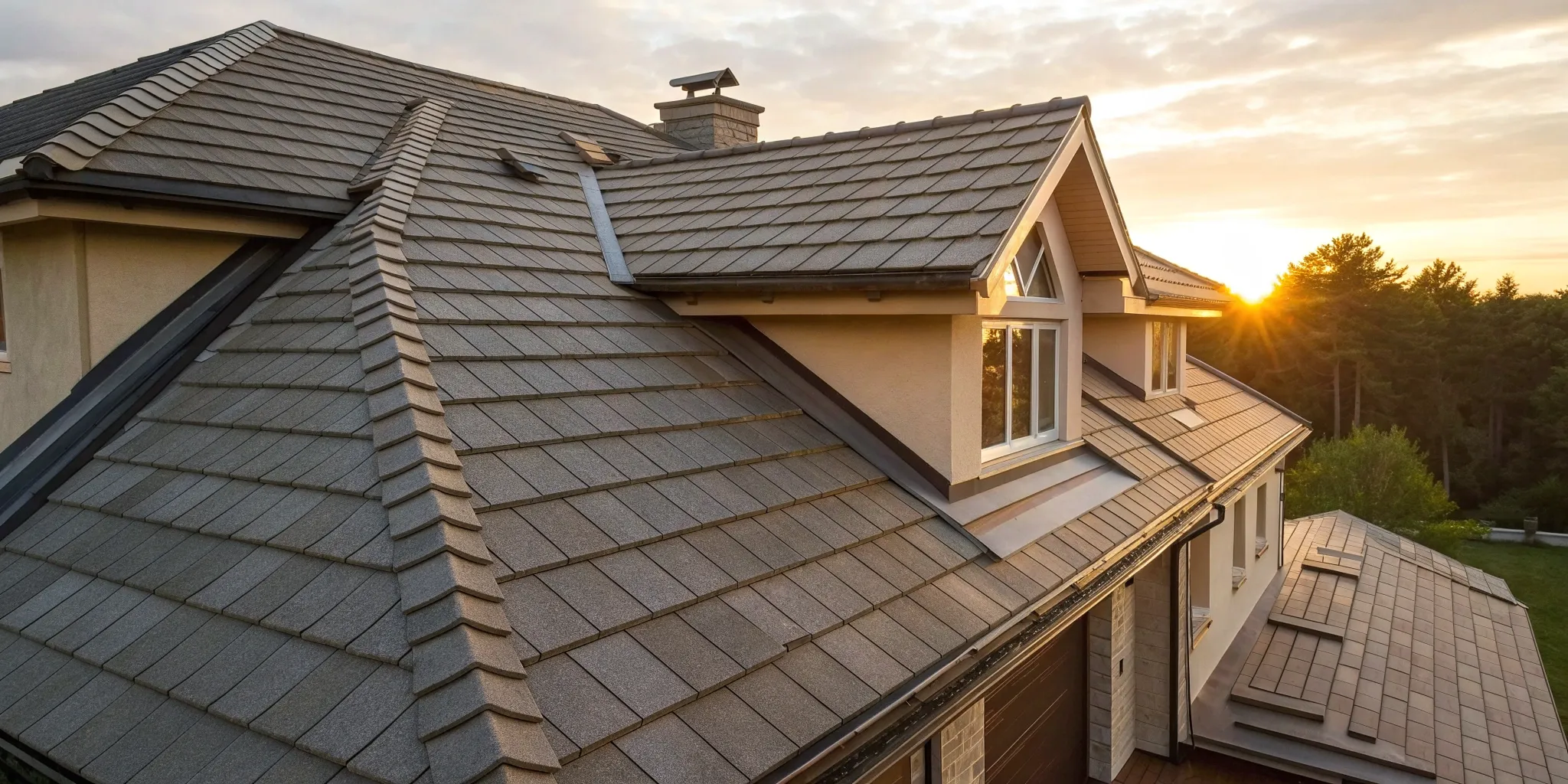
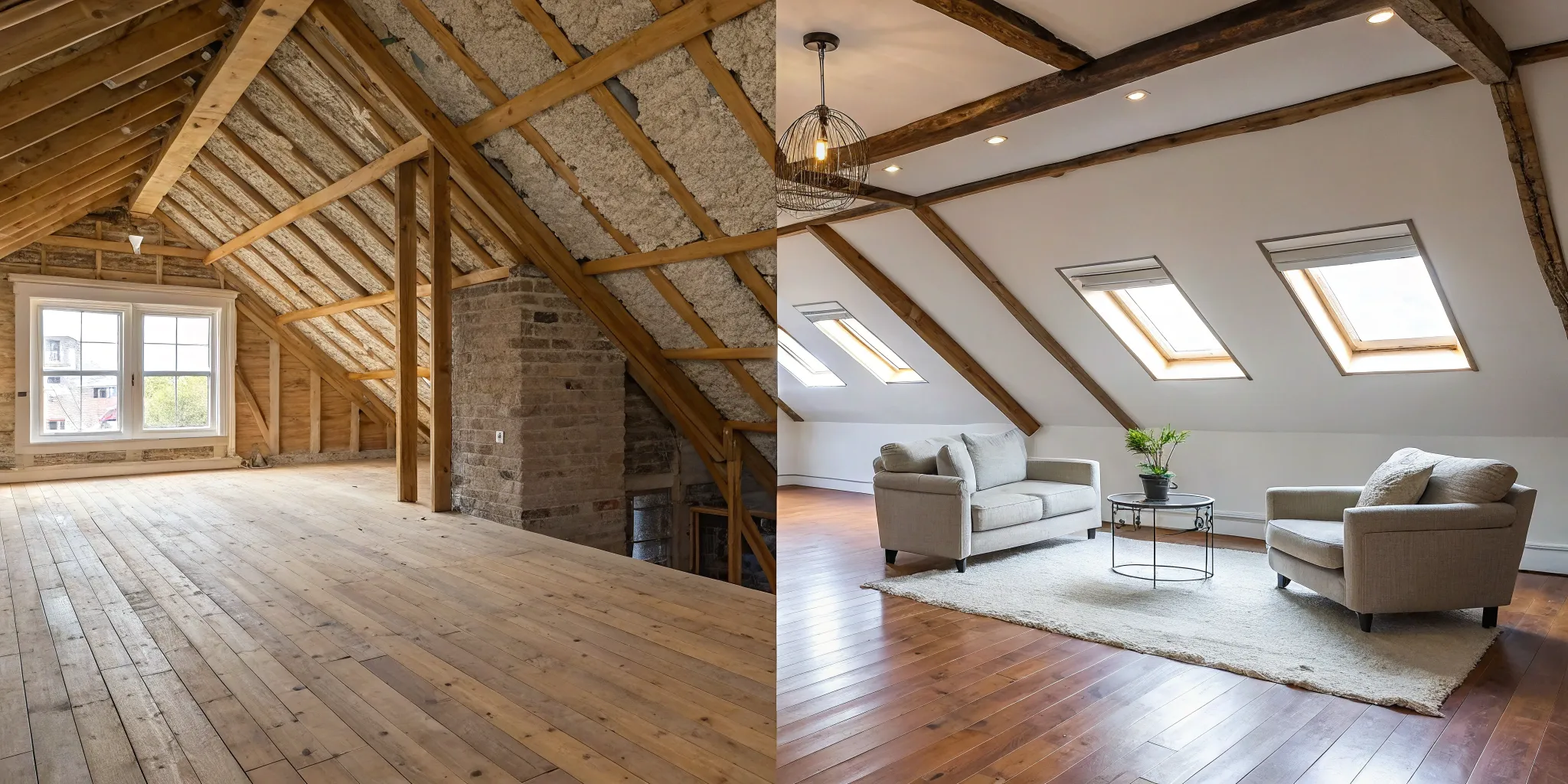

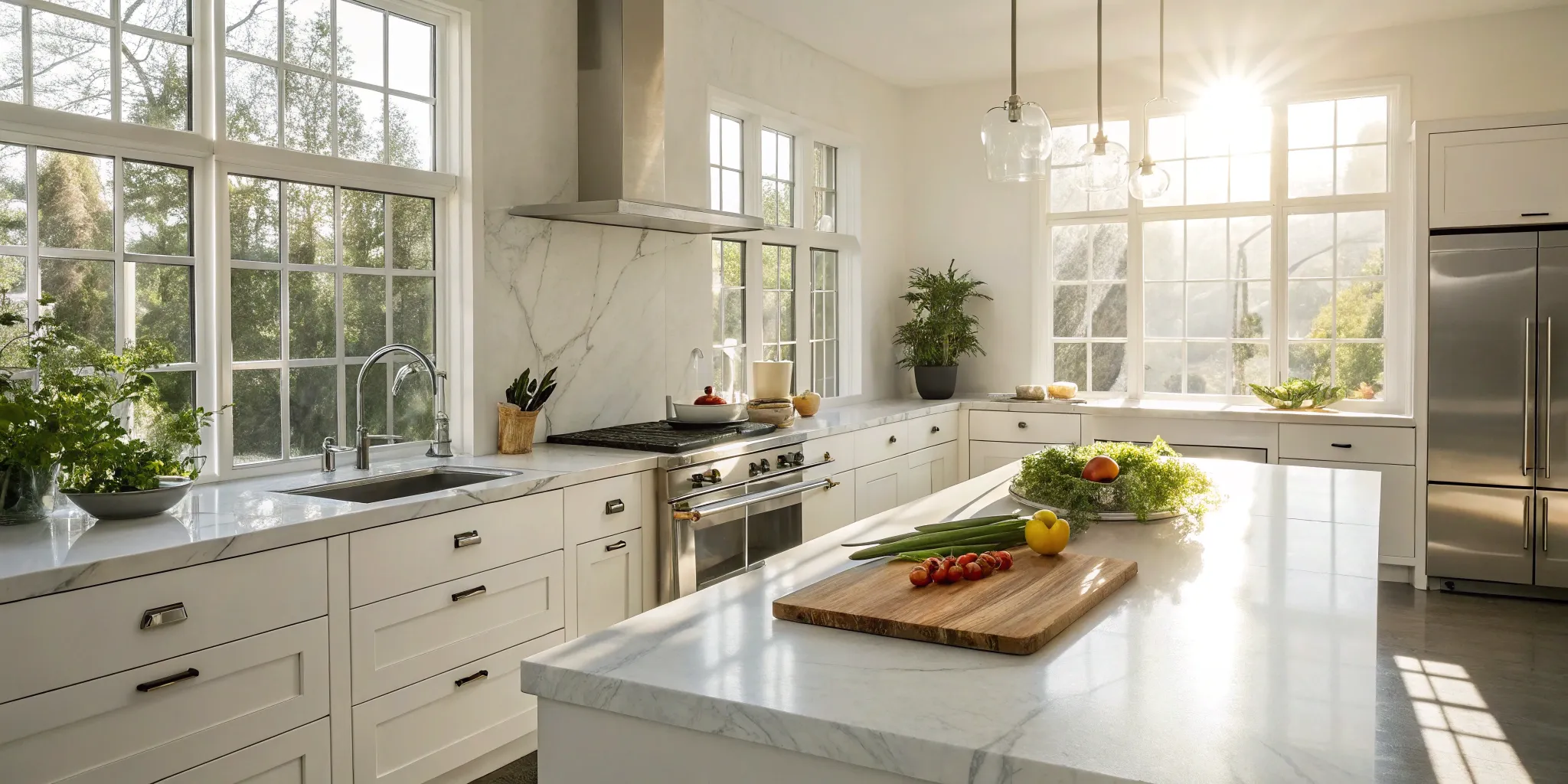

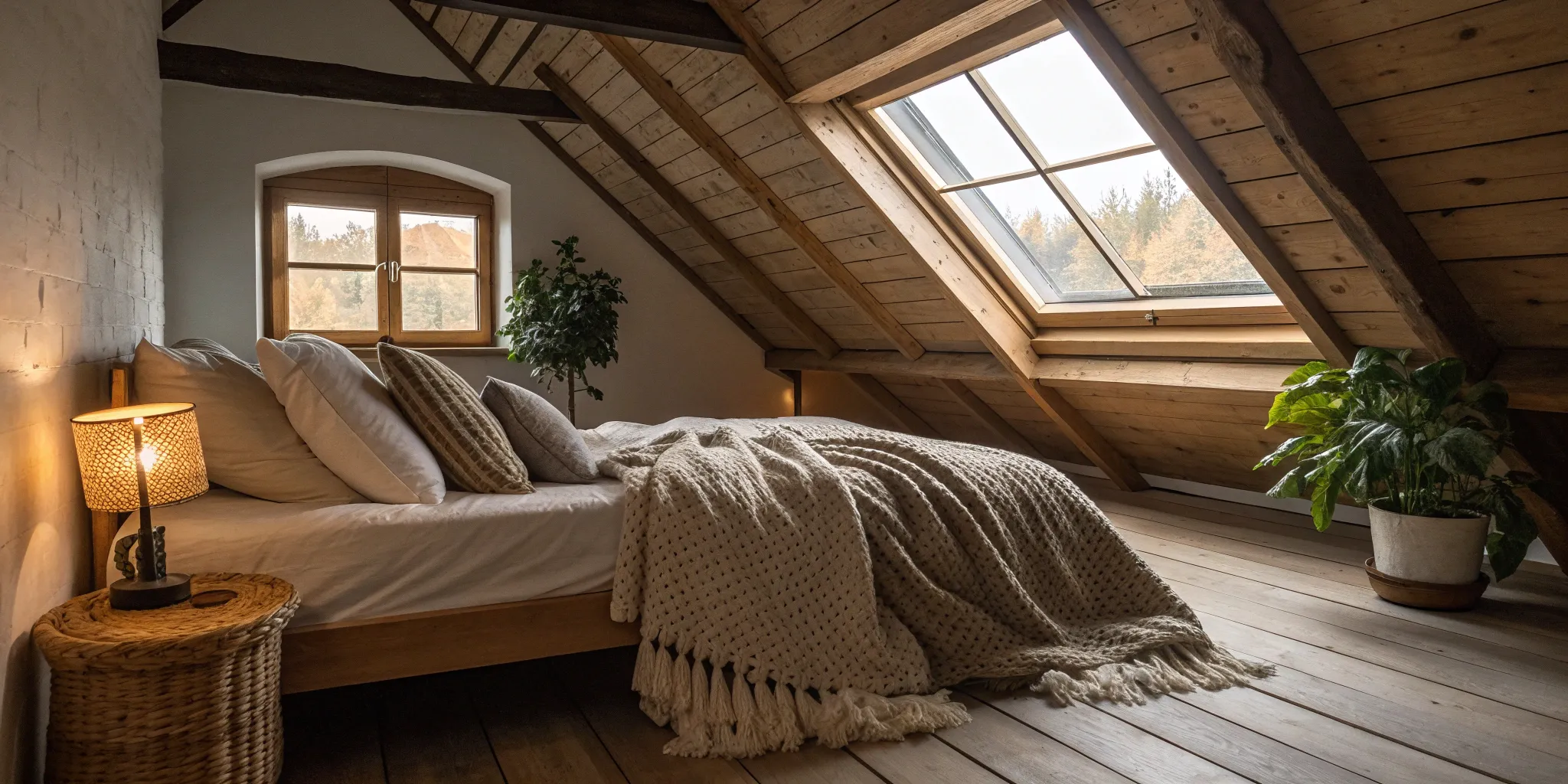
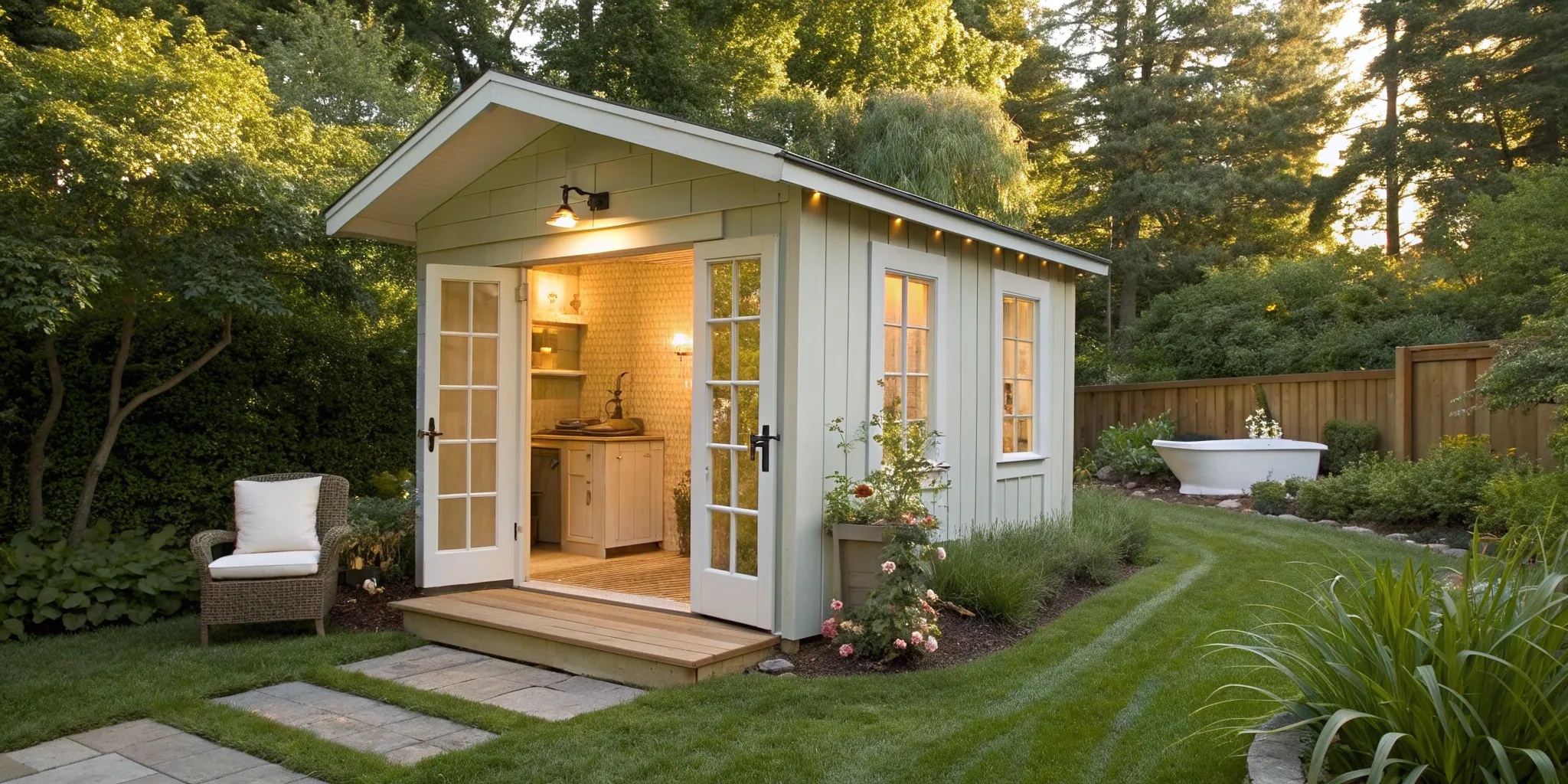
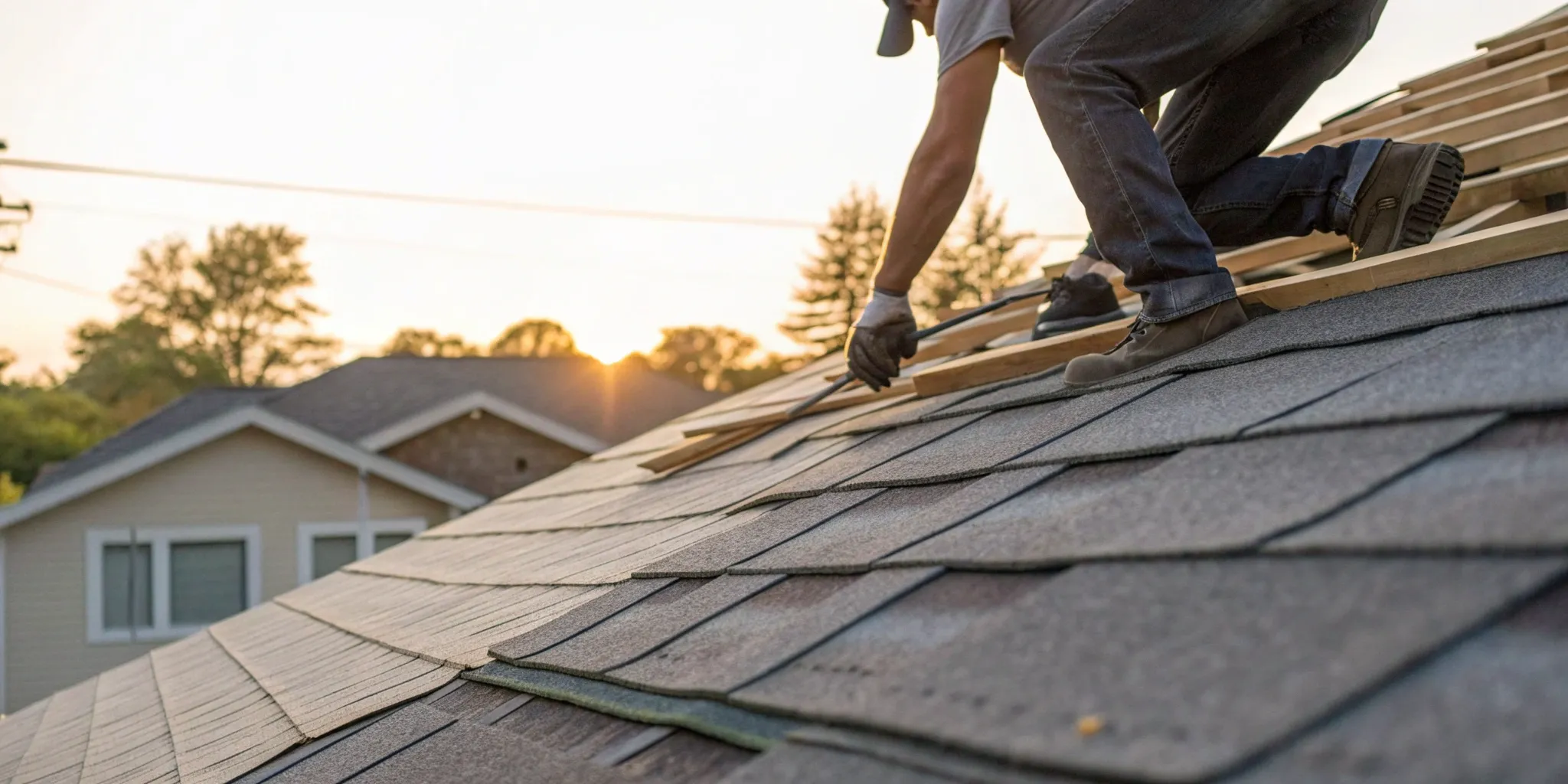

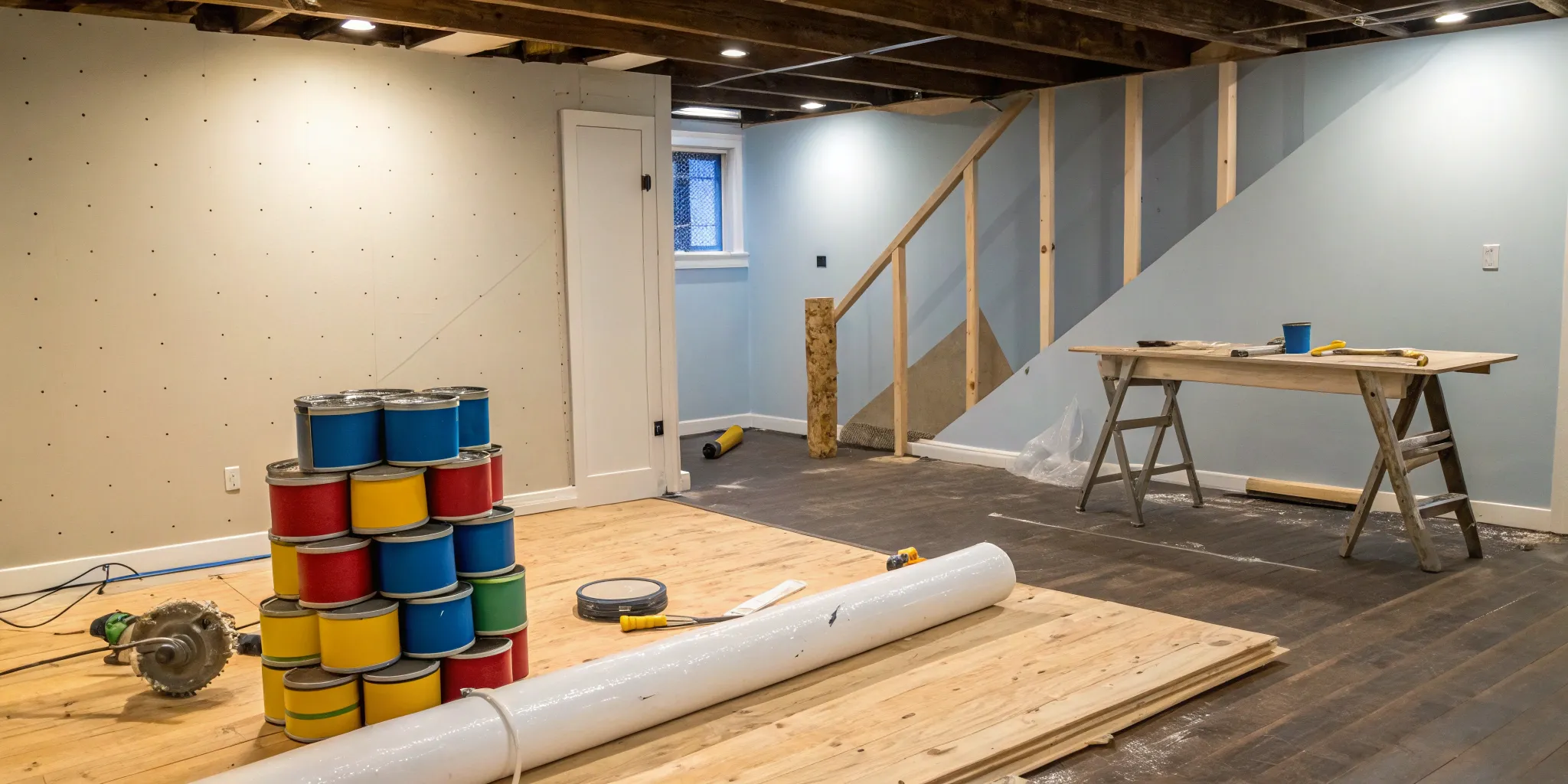

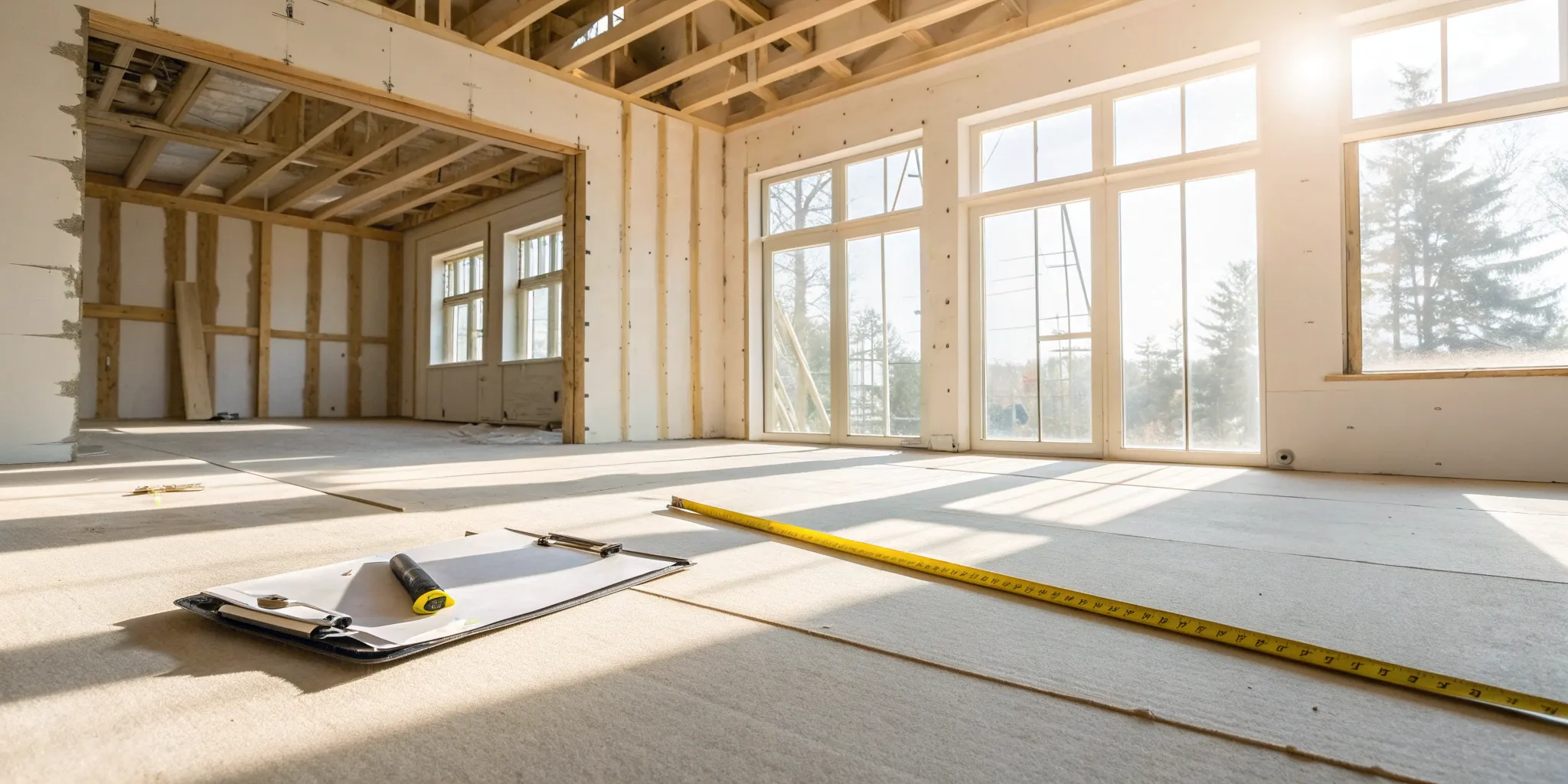
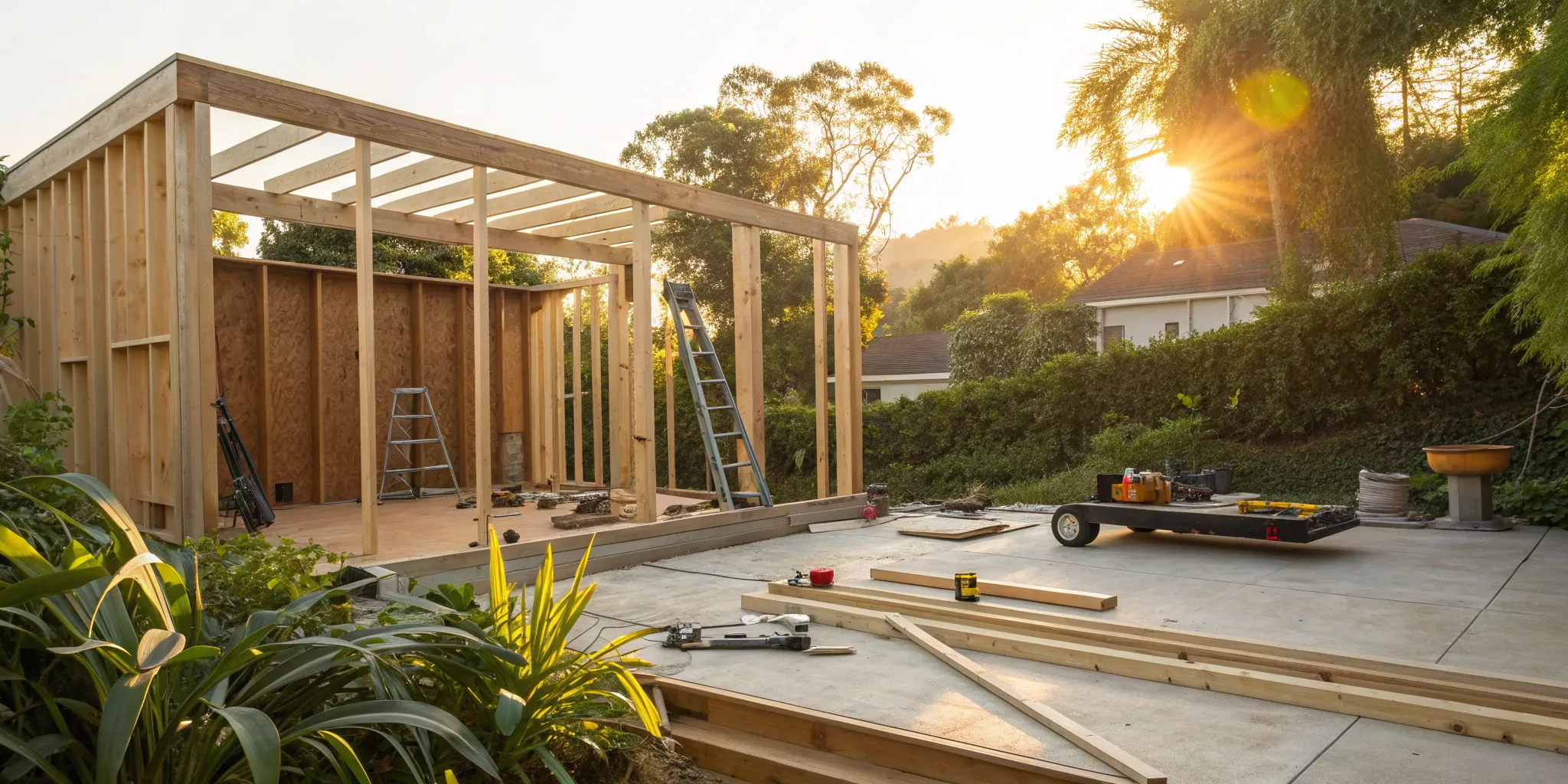
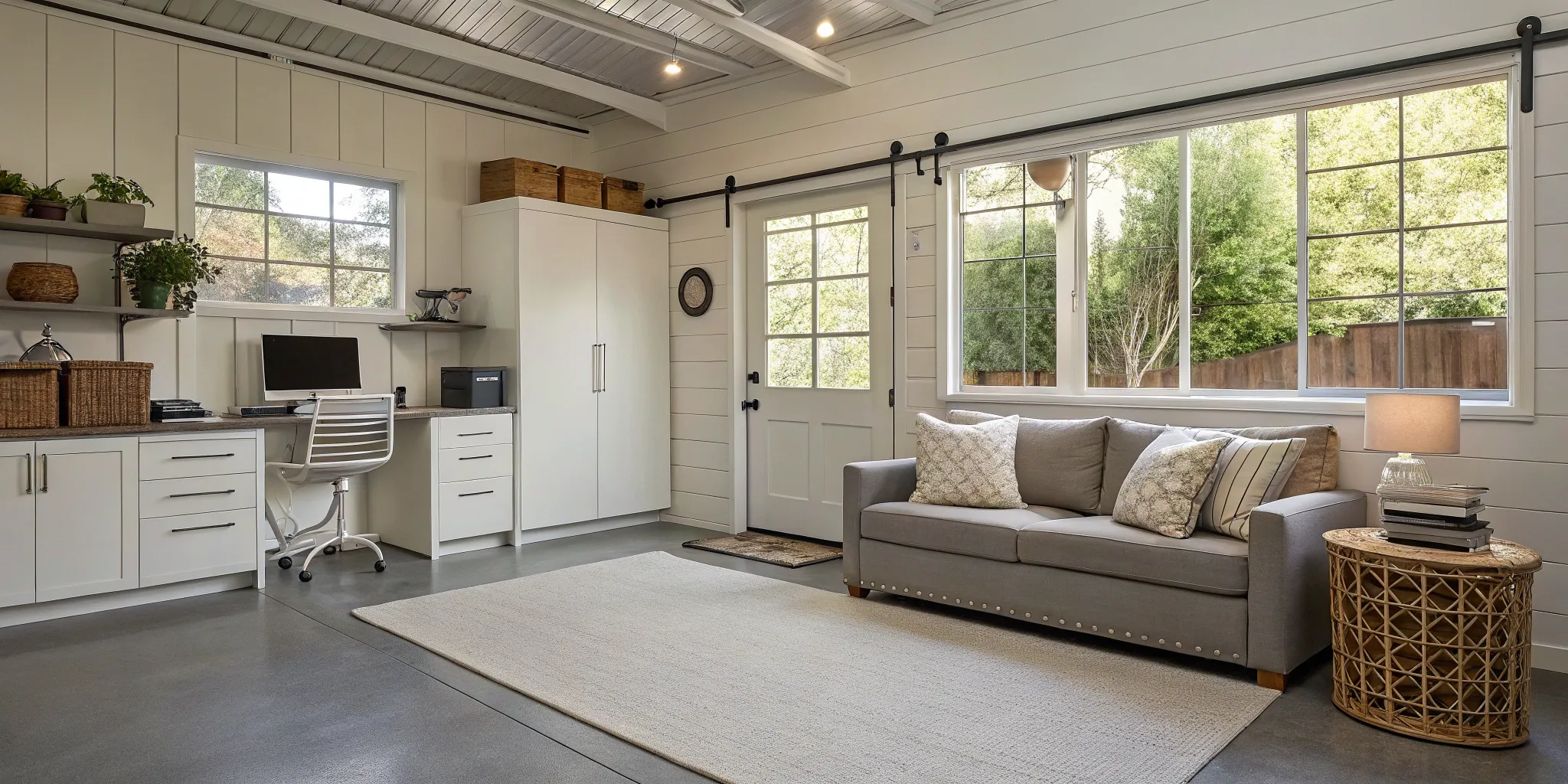
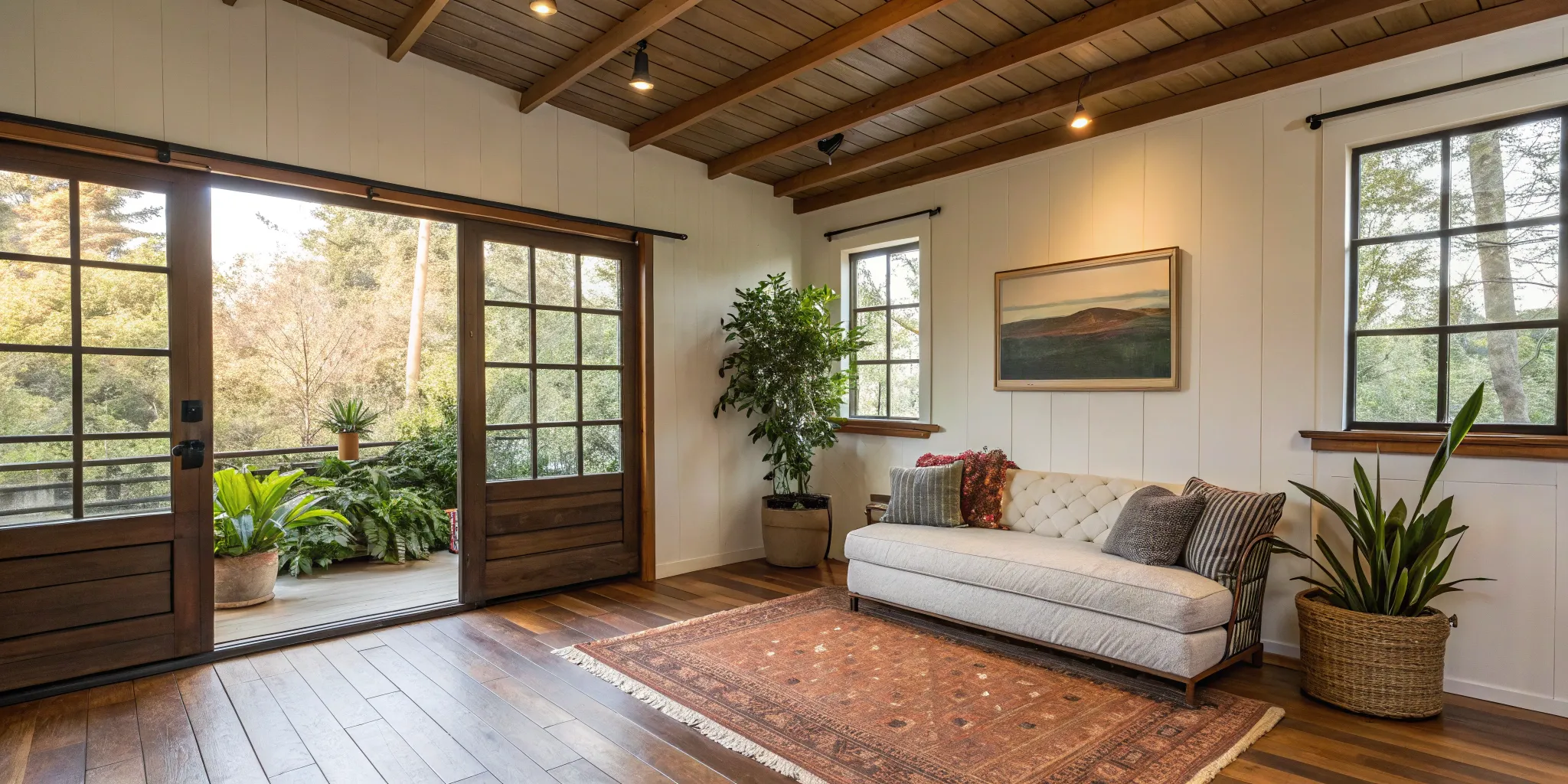
.png)
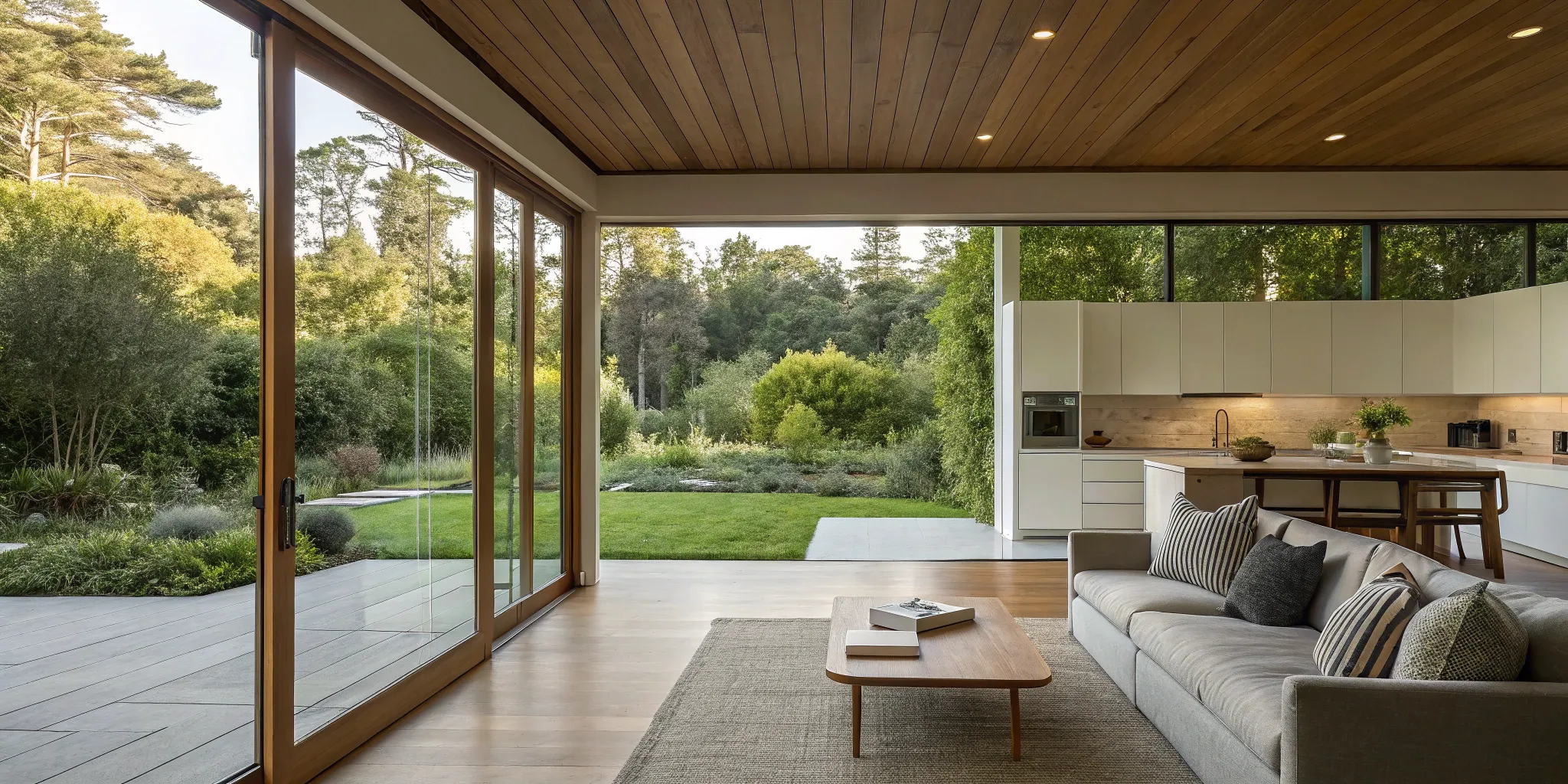
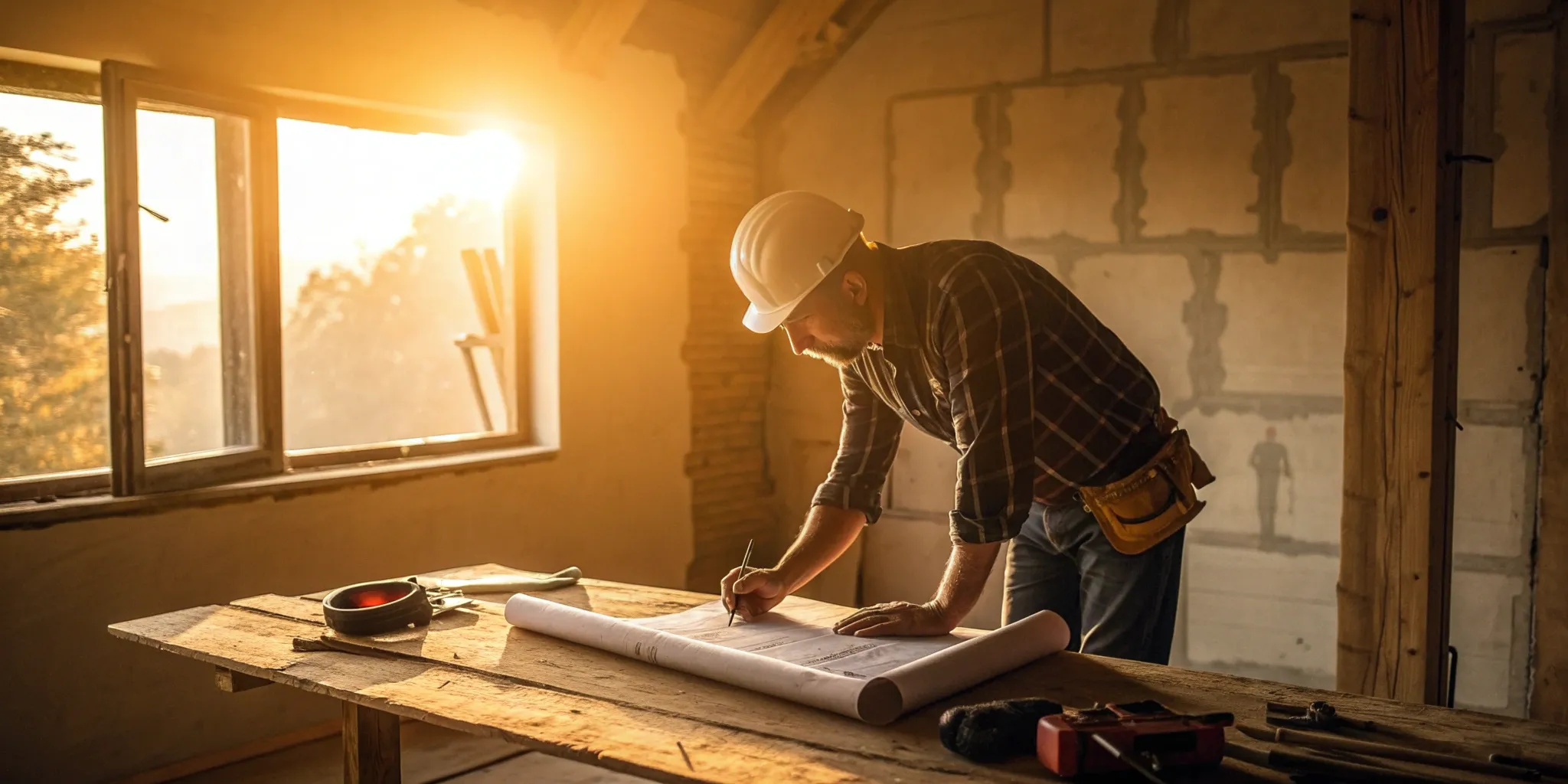
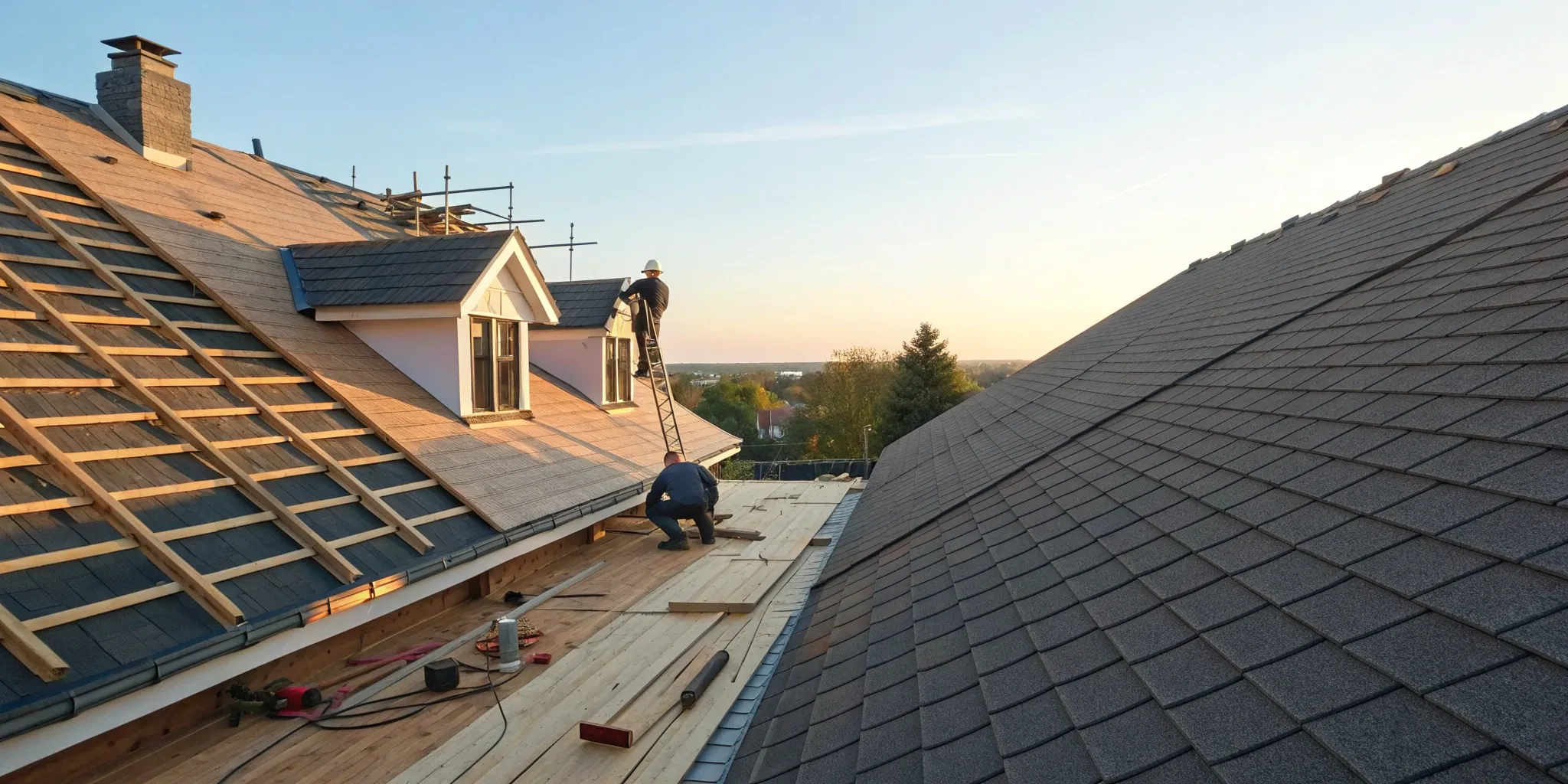
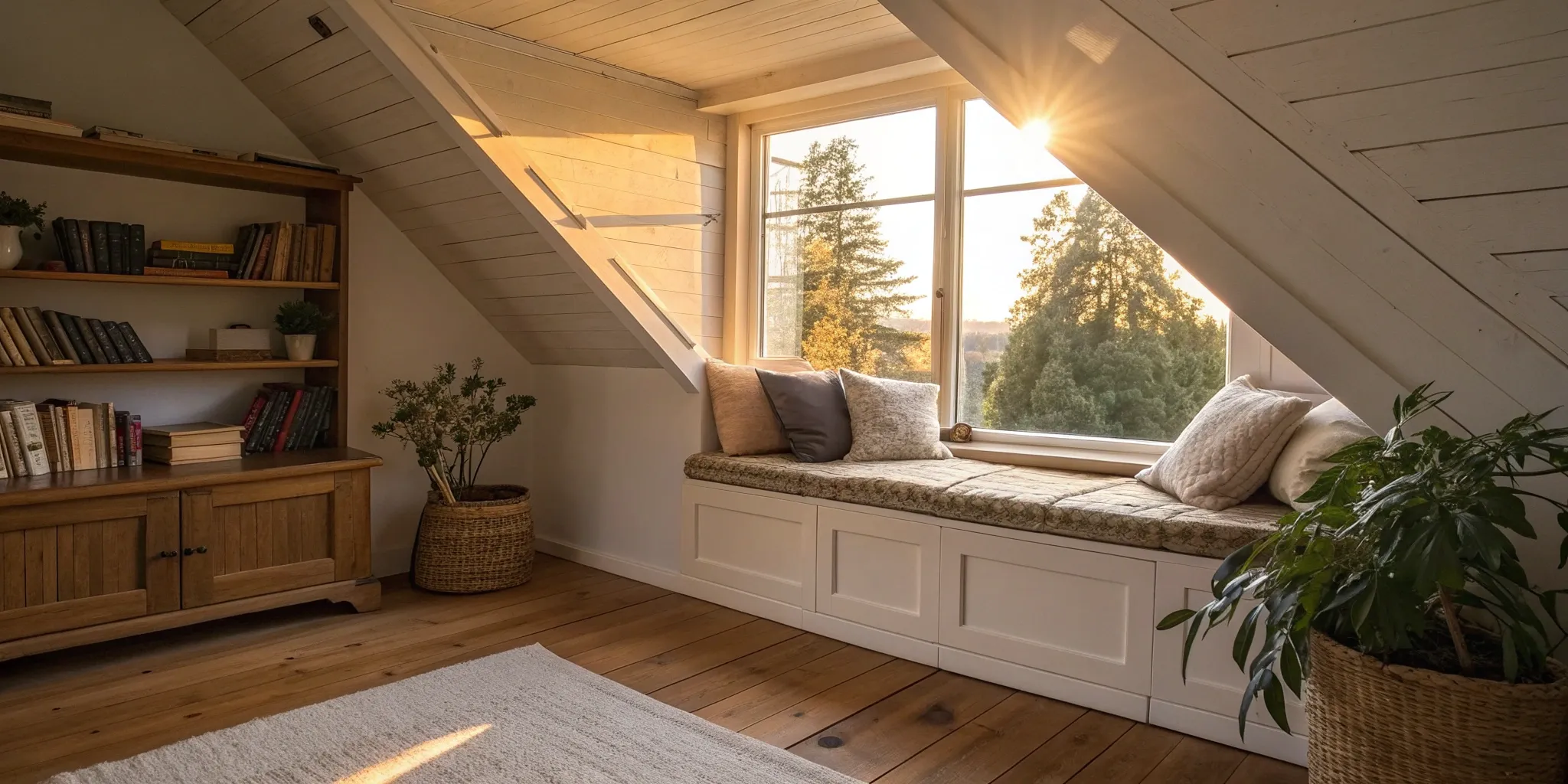
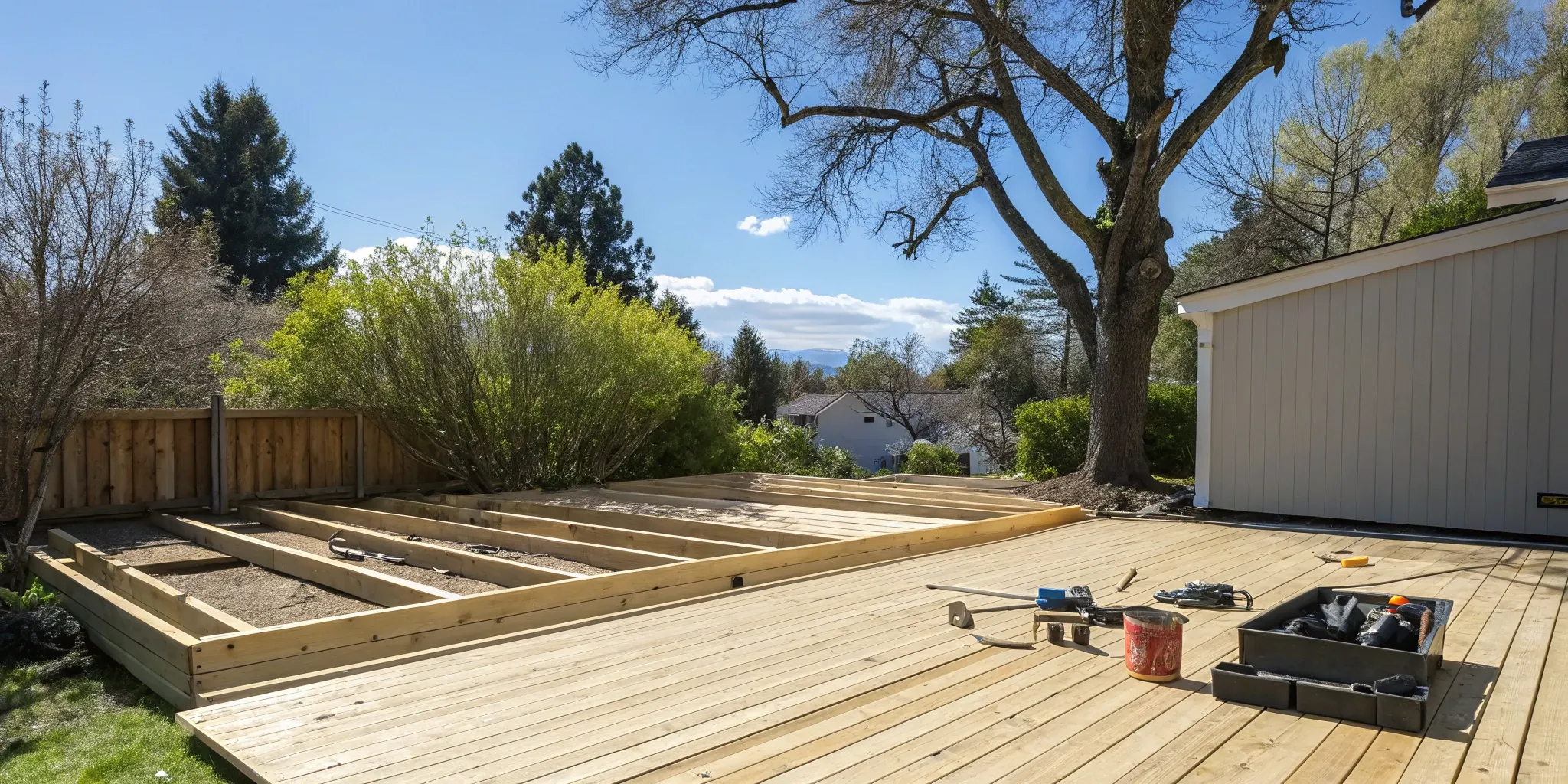
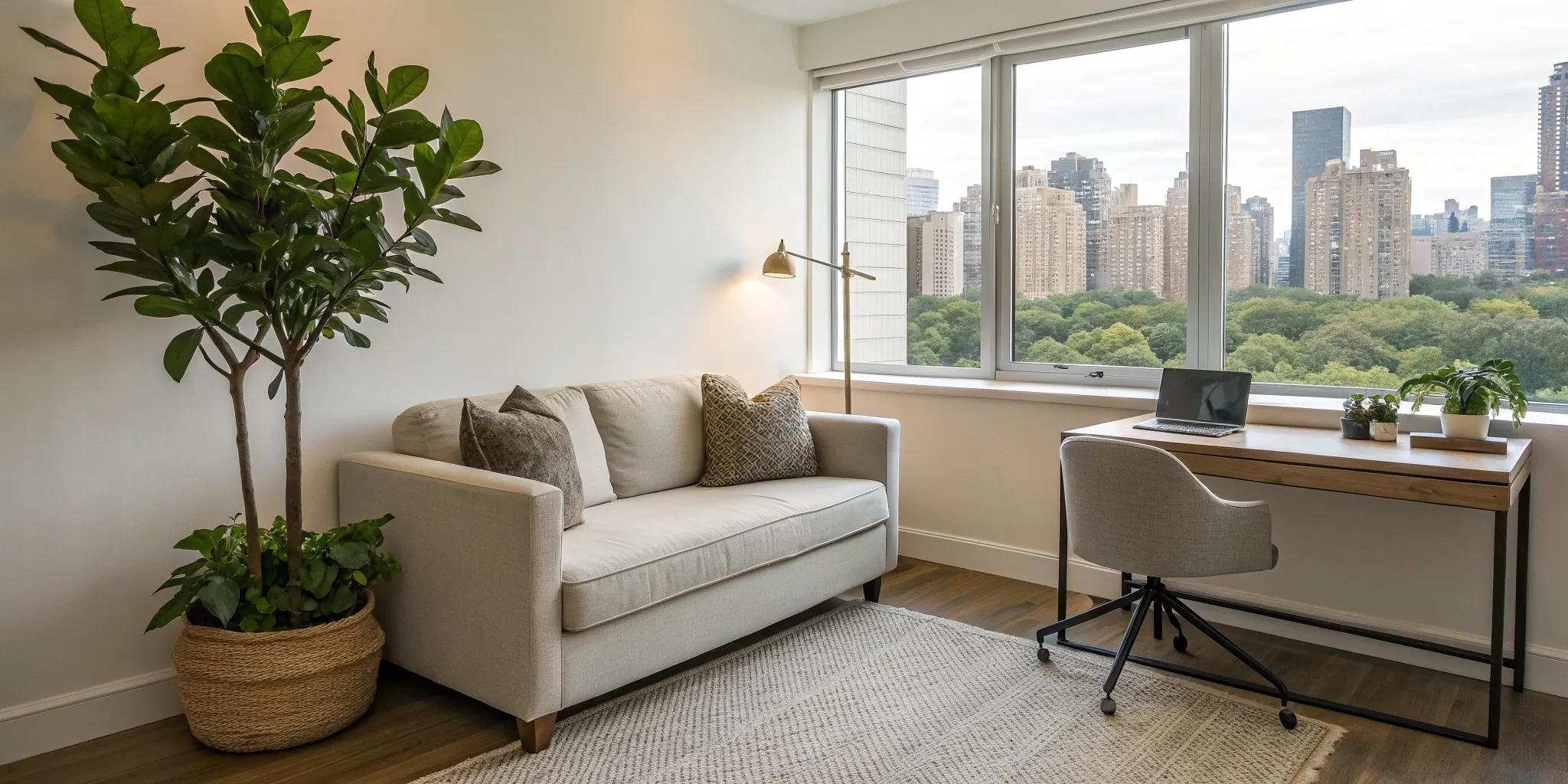
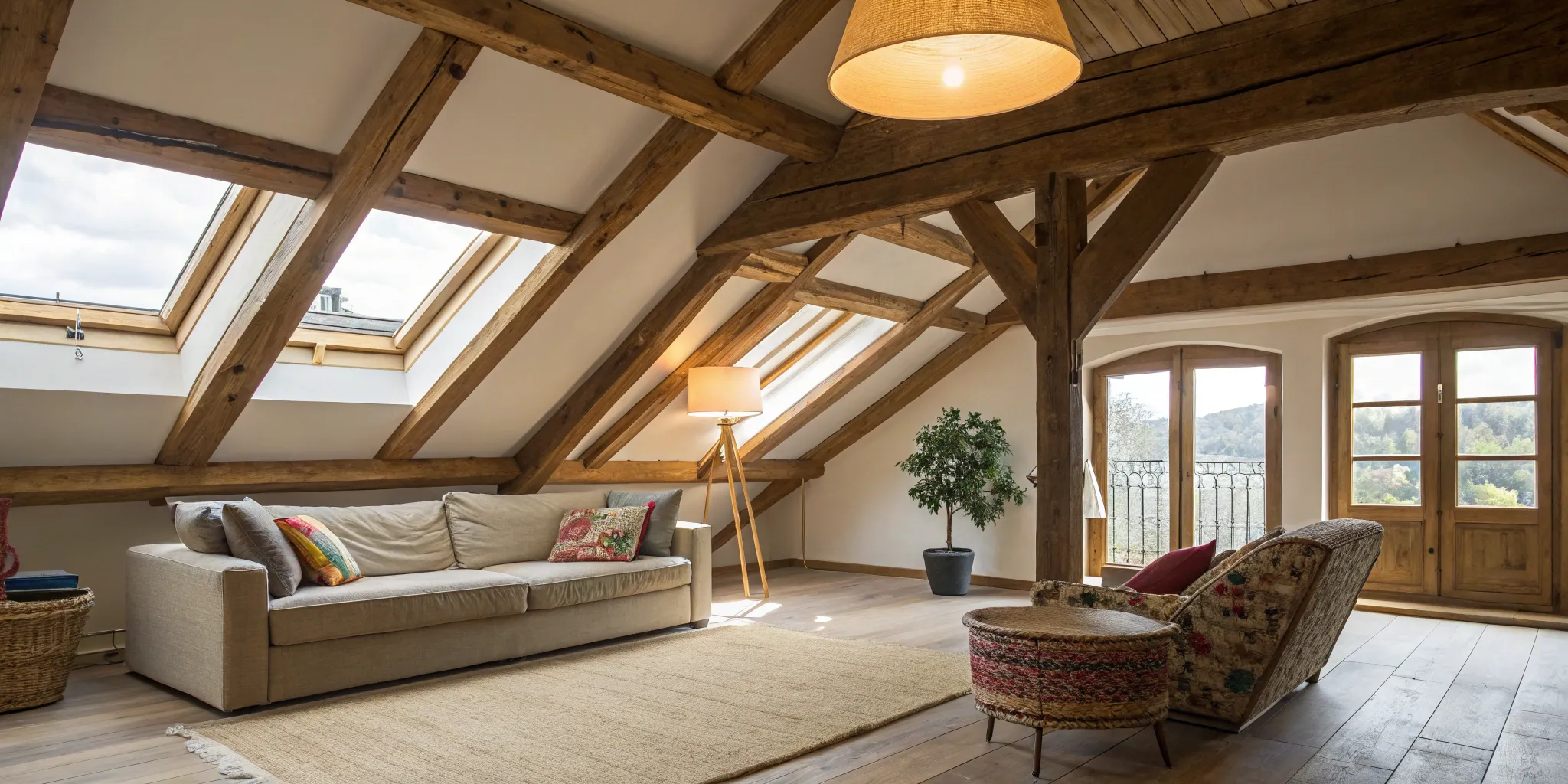



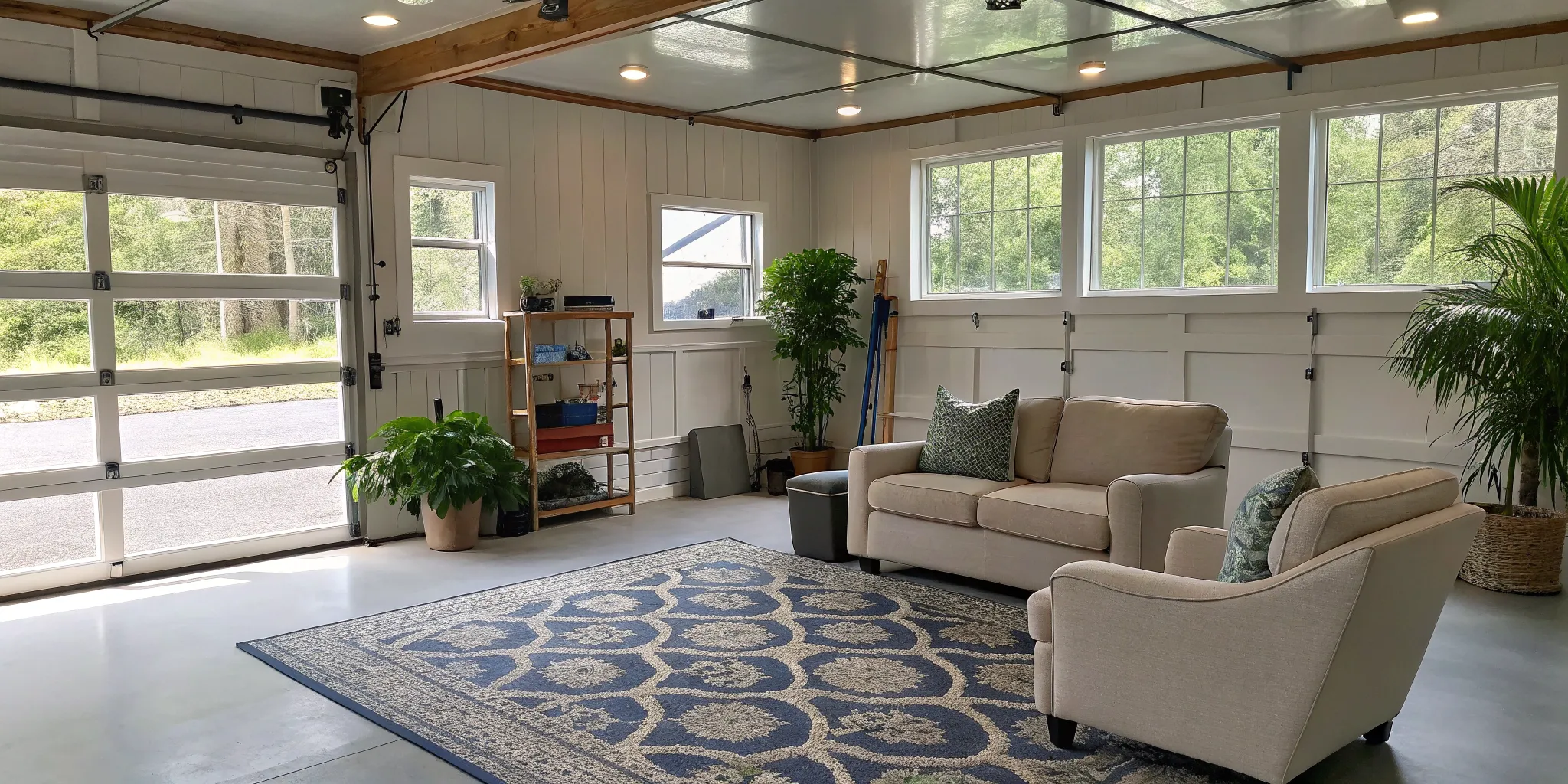
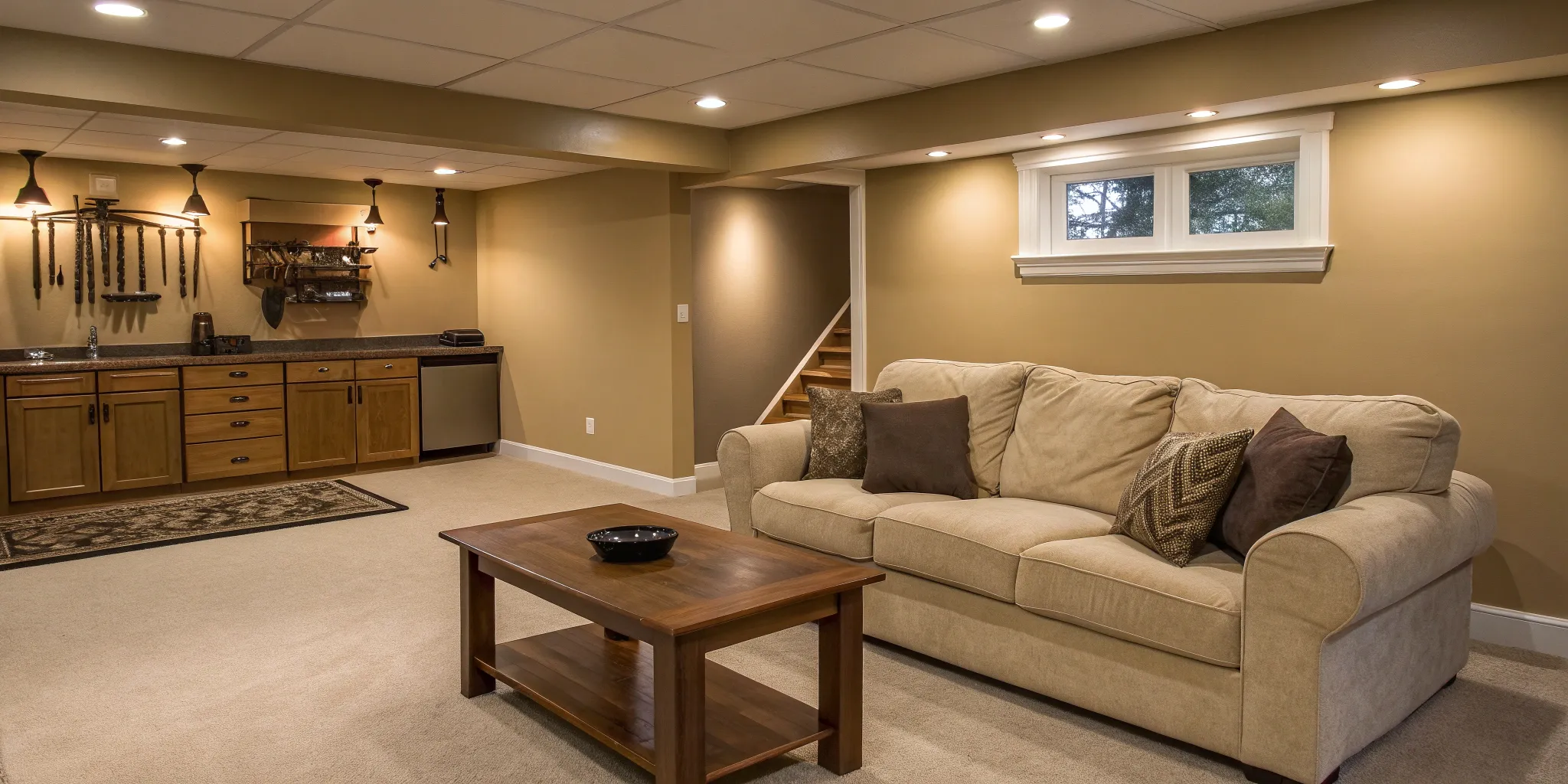

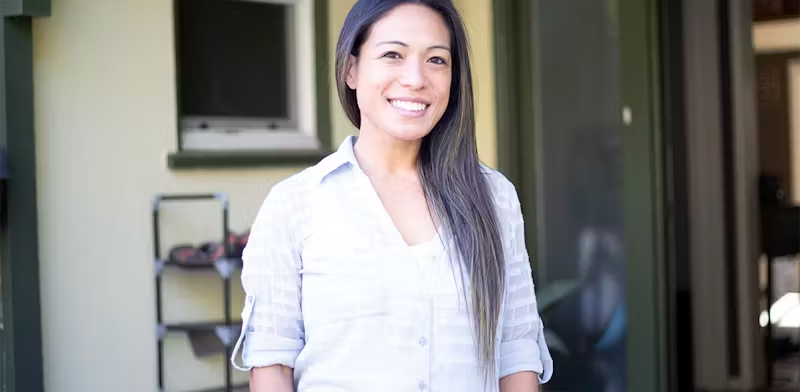

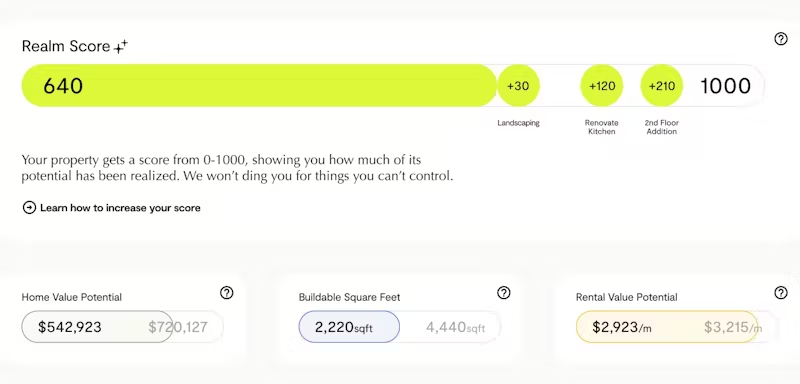
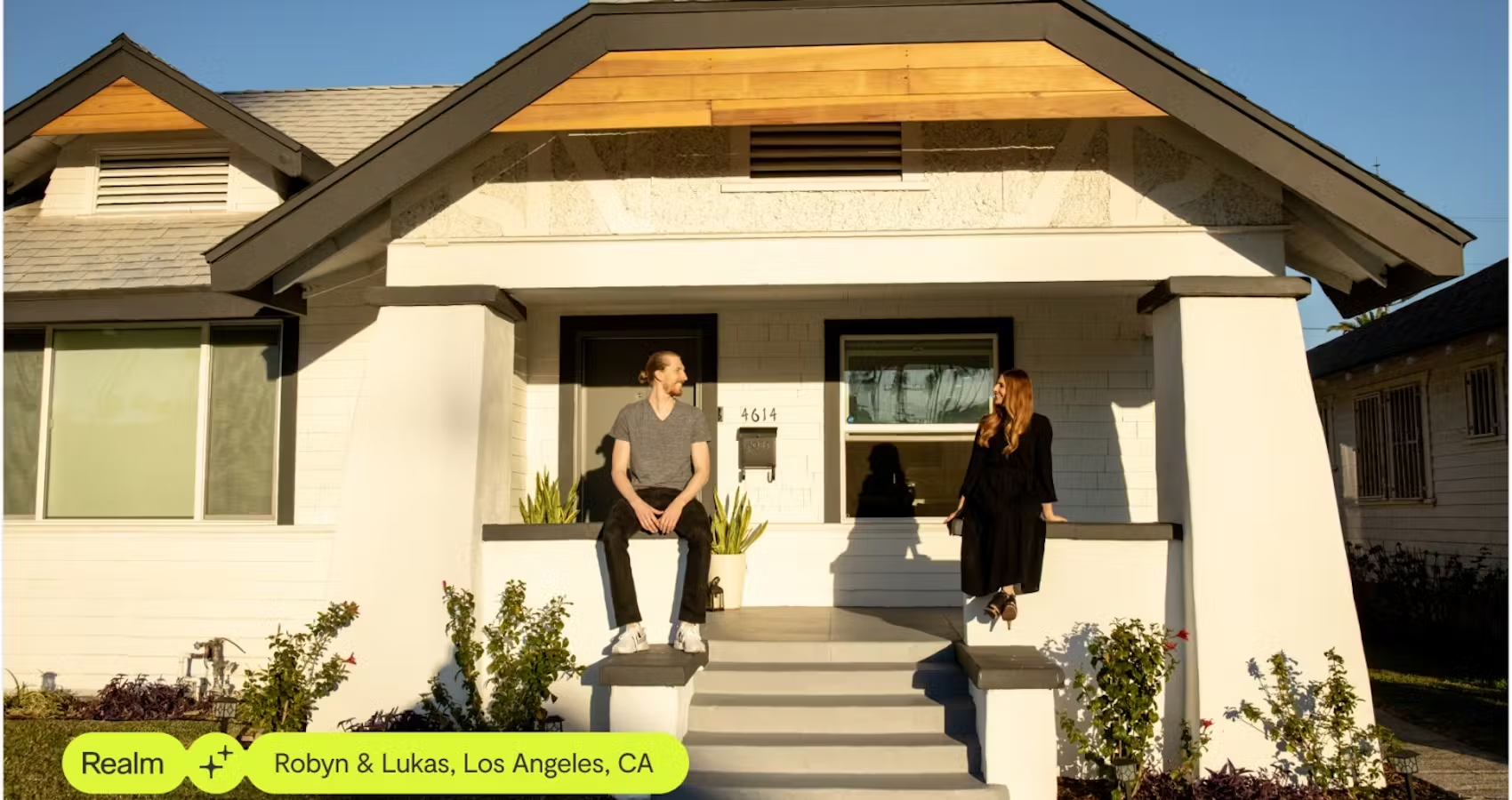
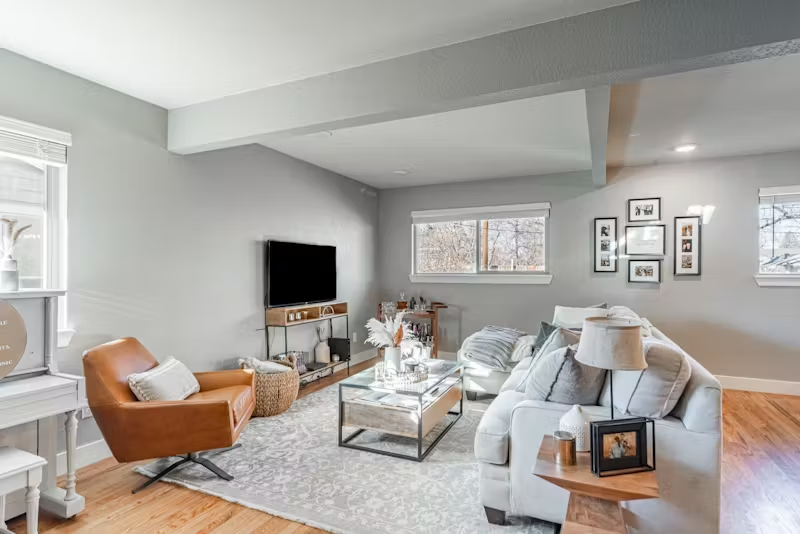
.avif)


